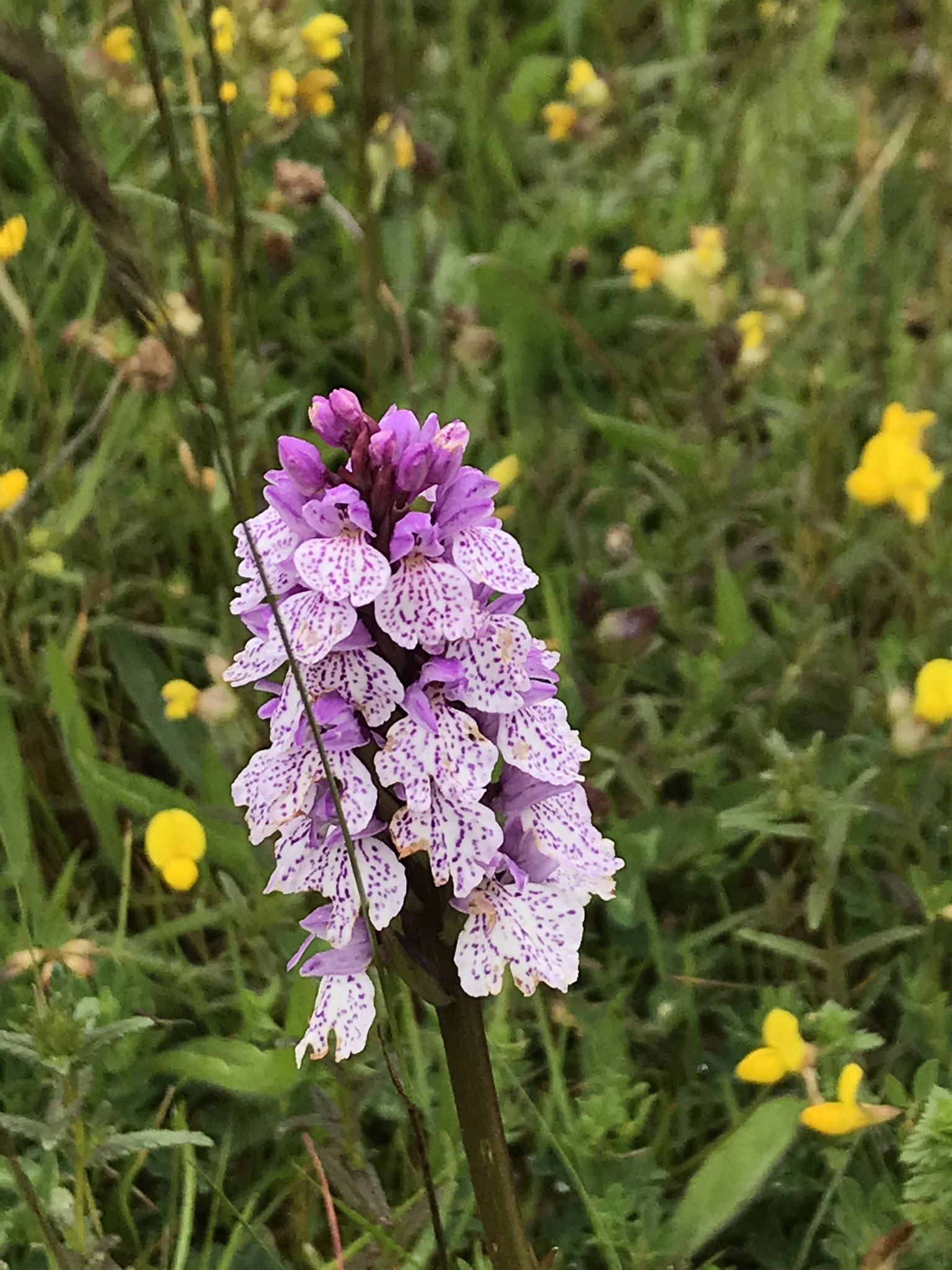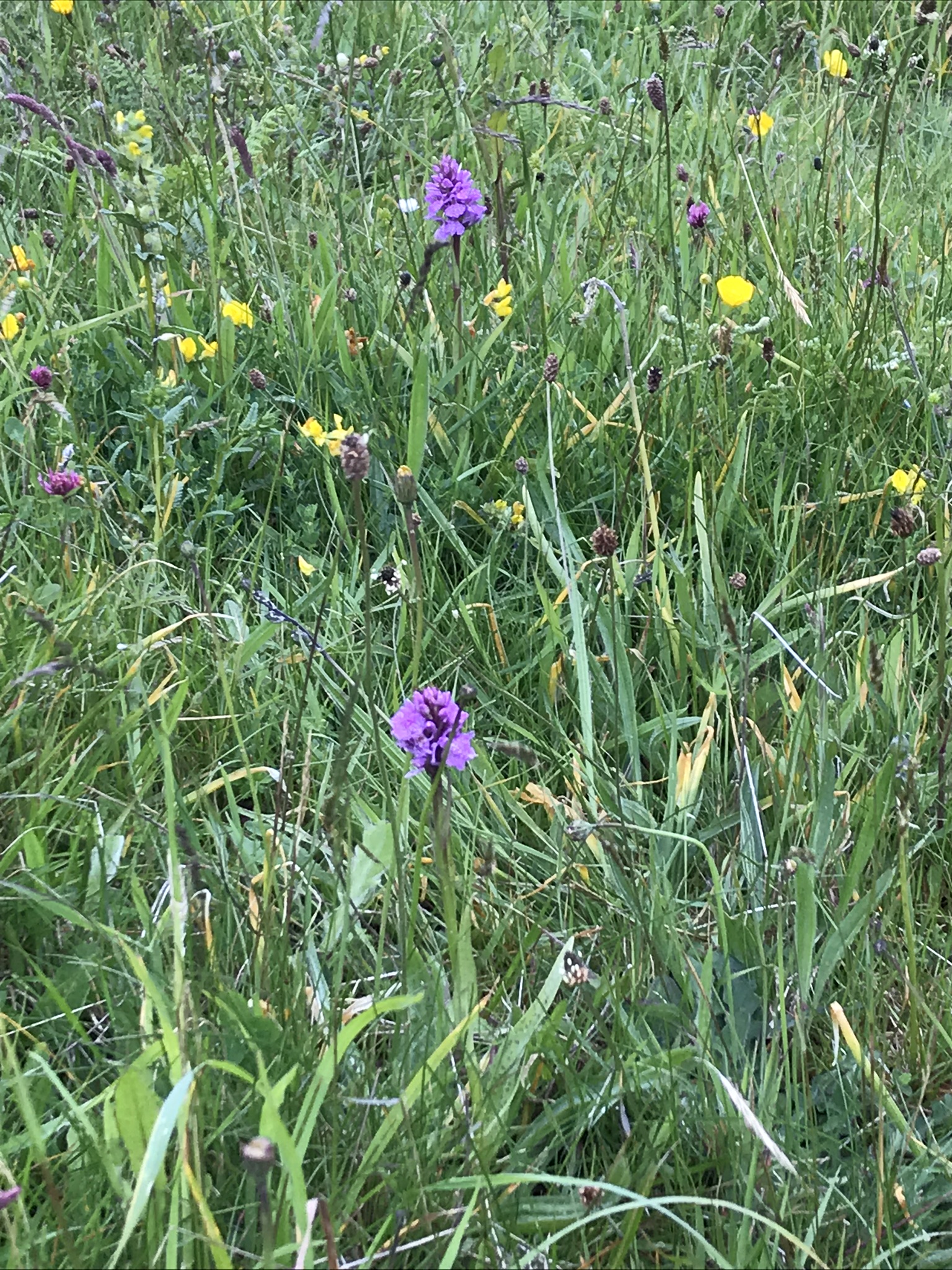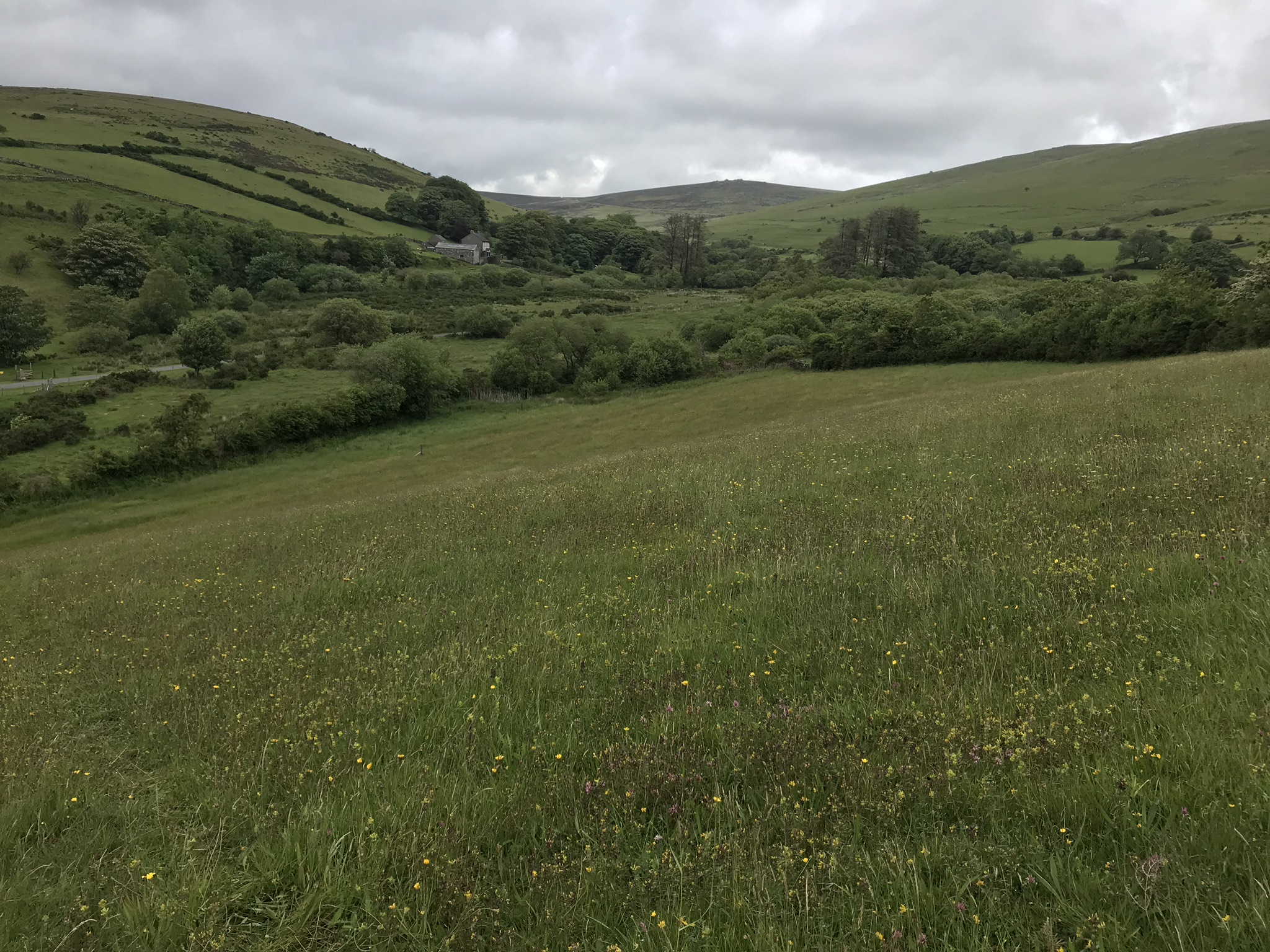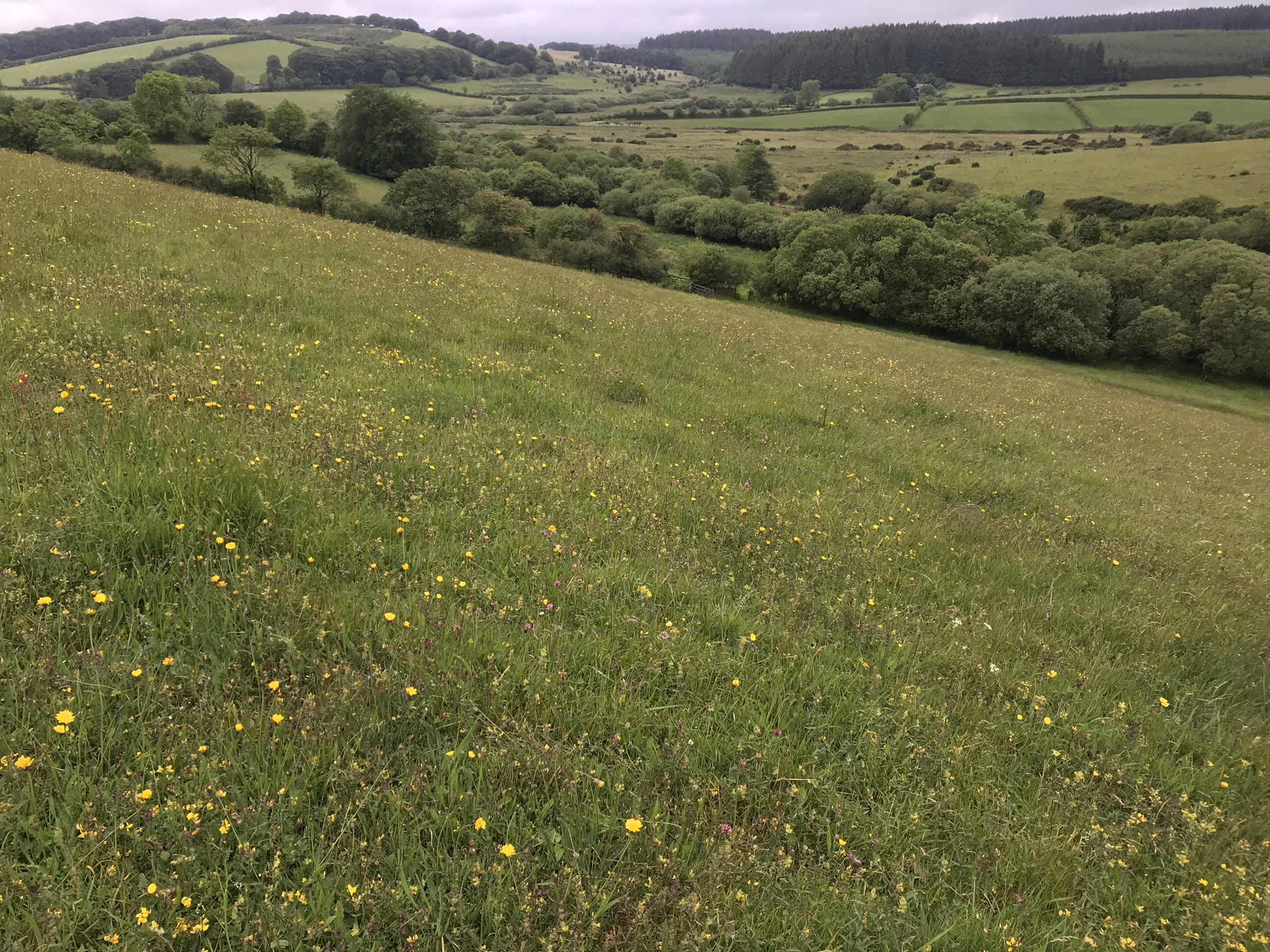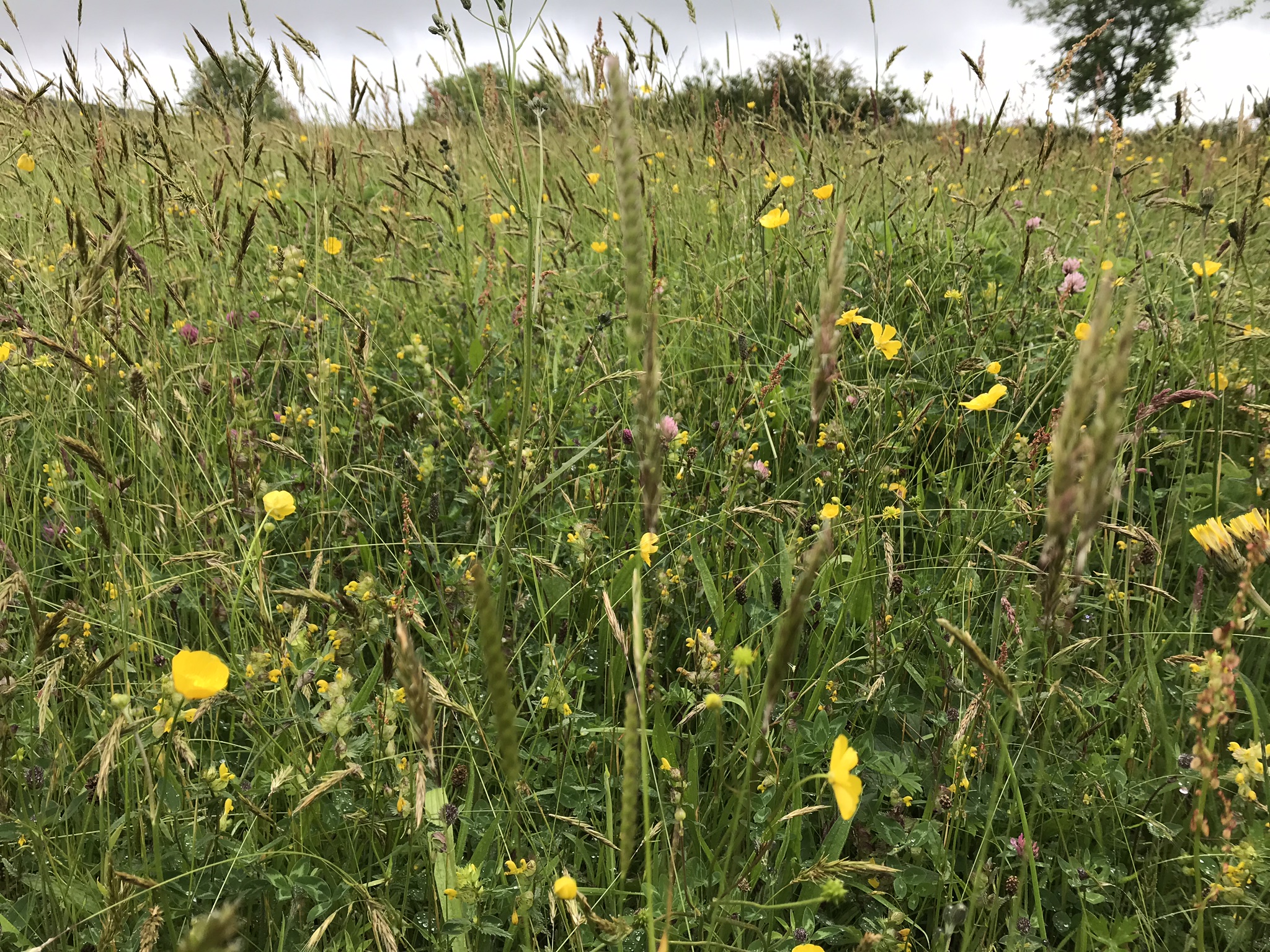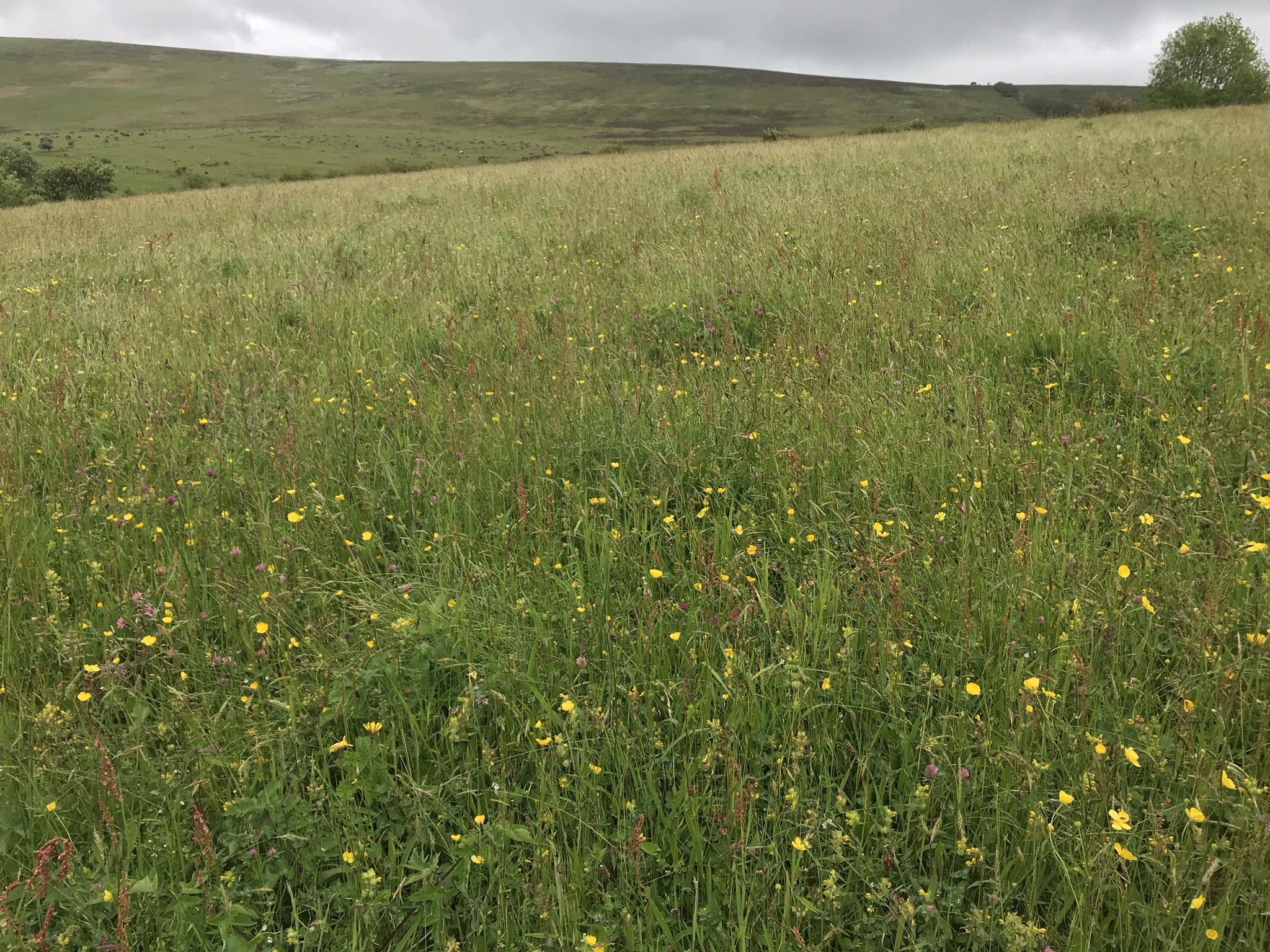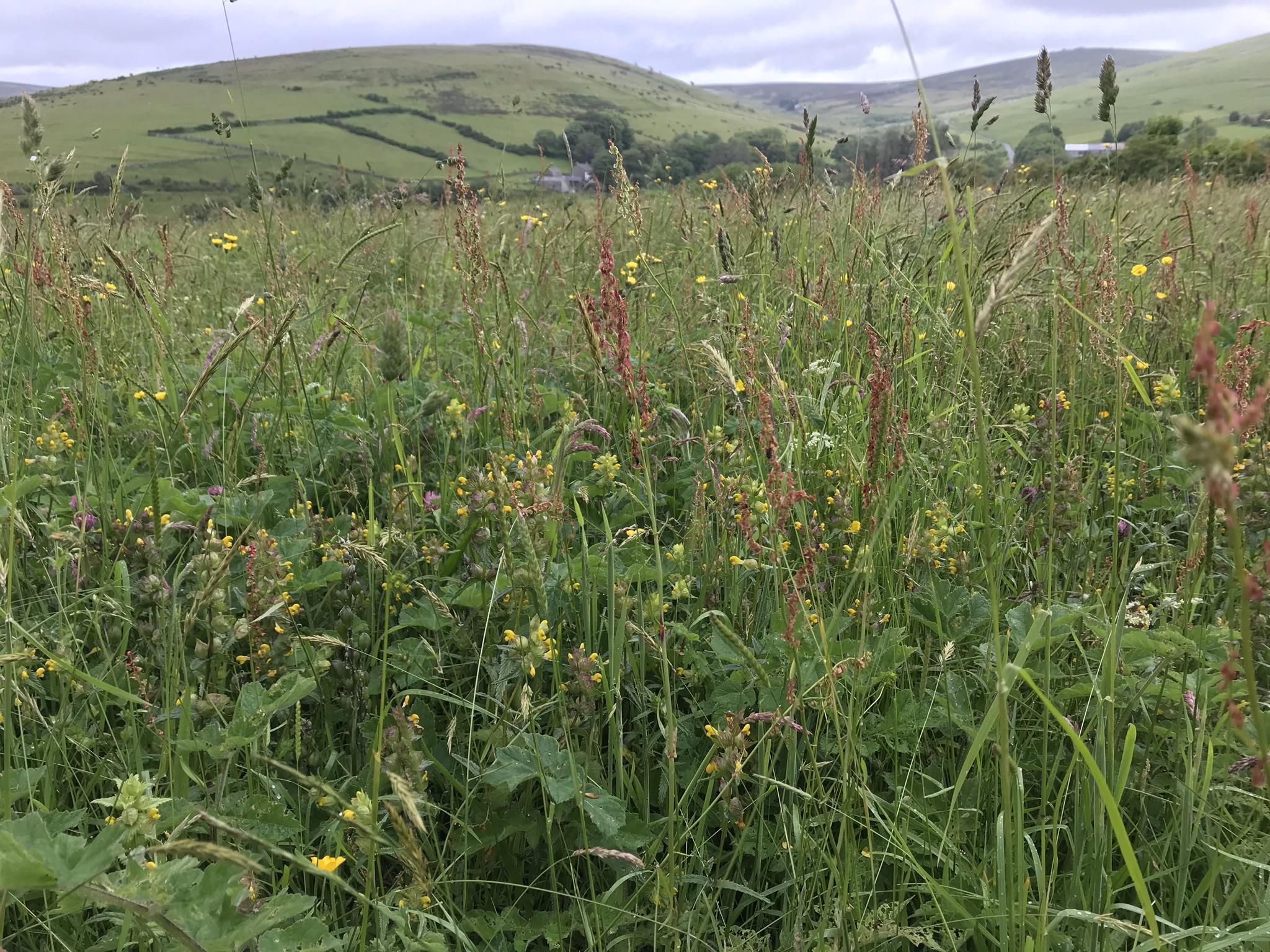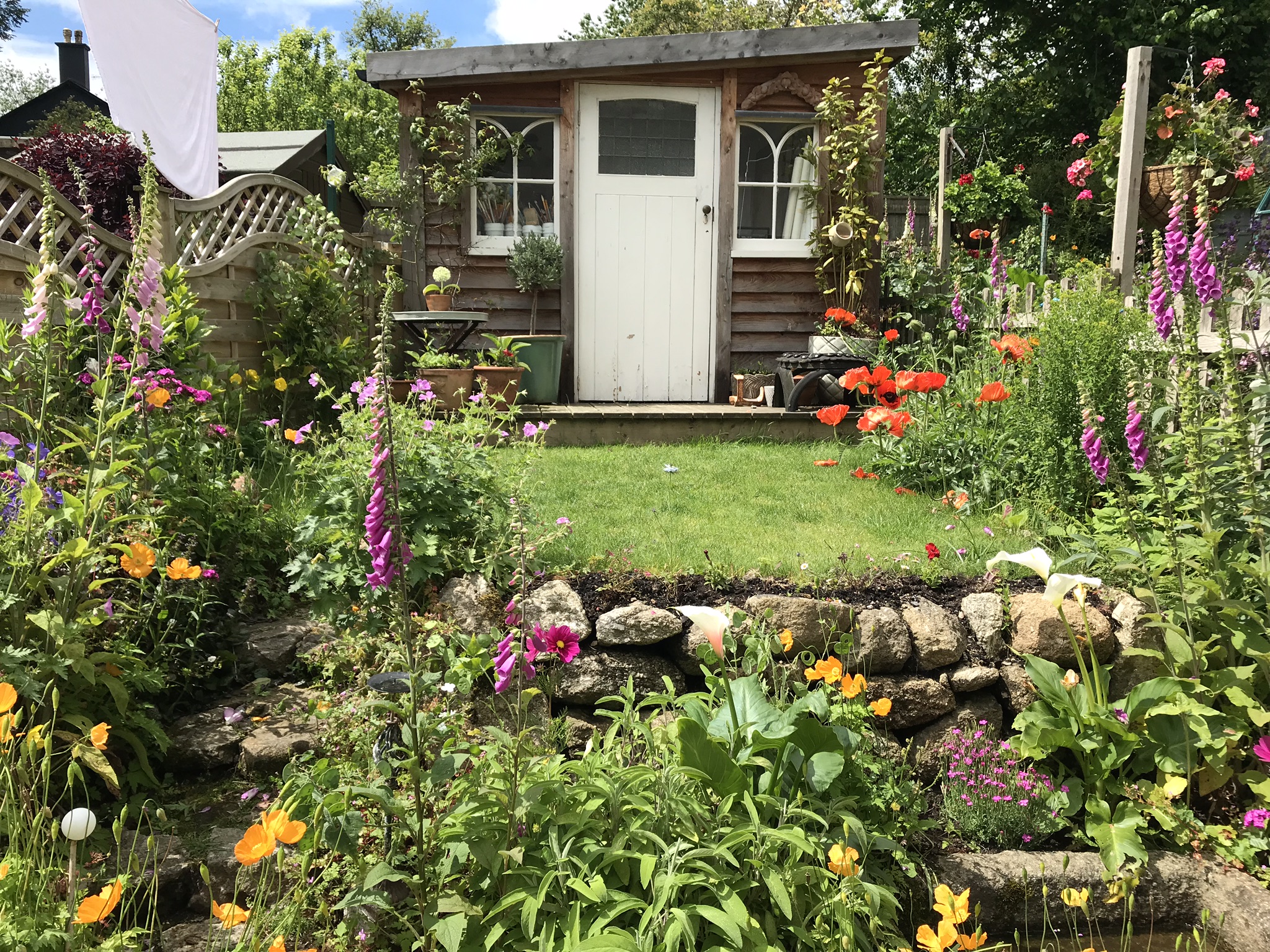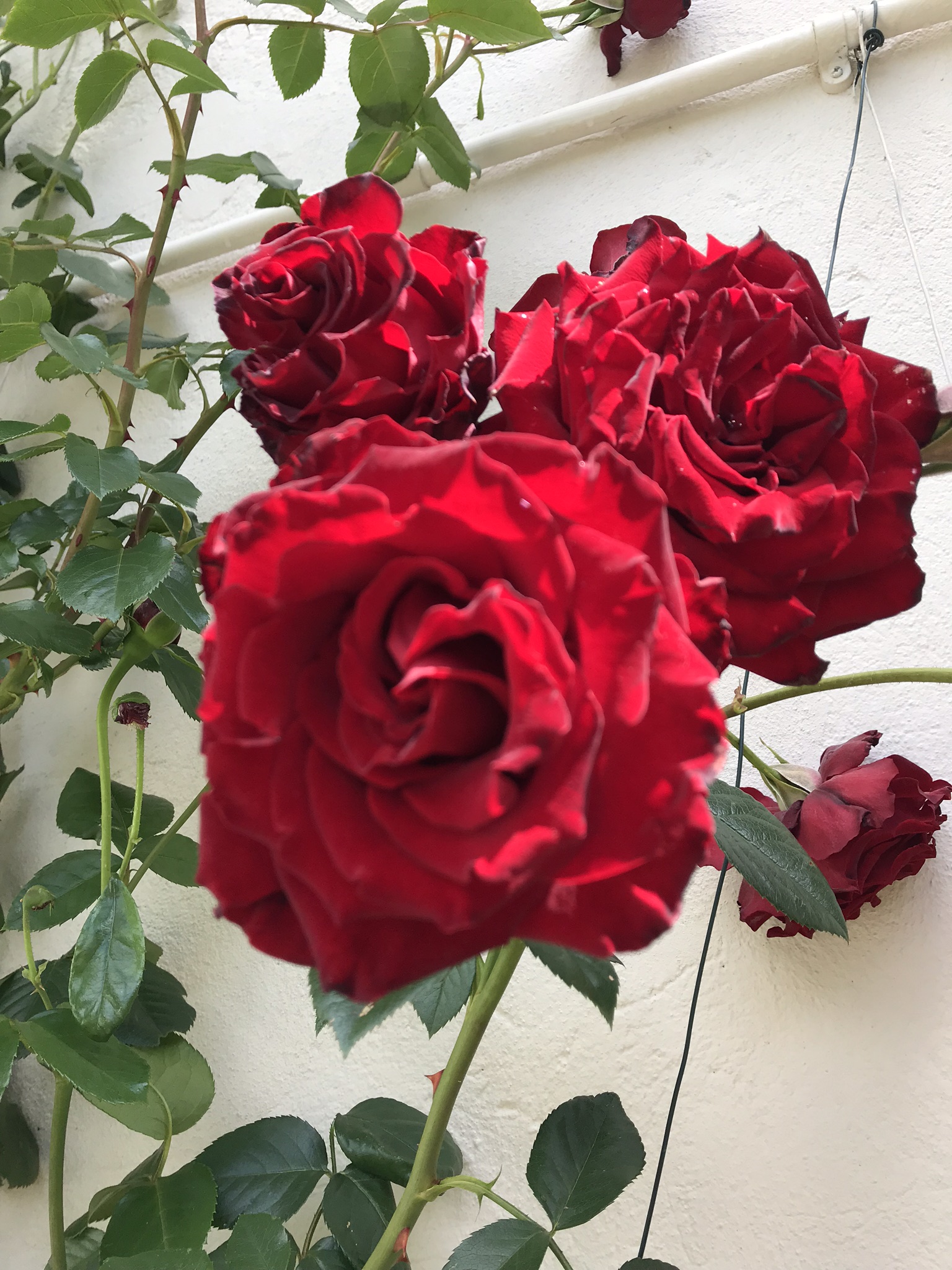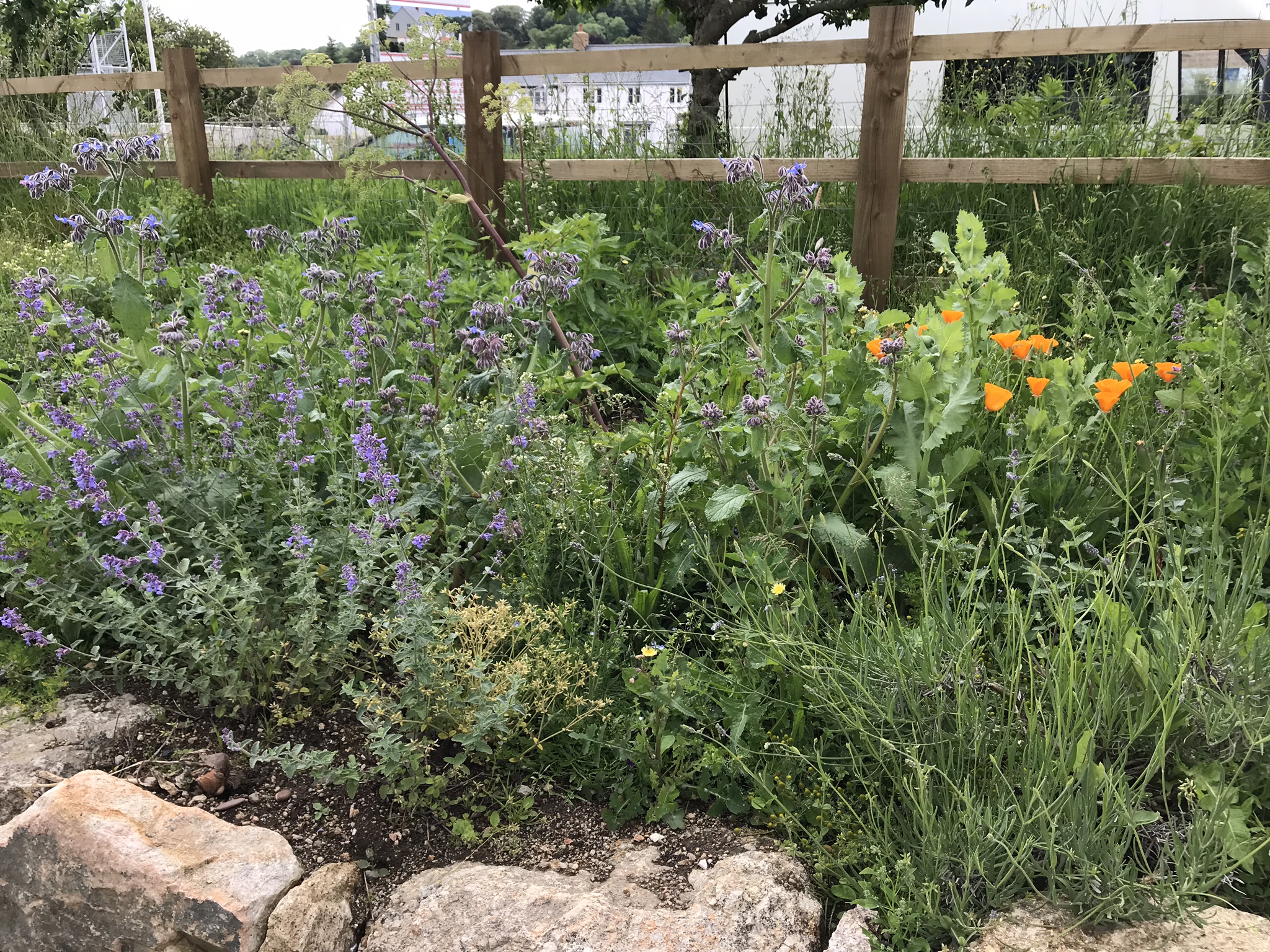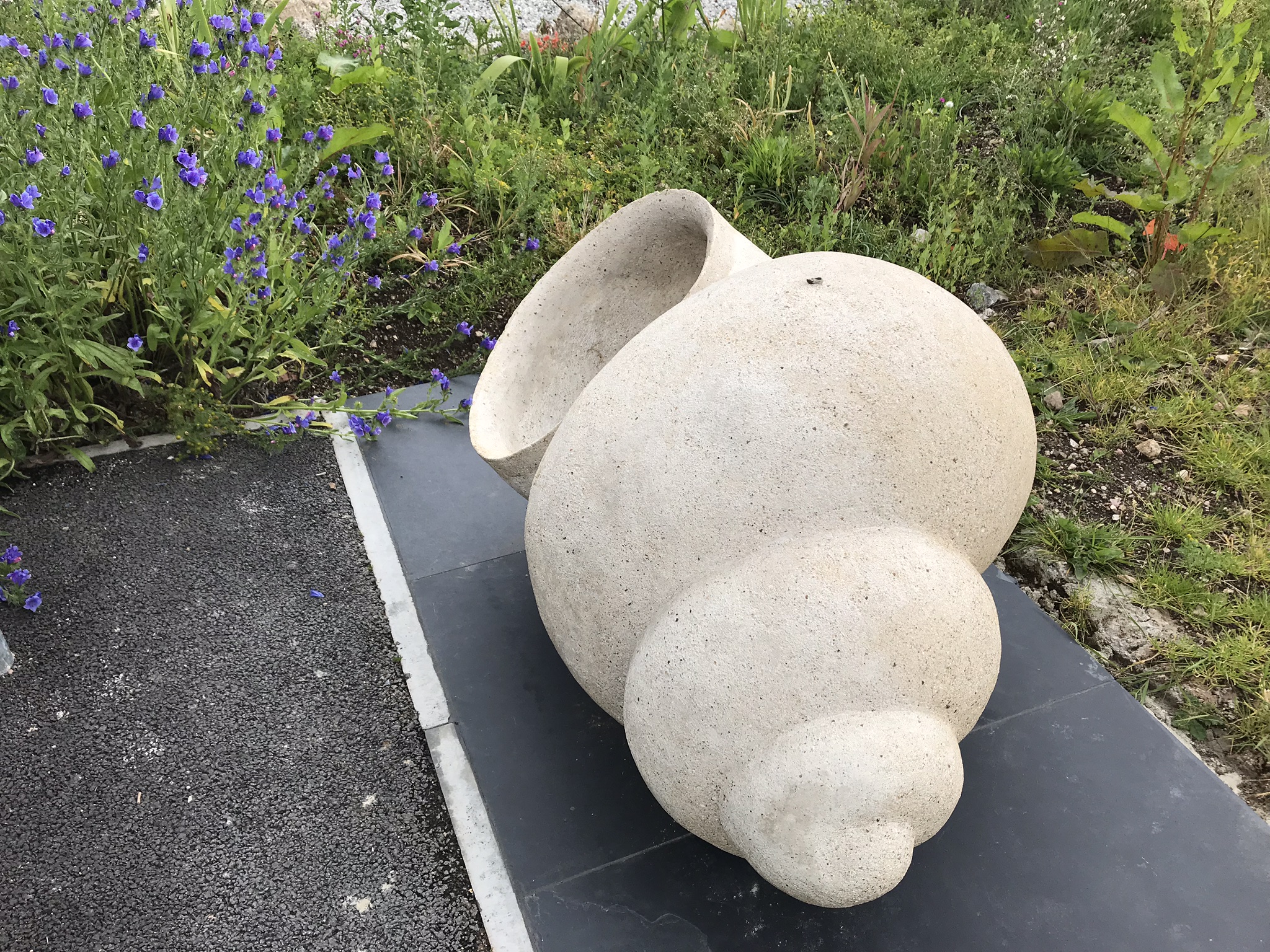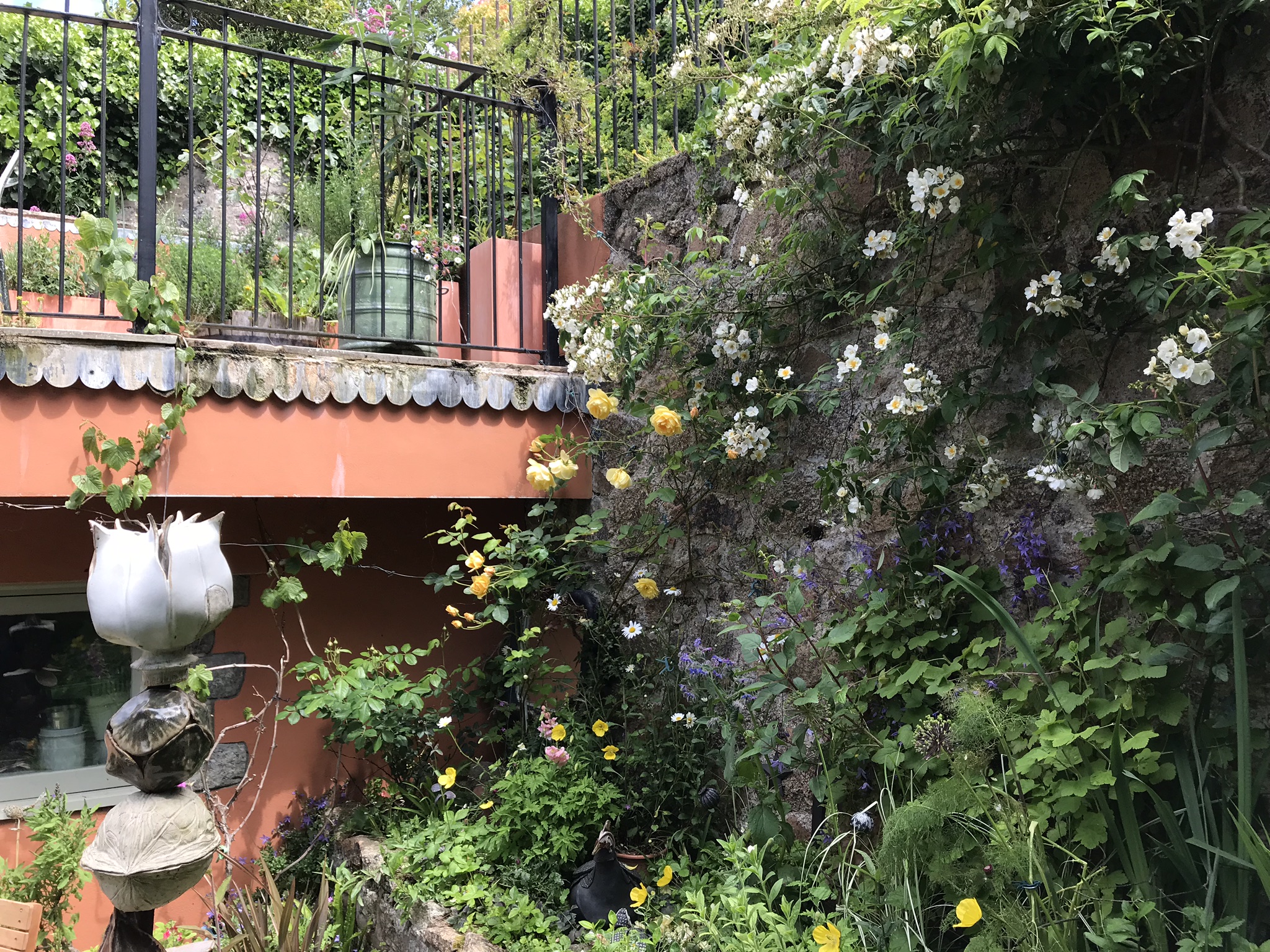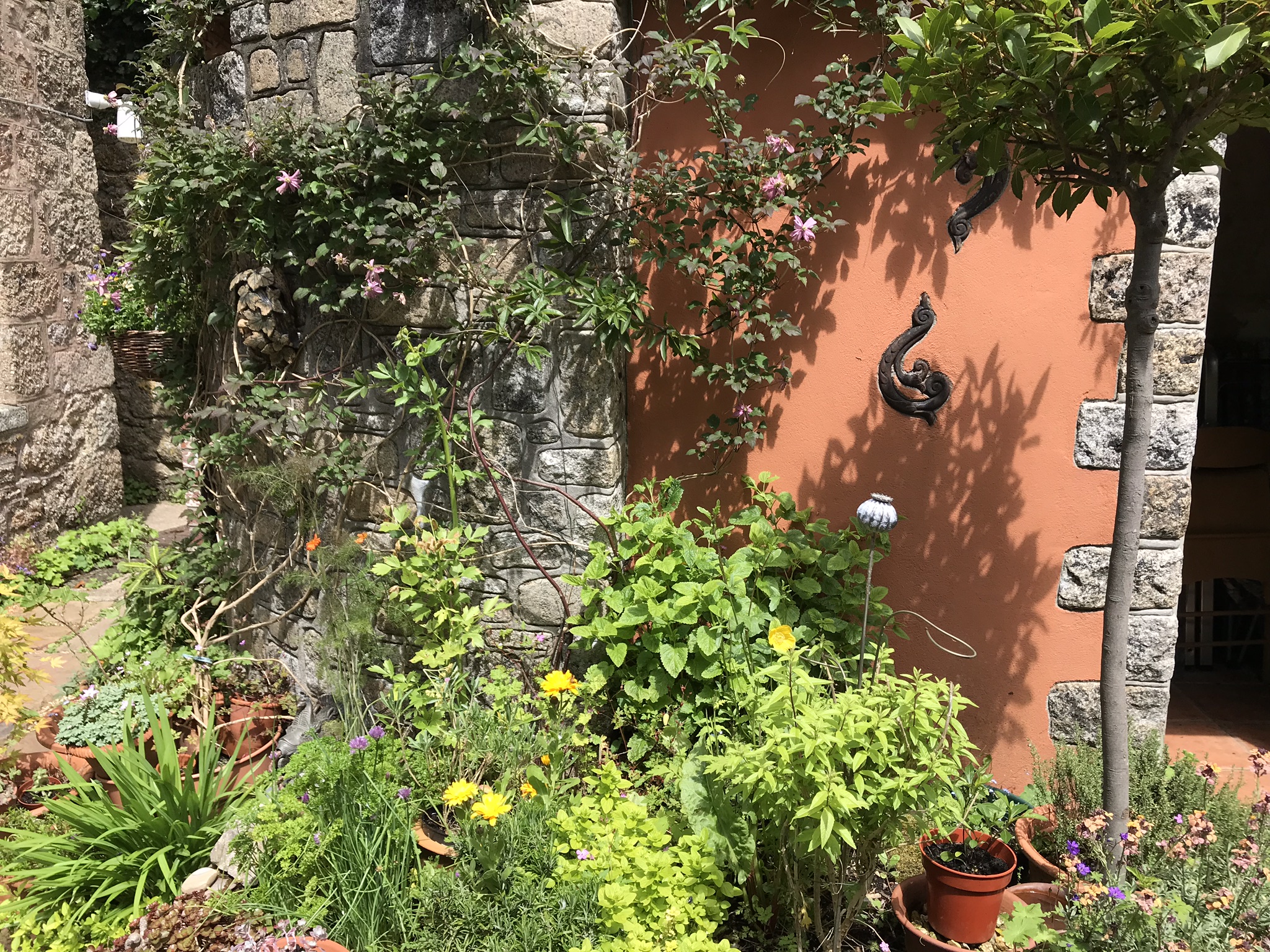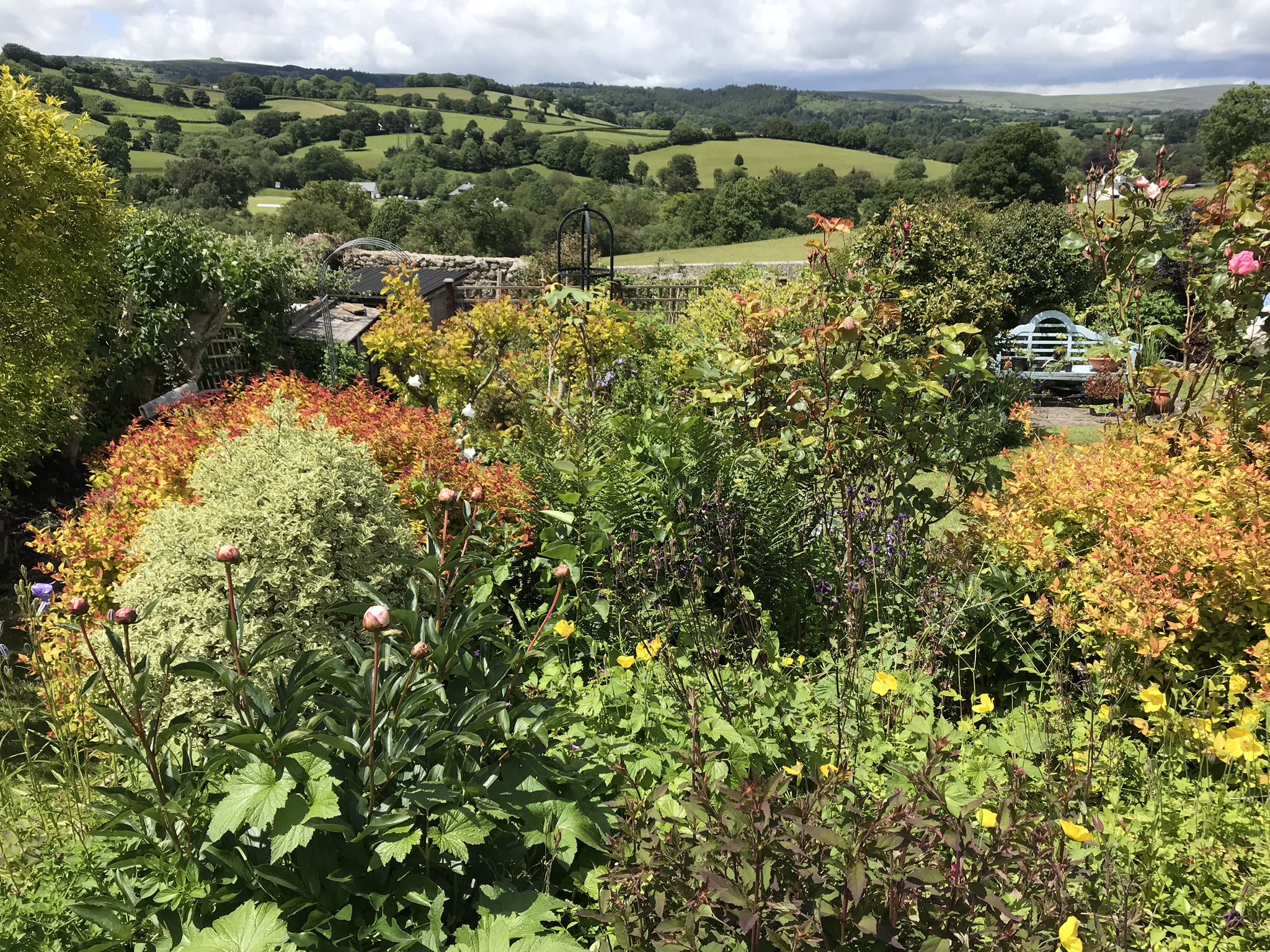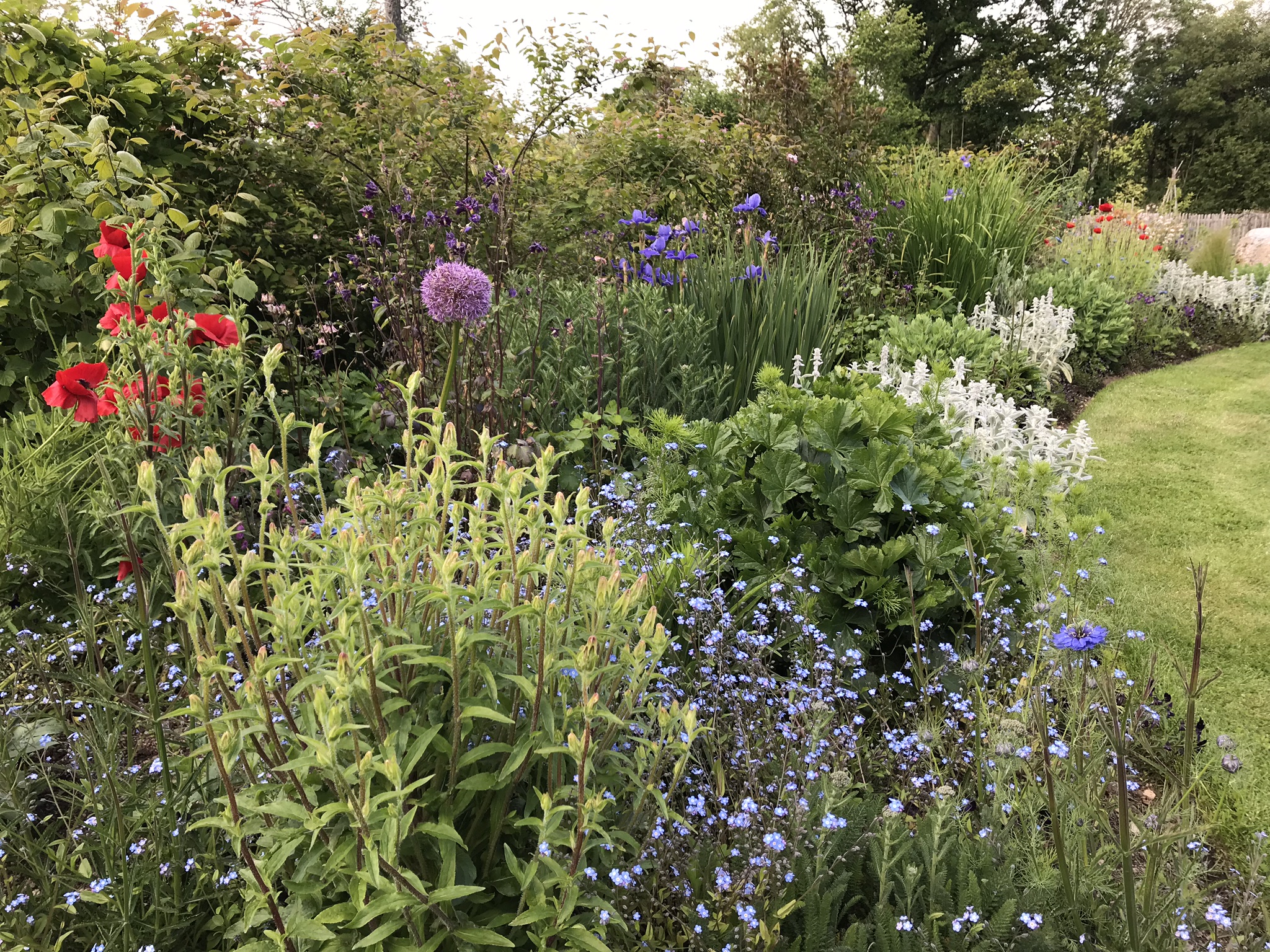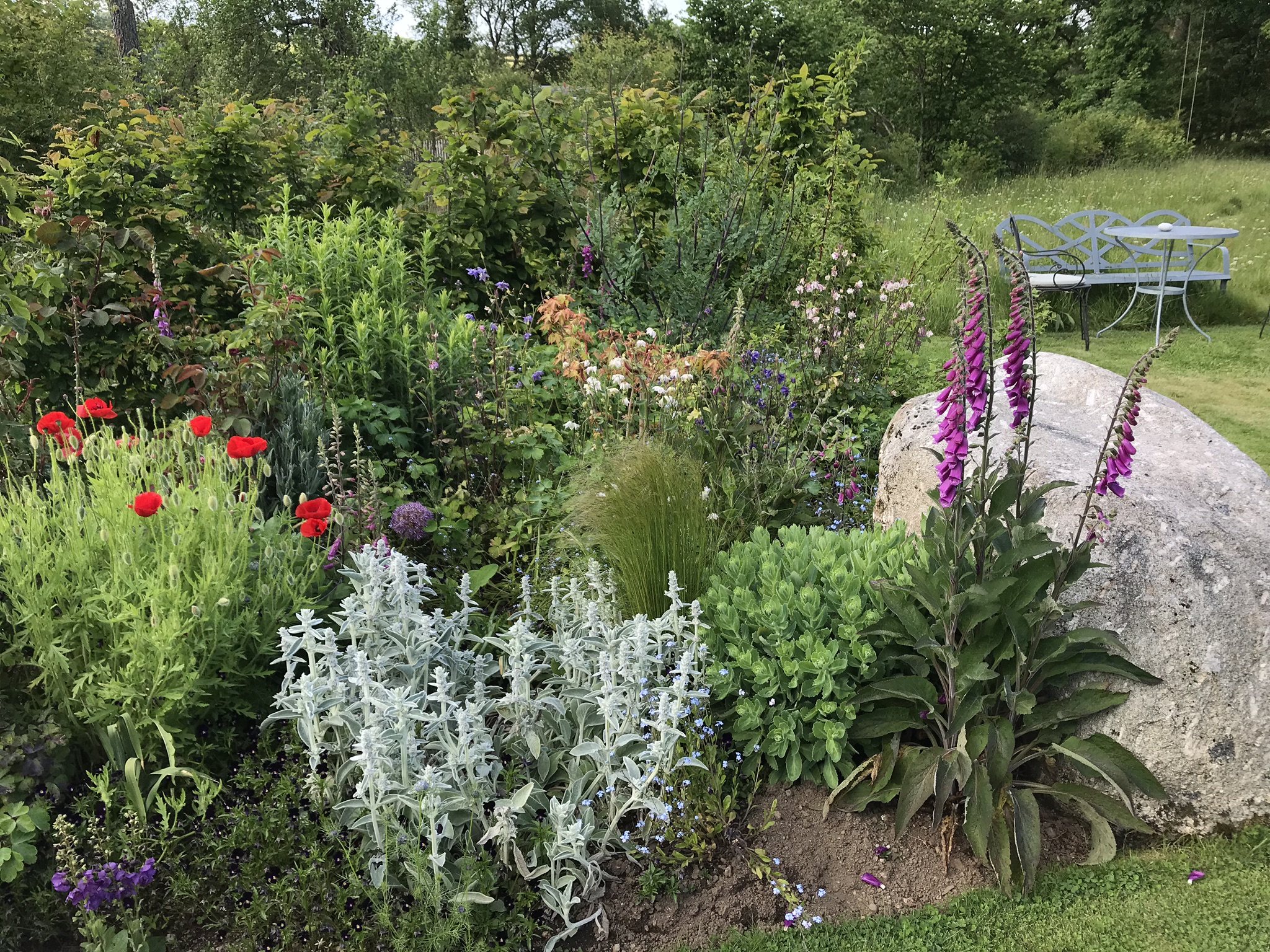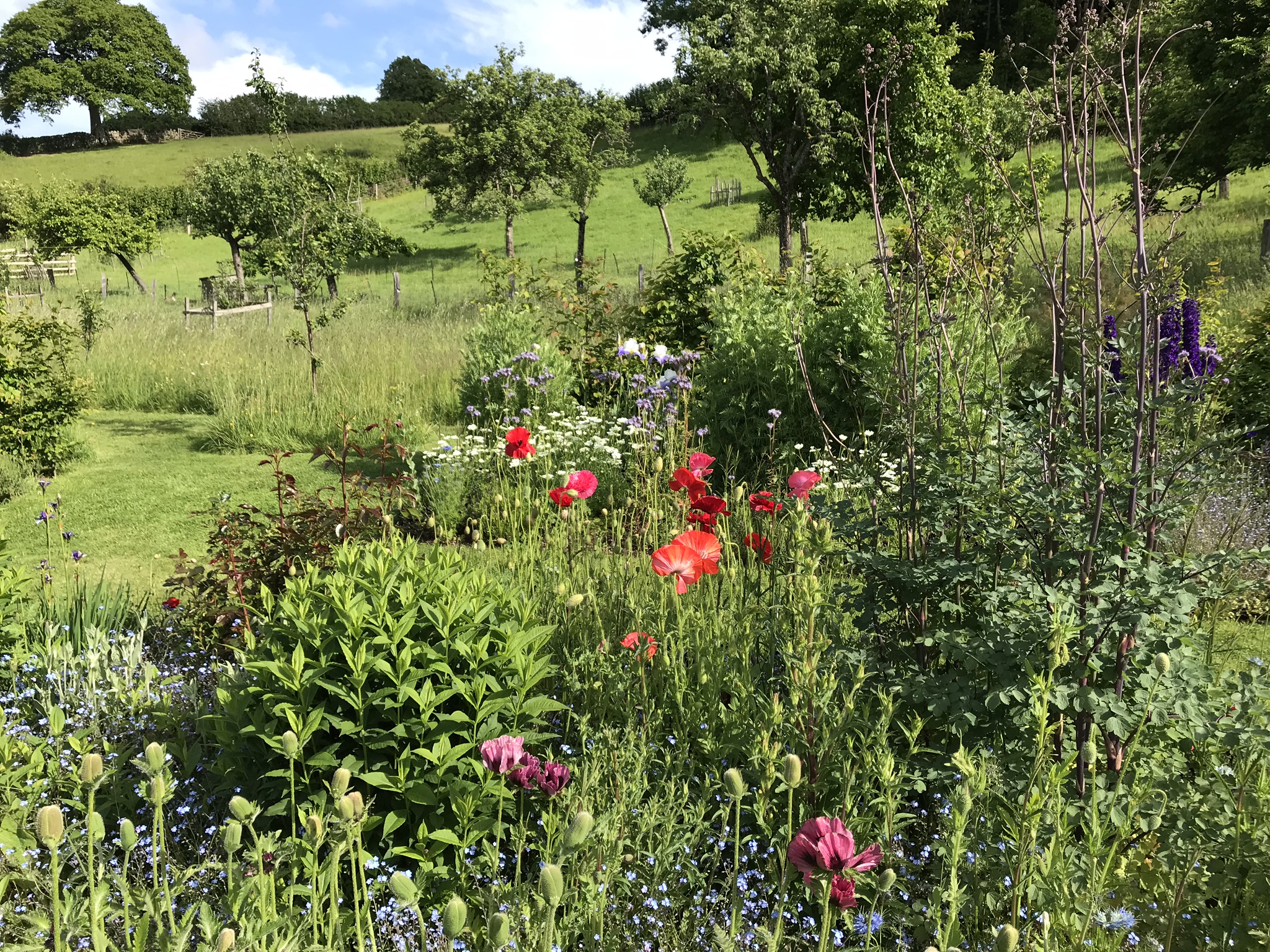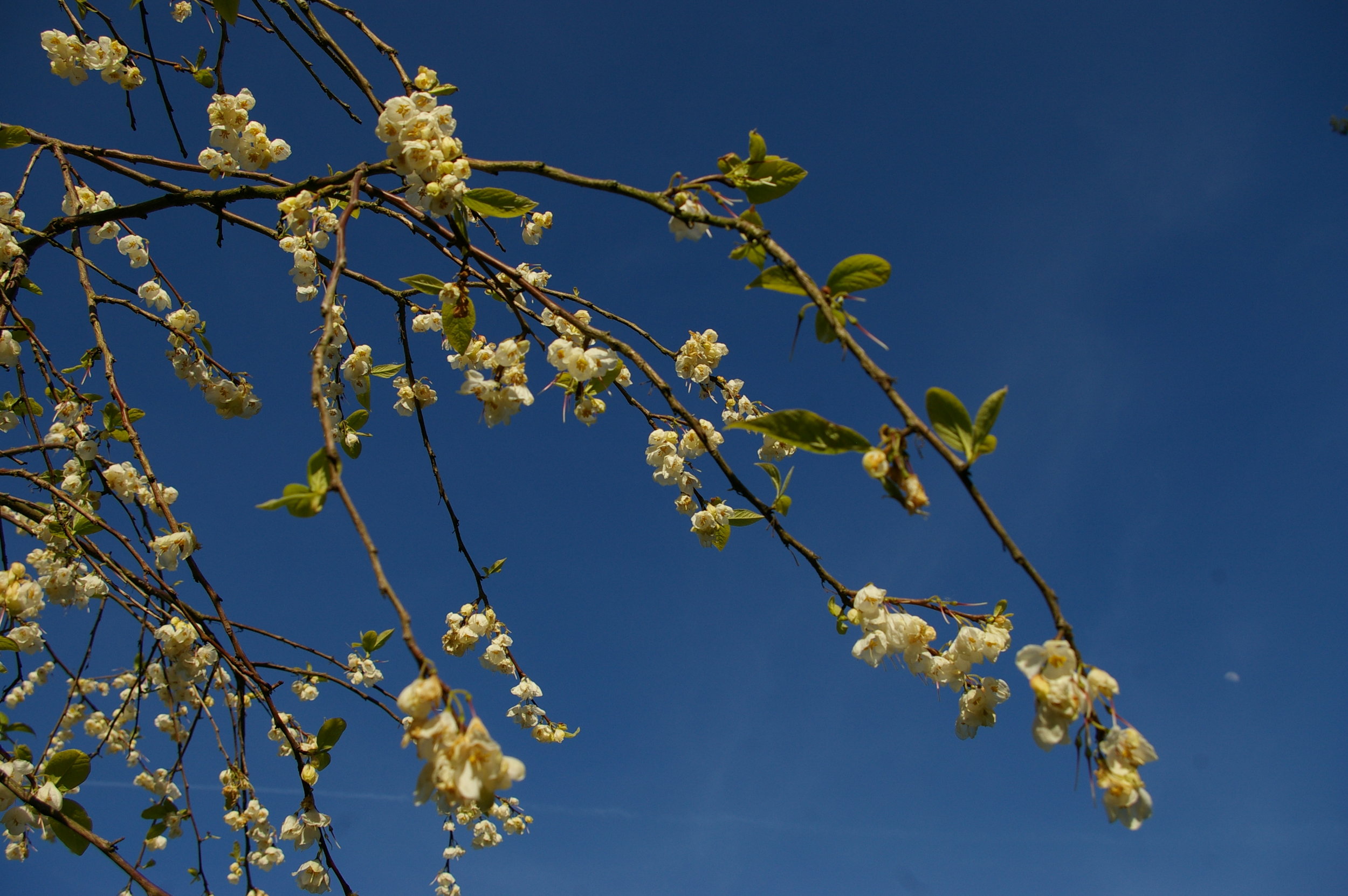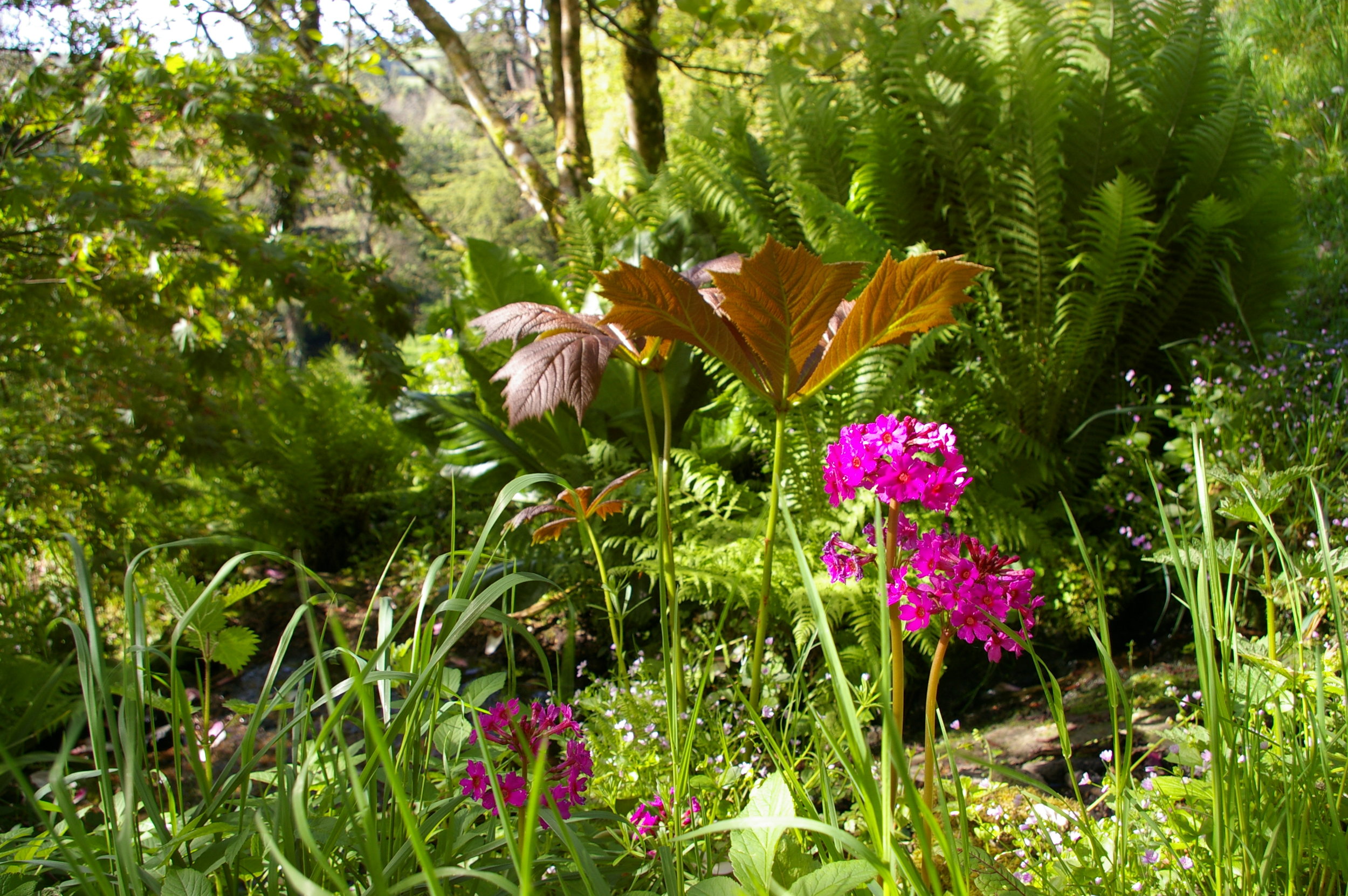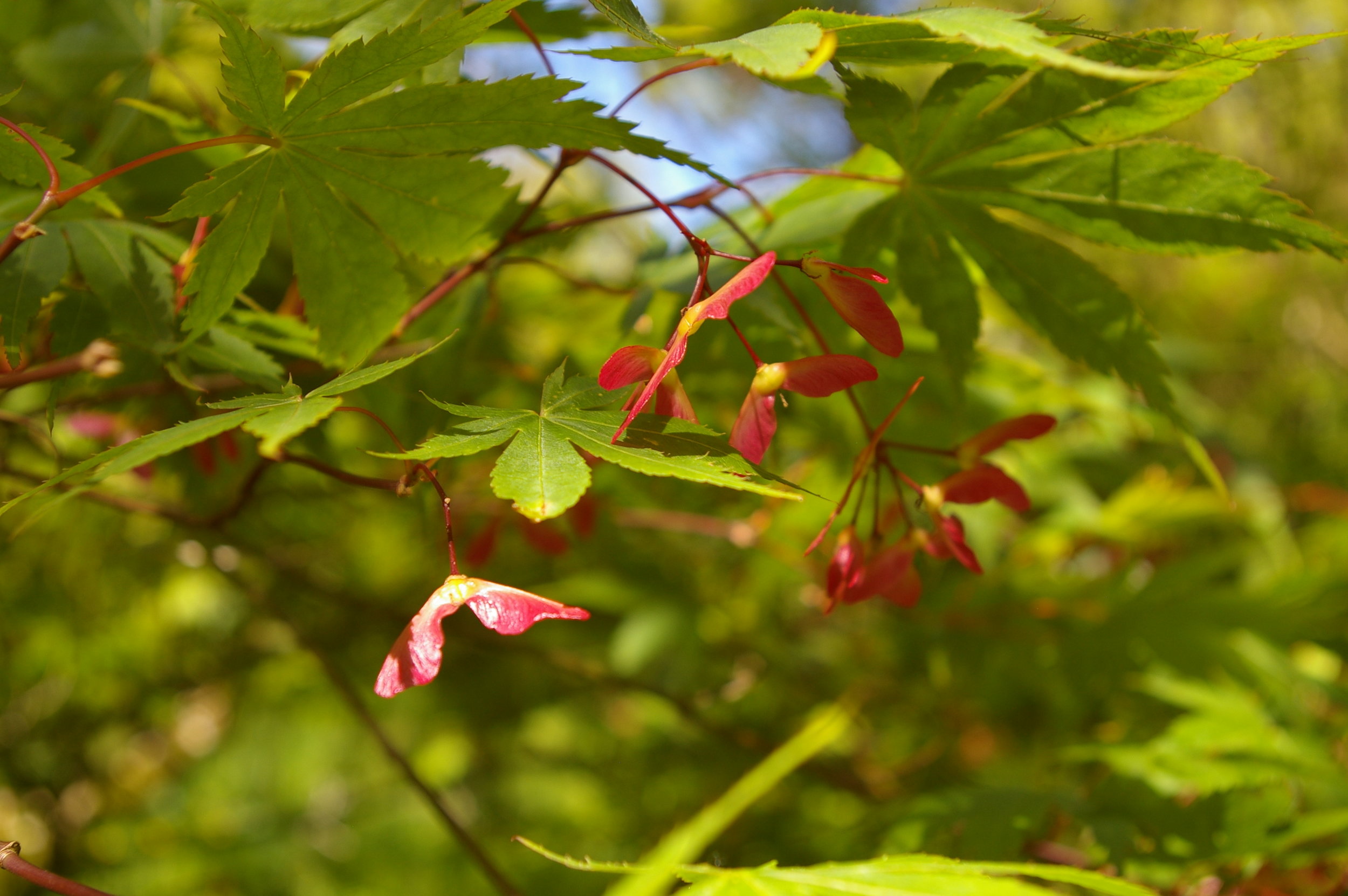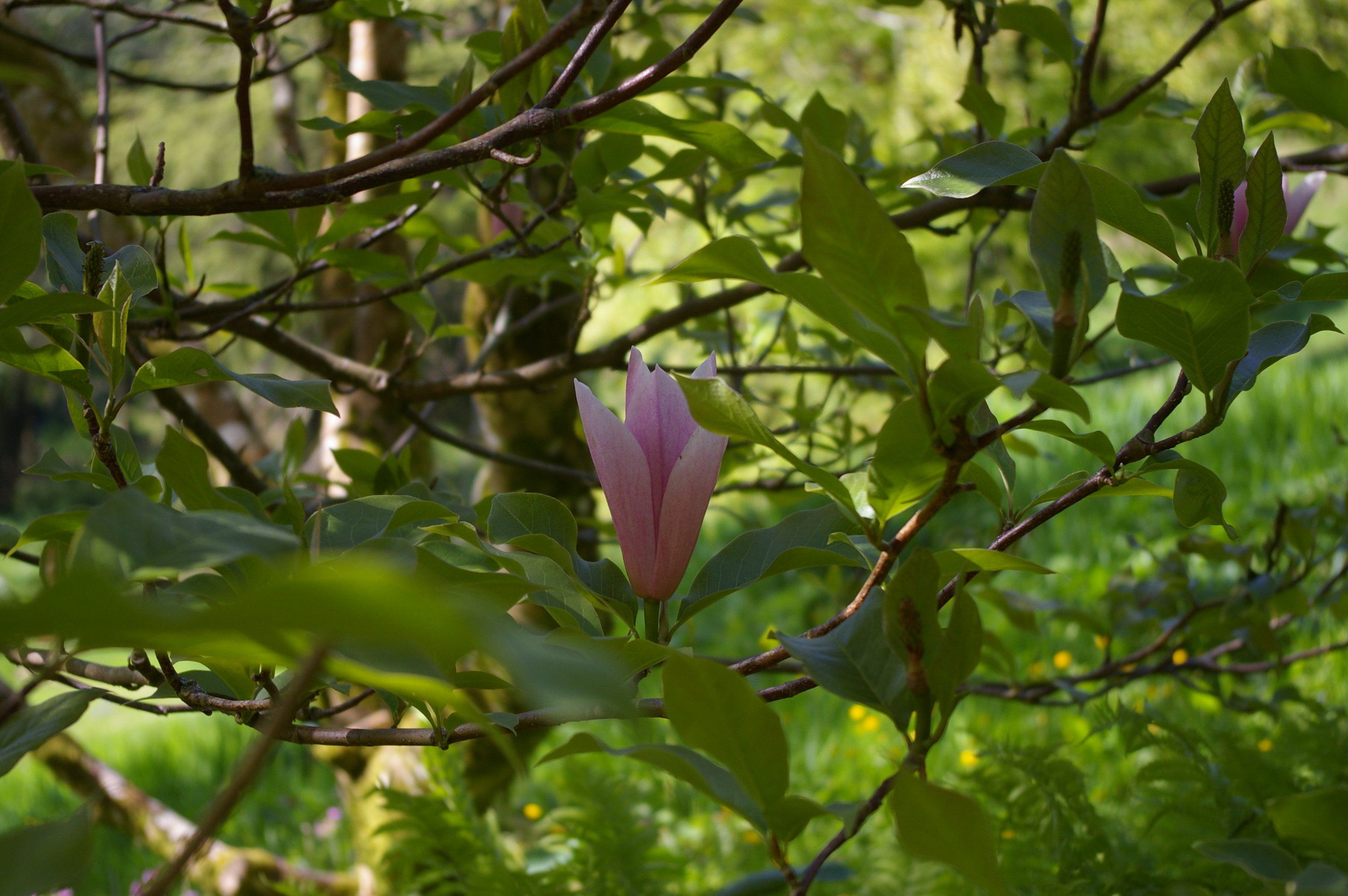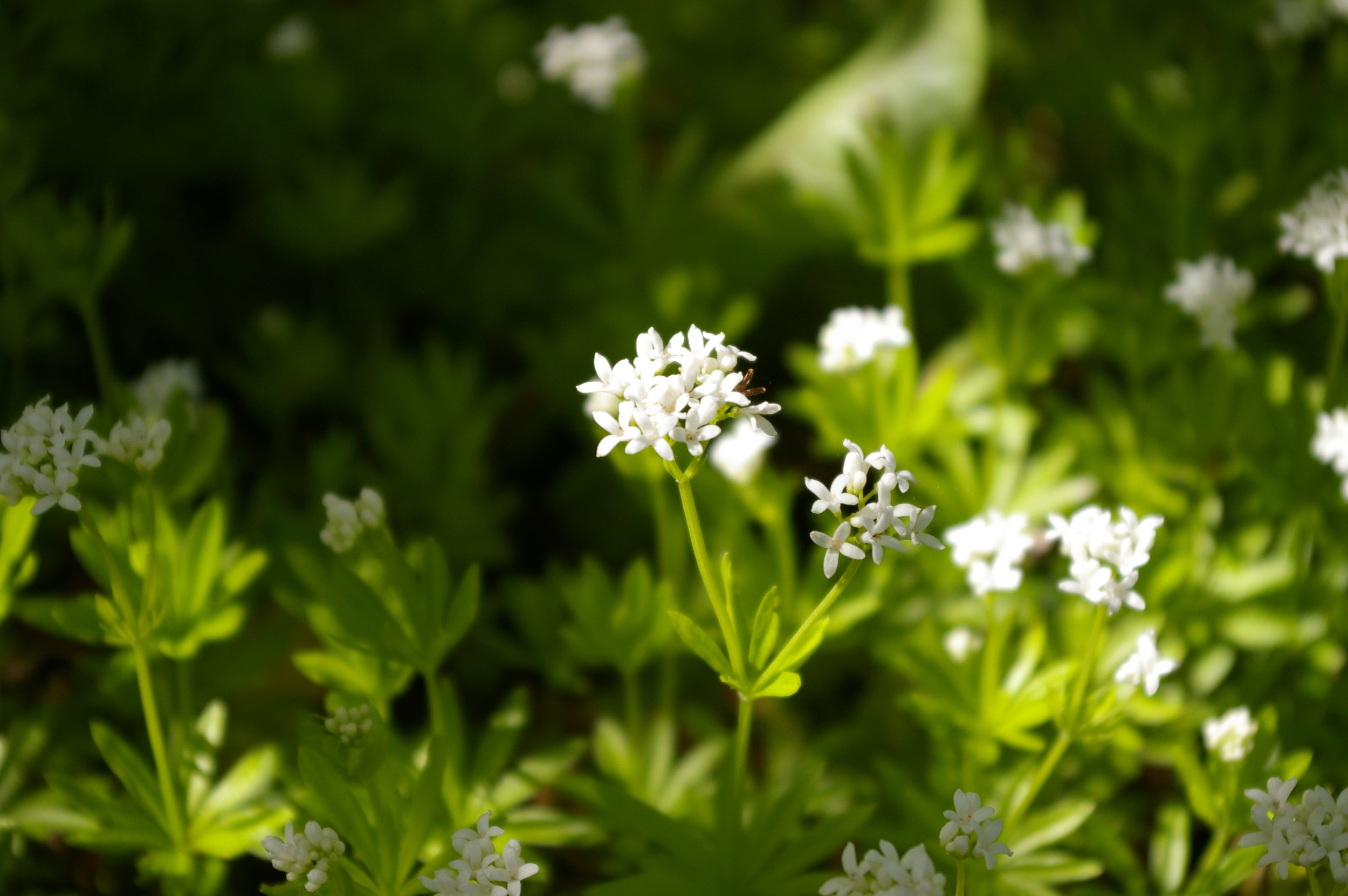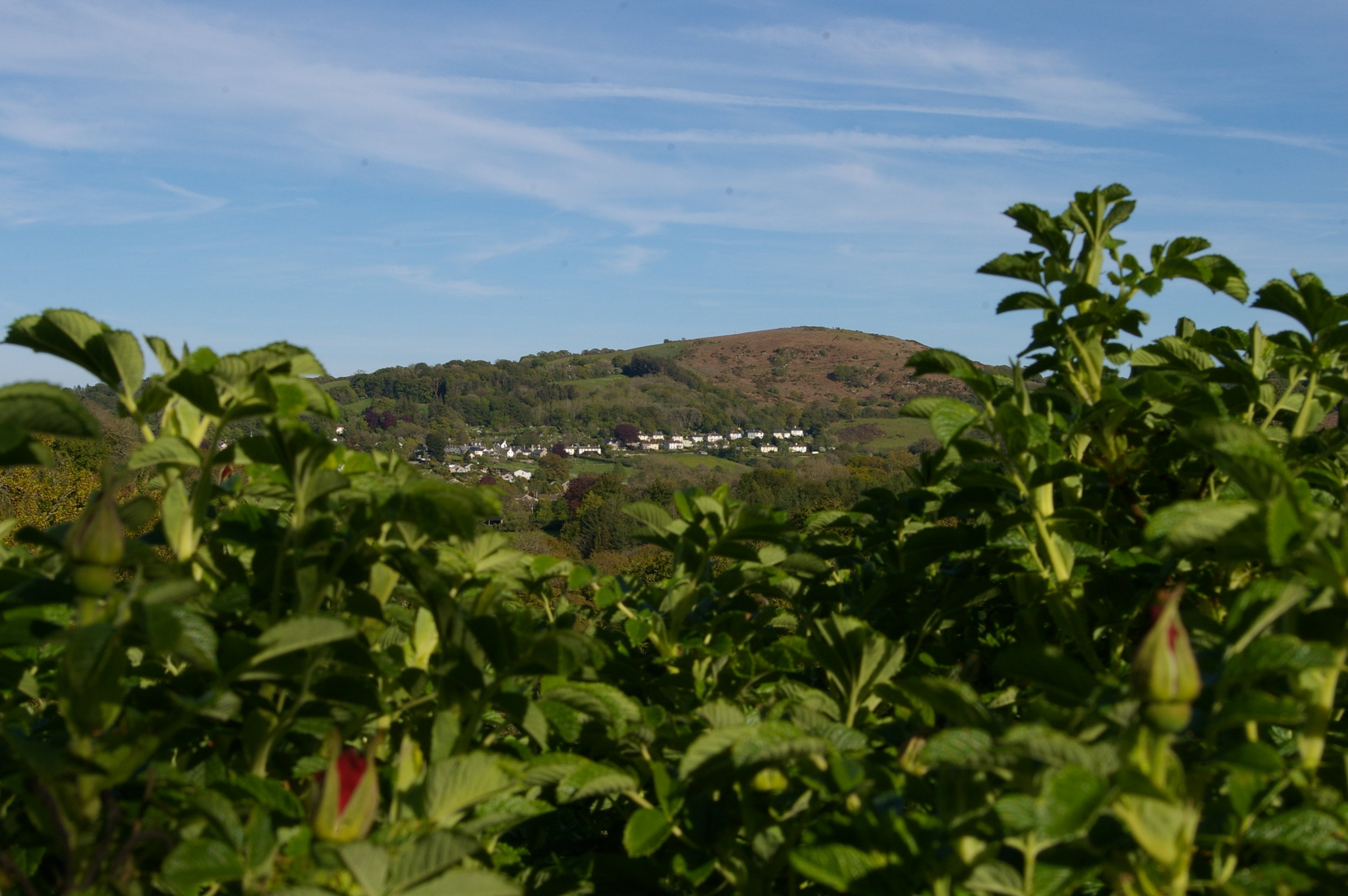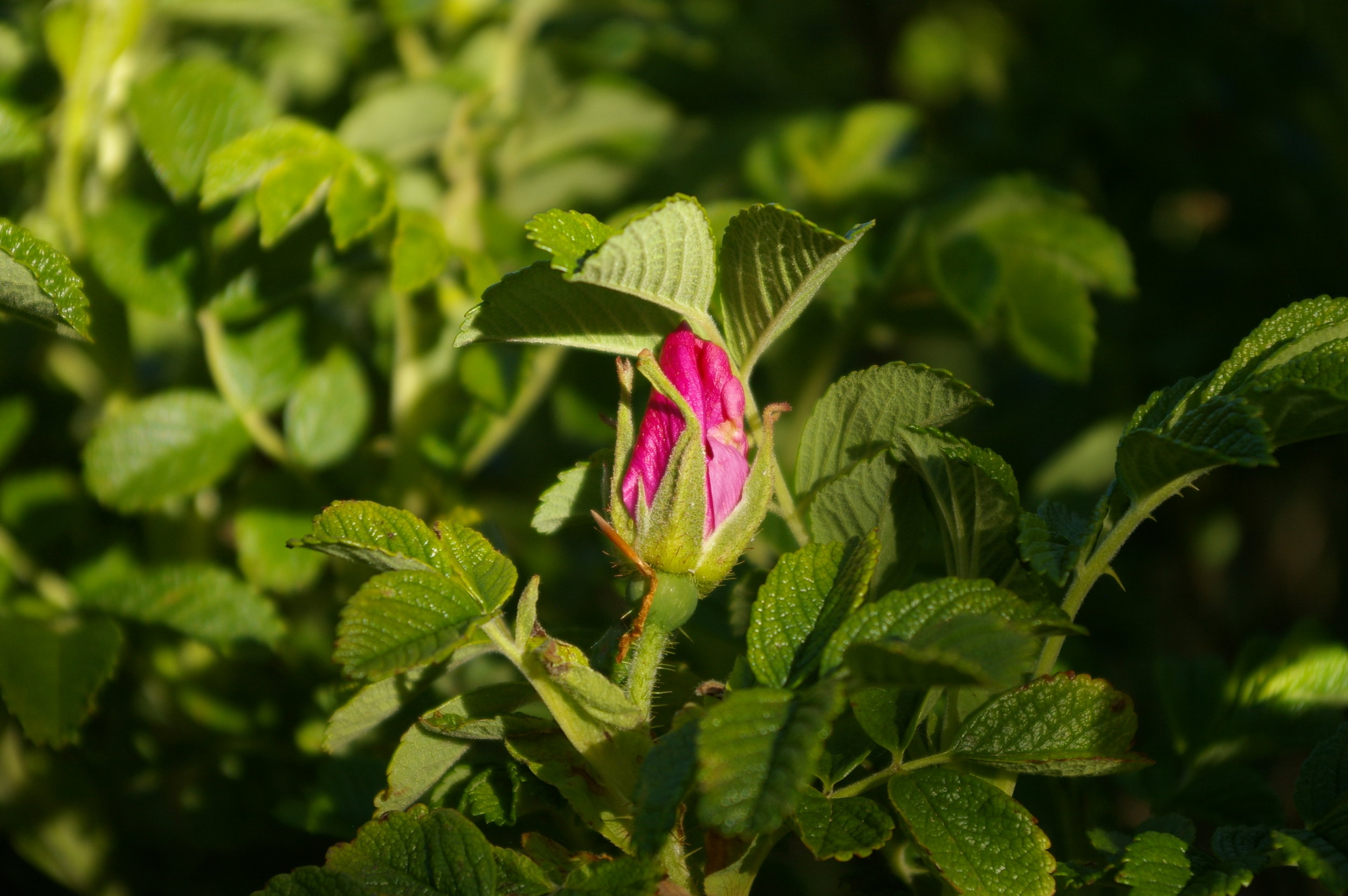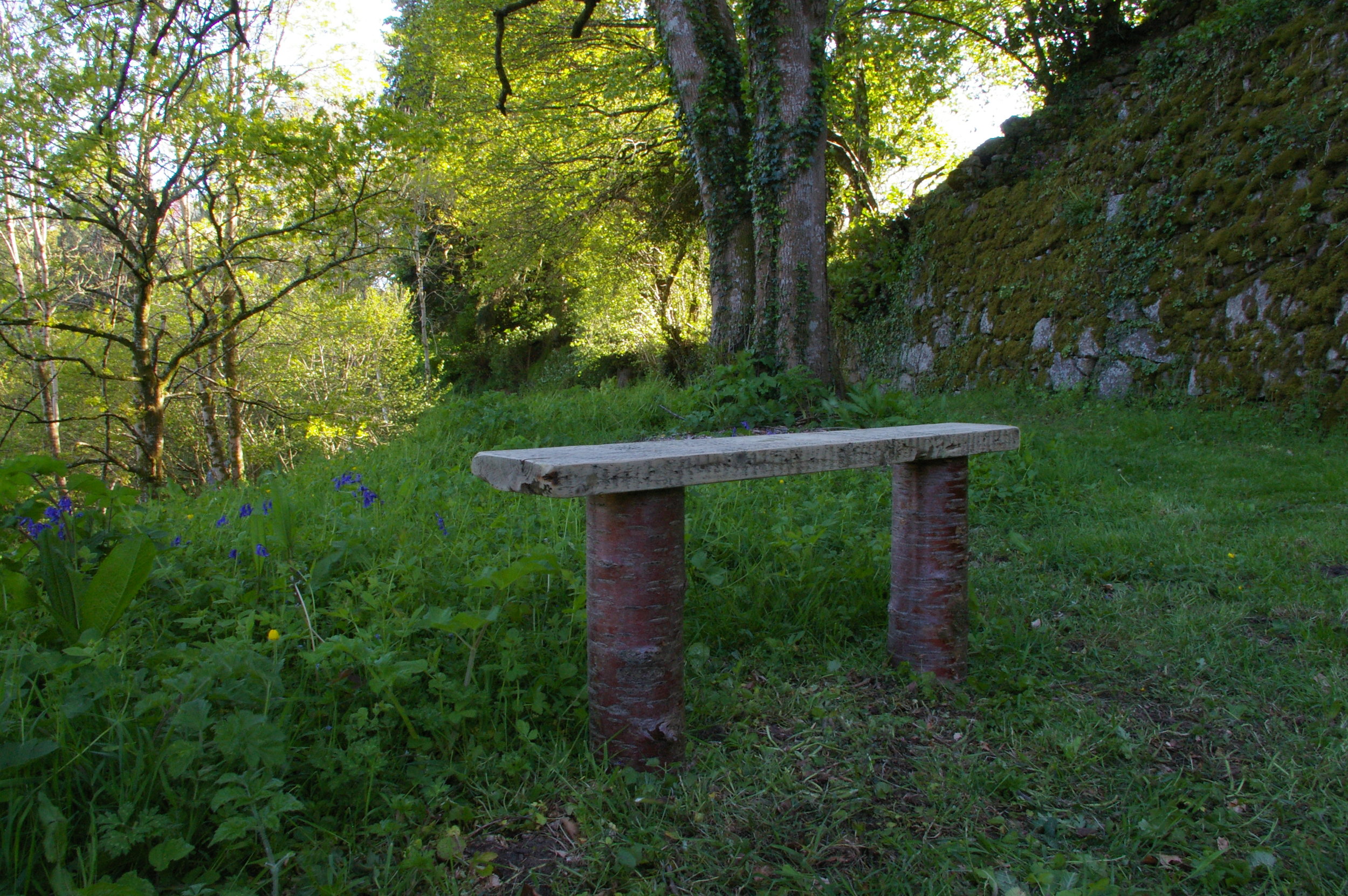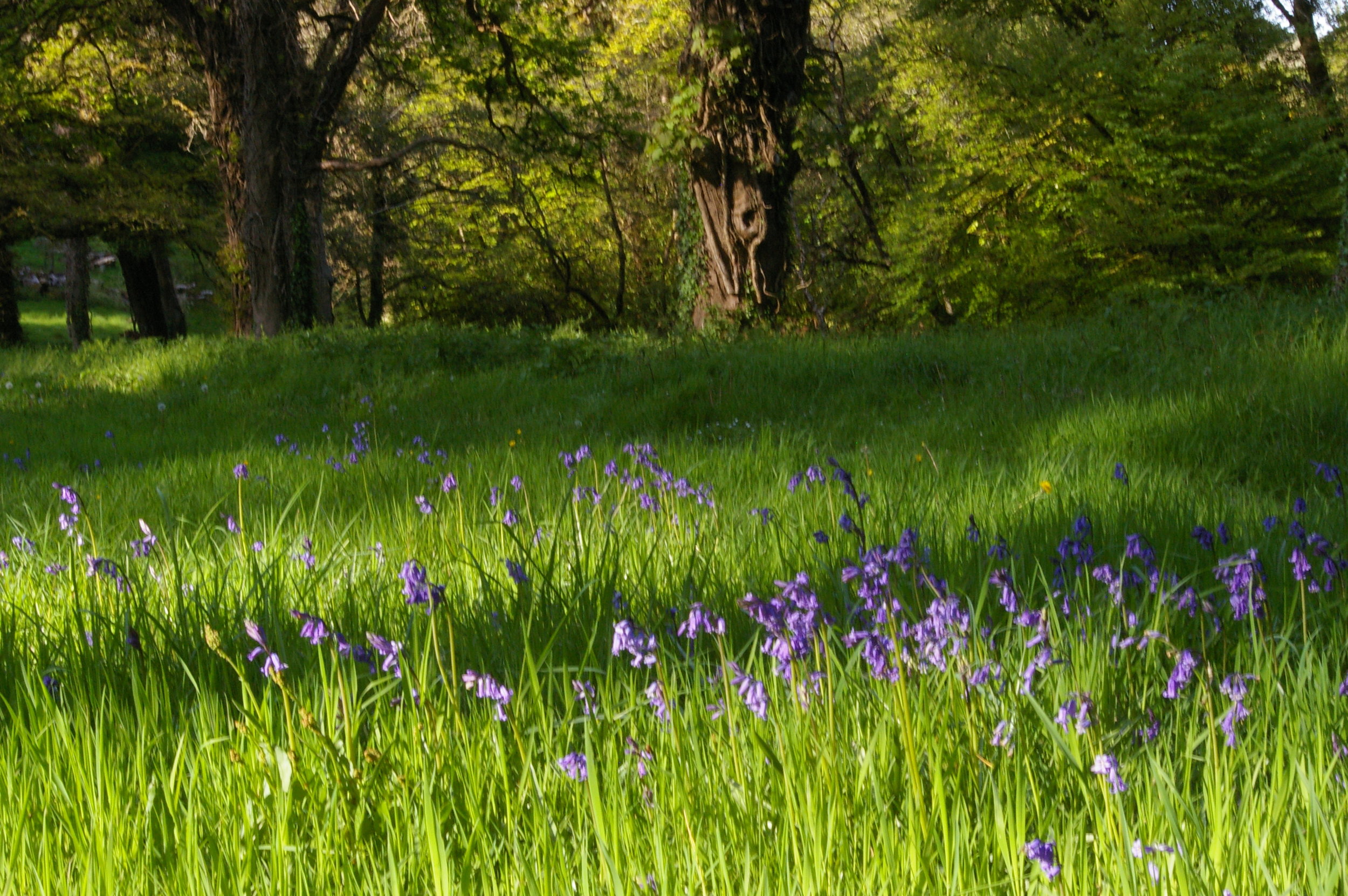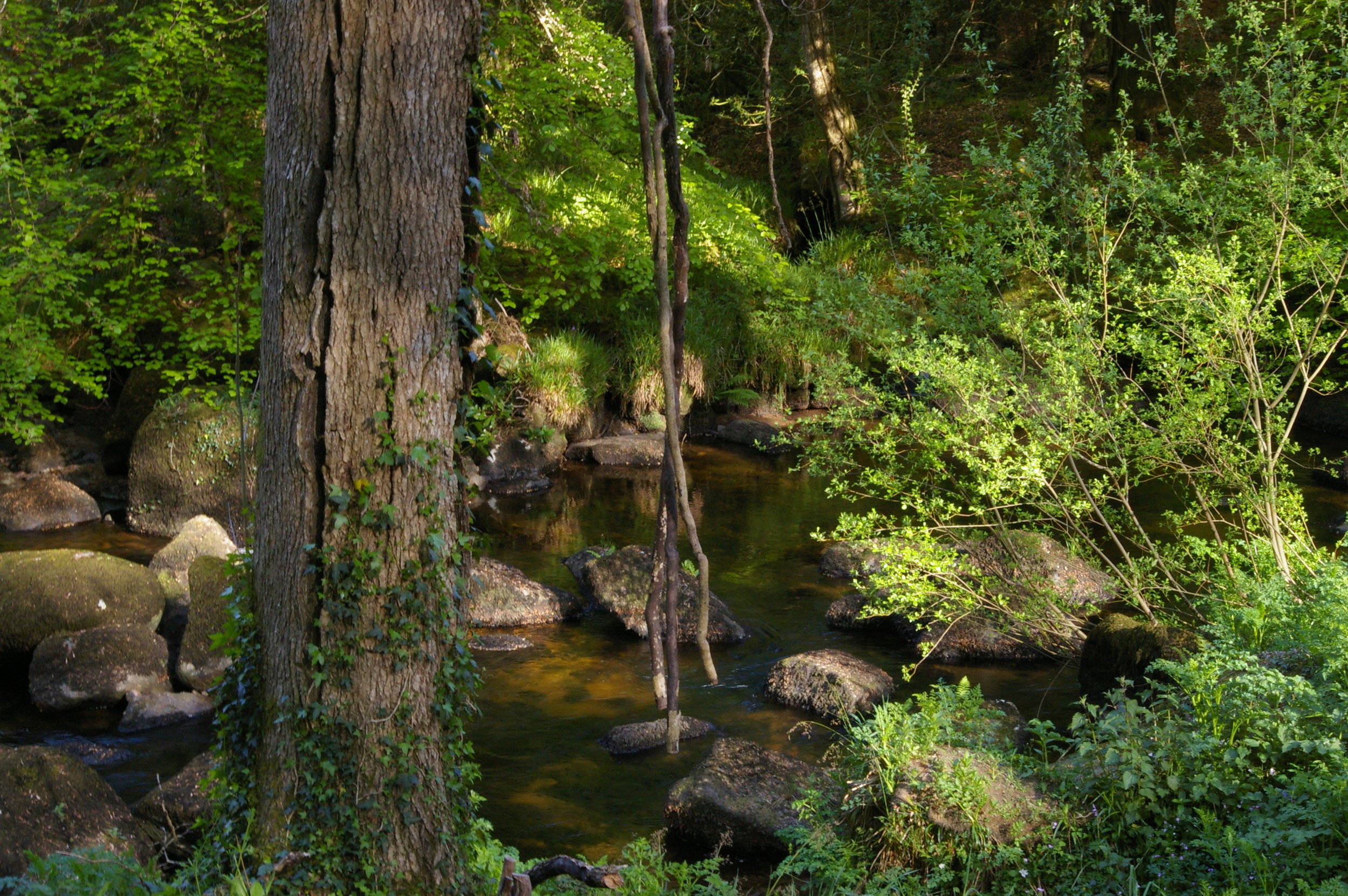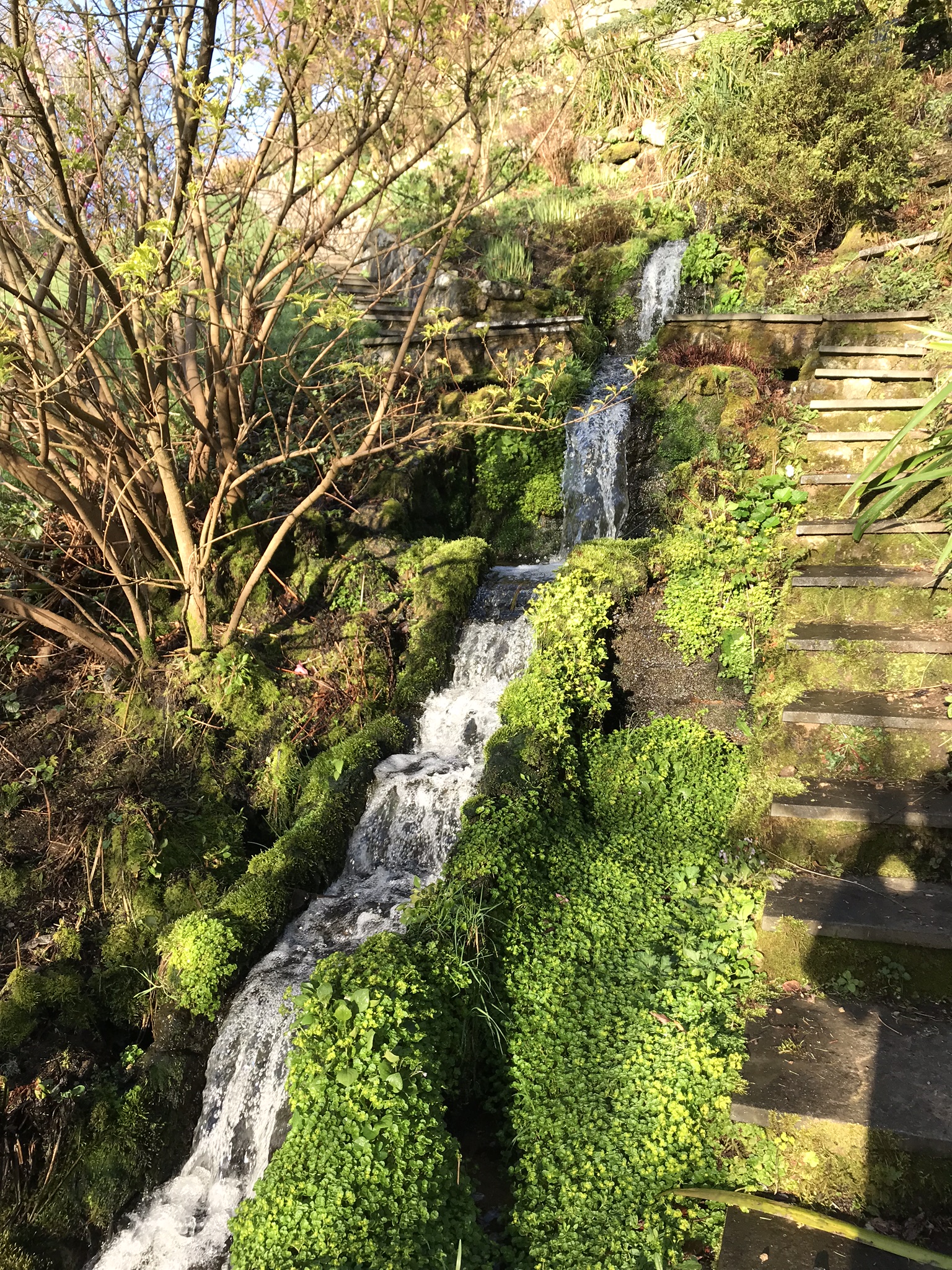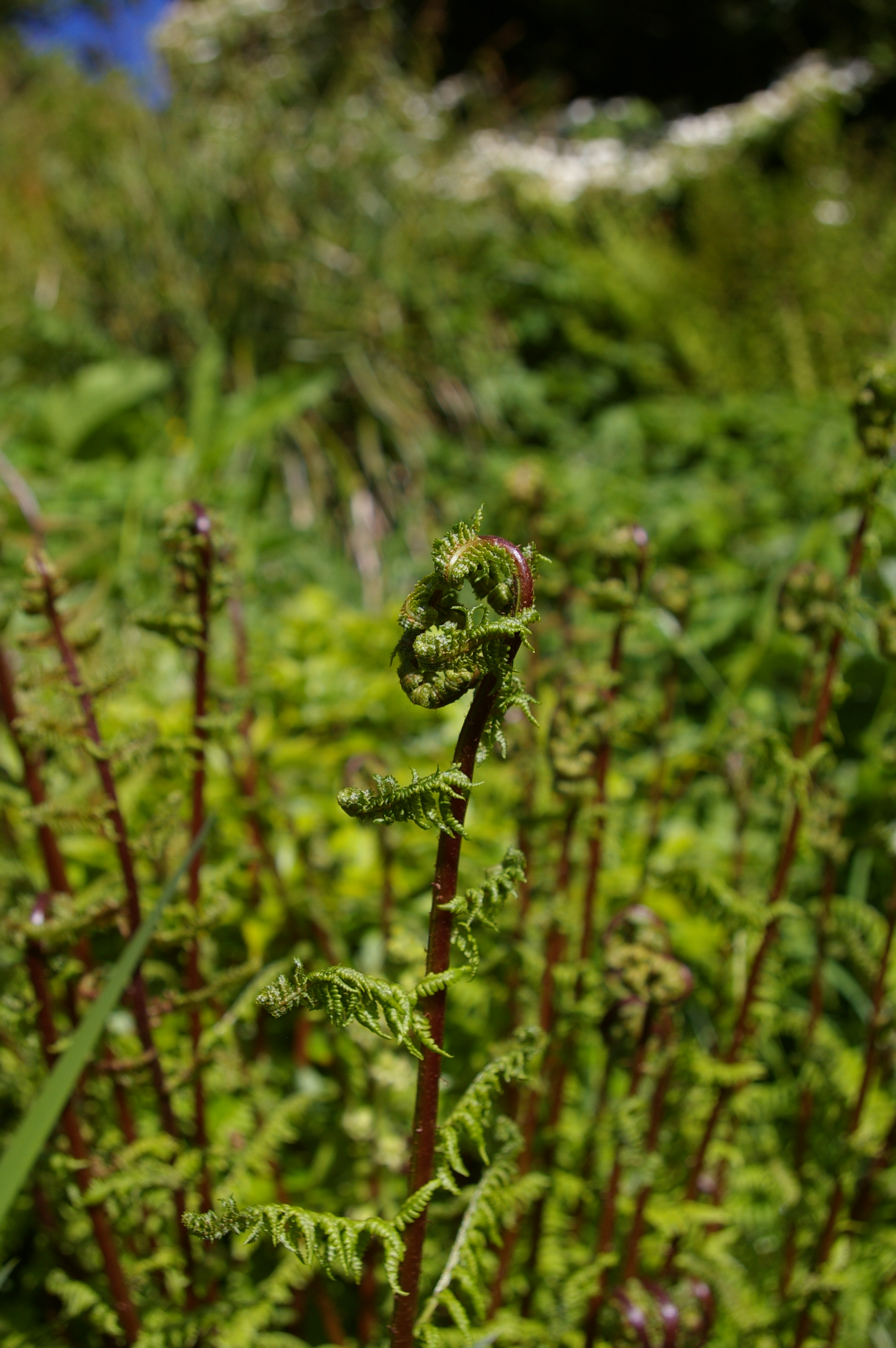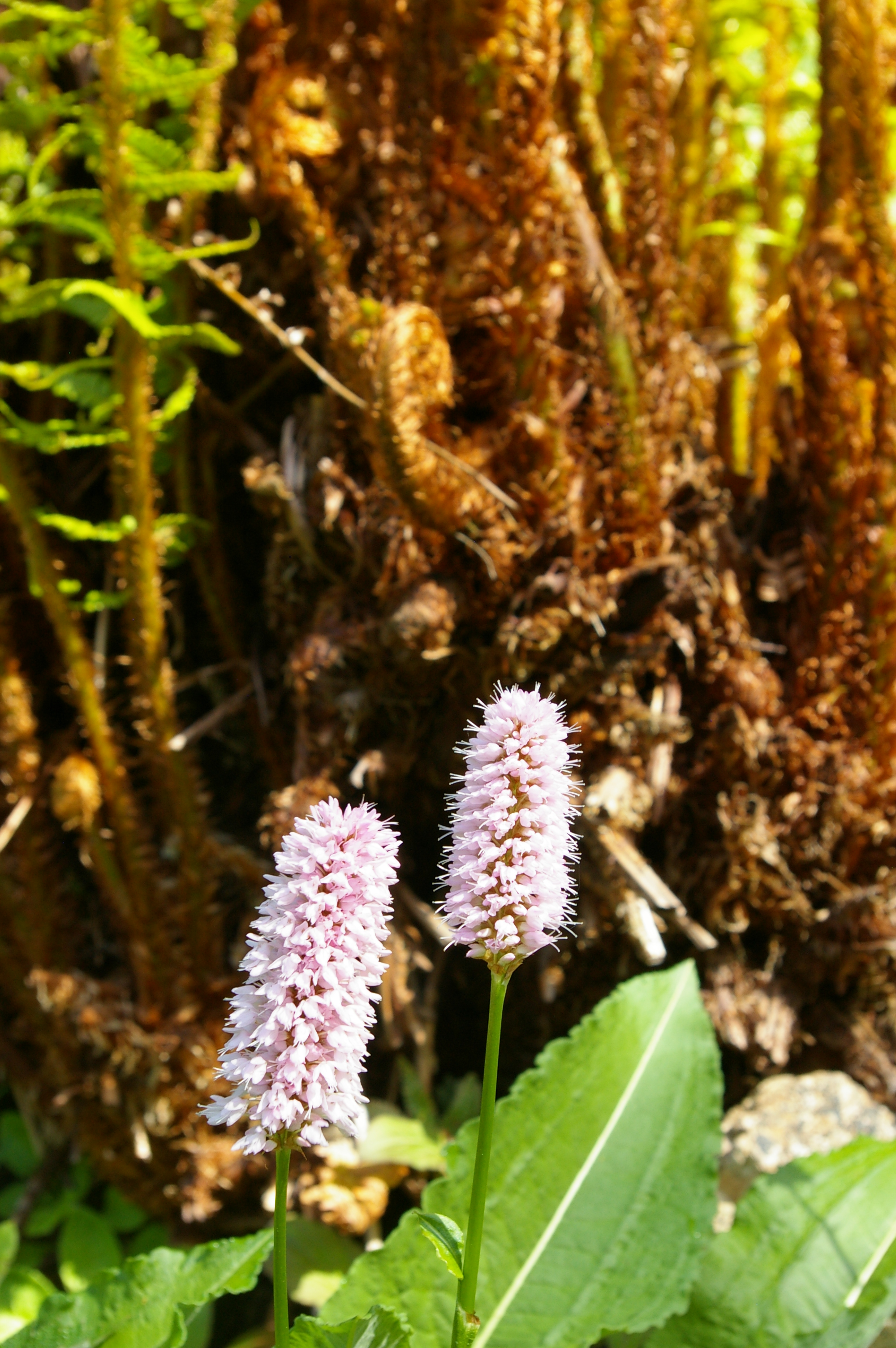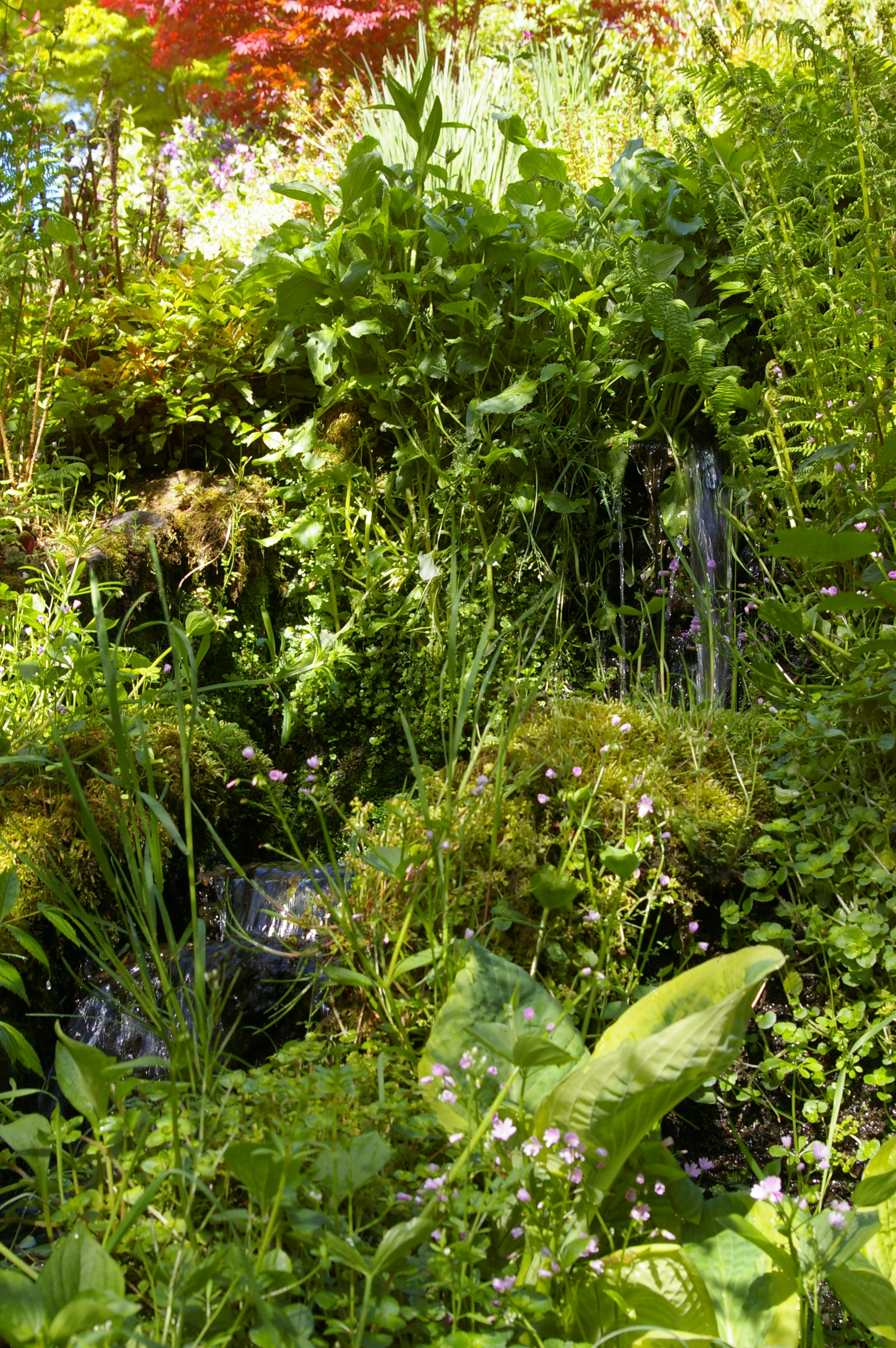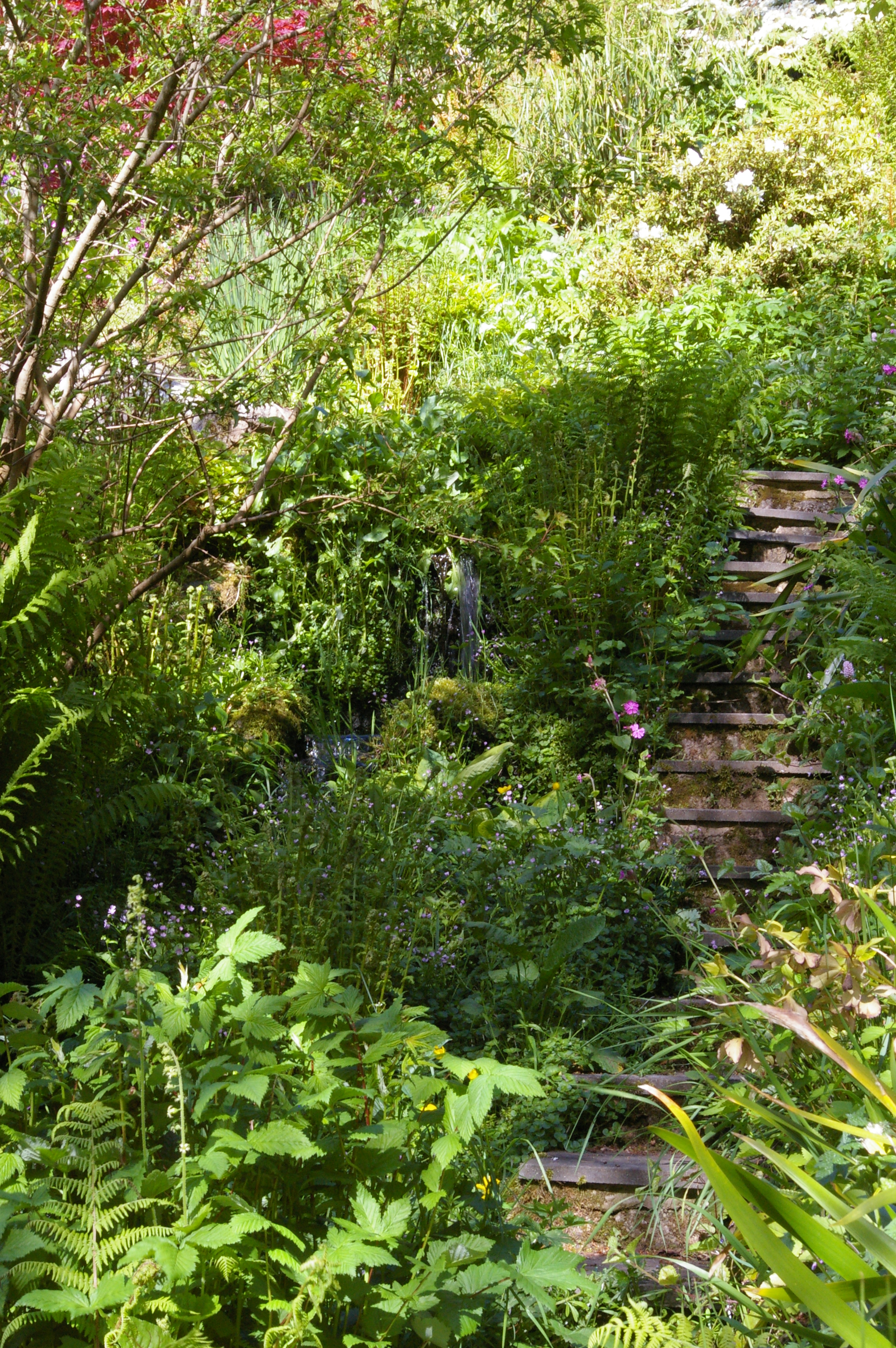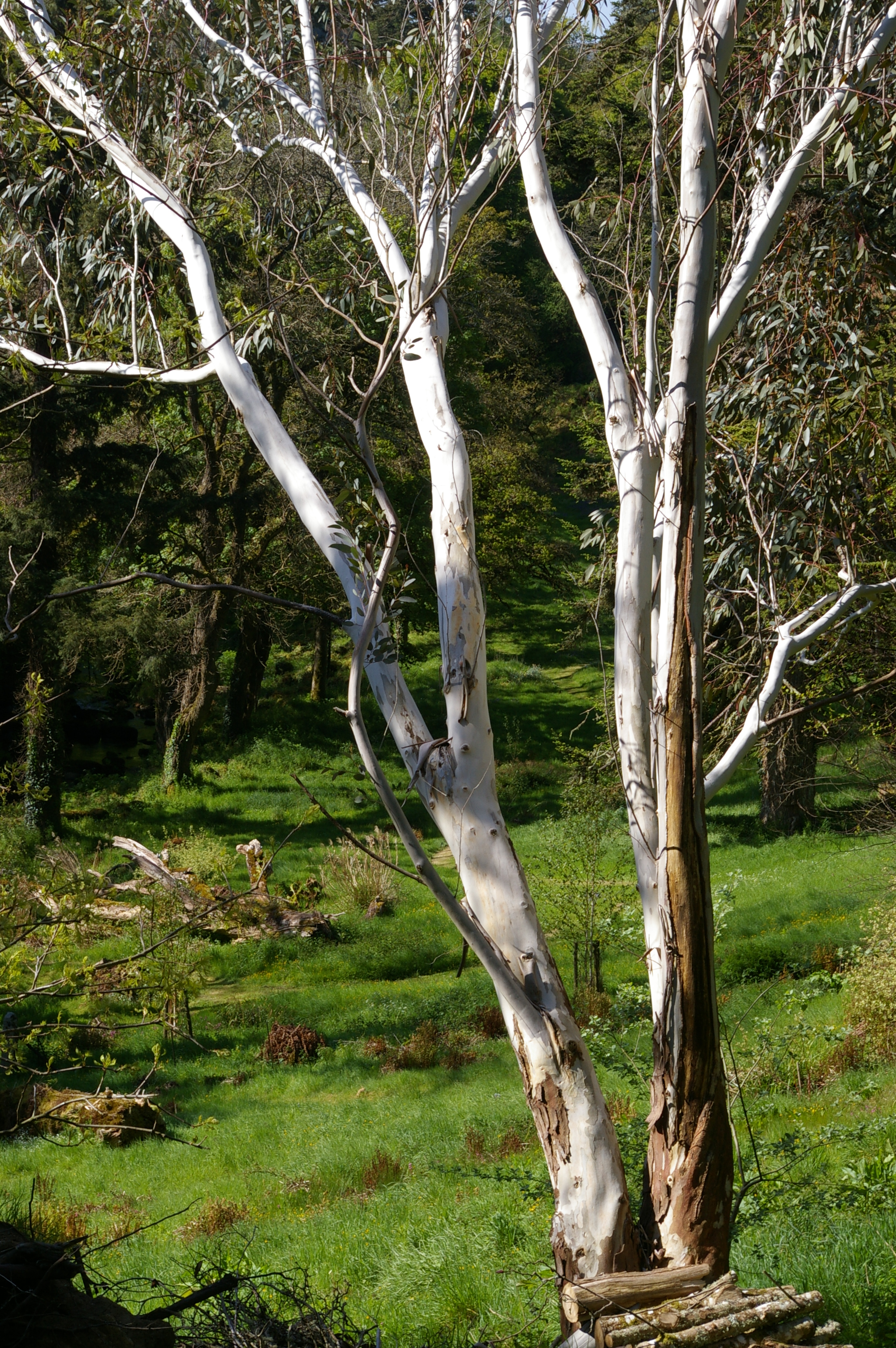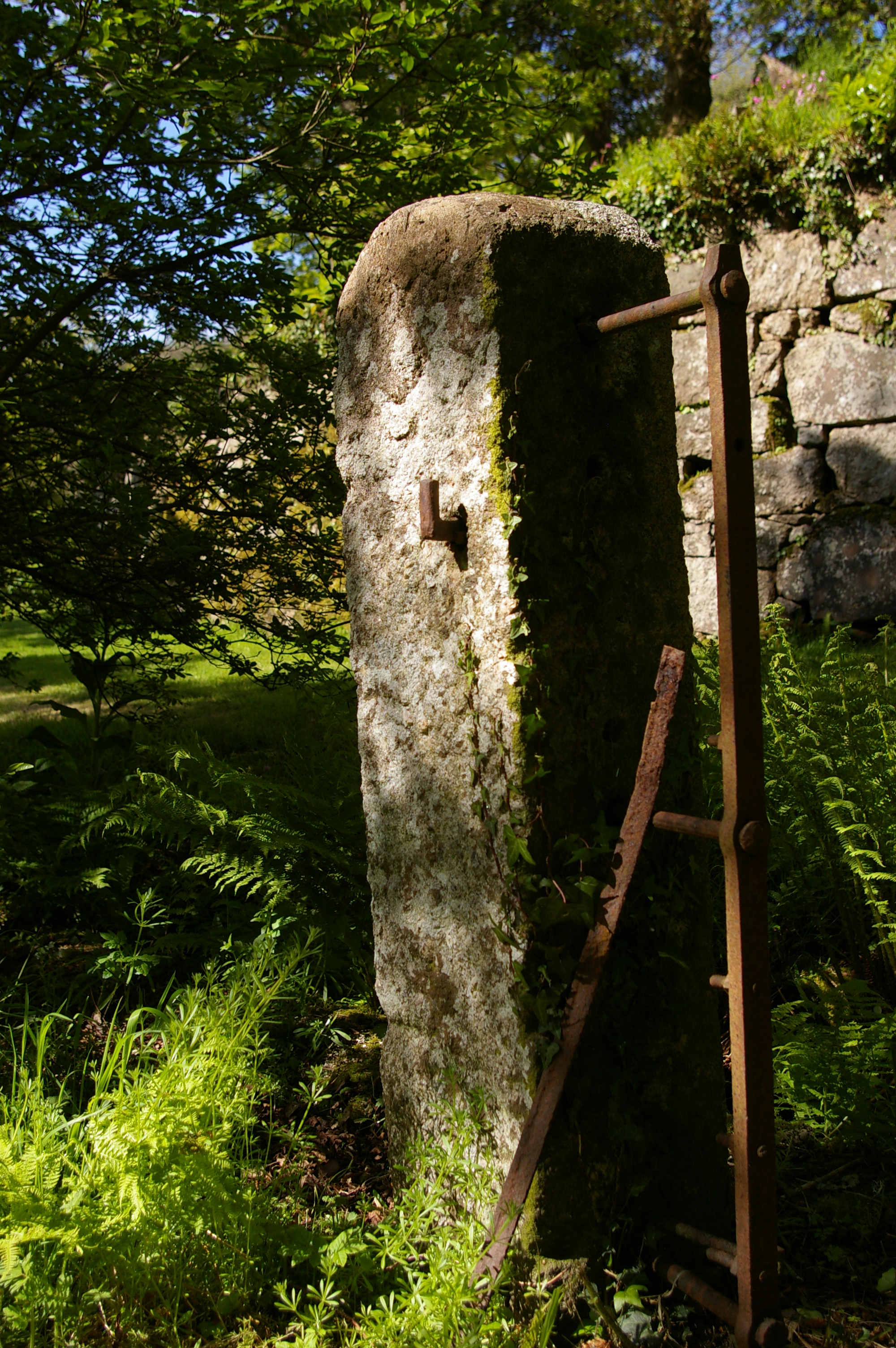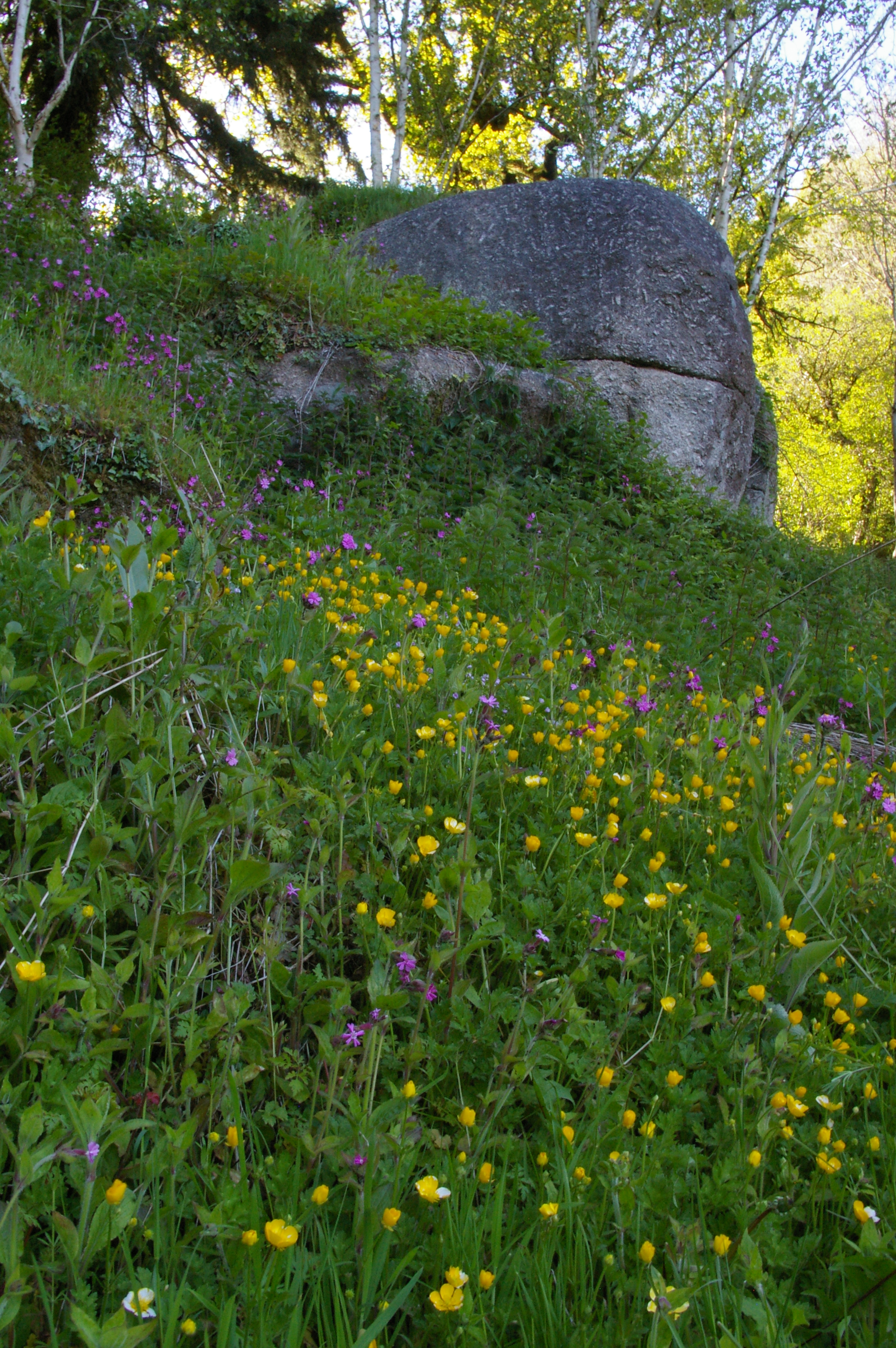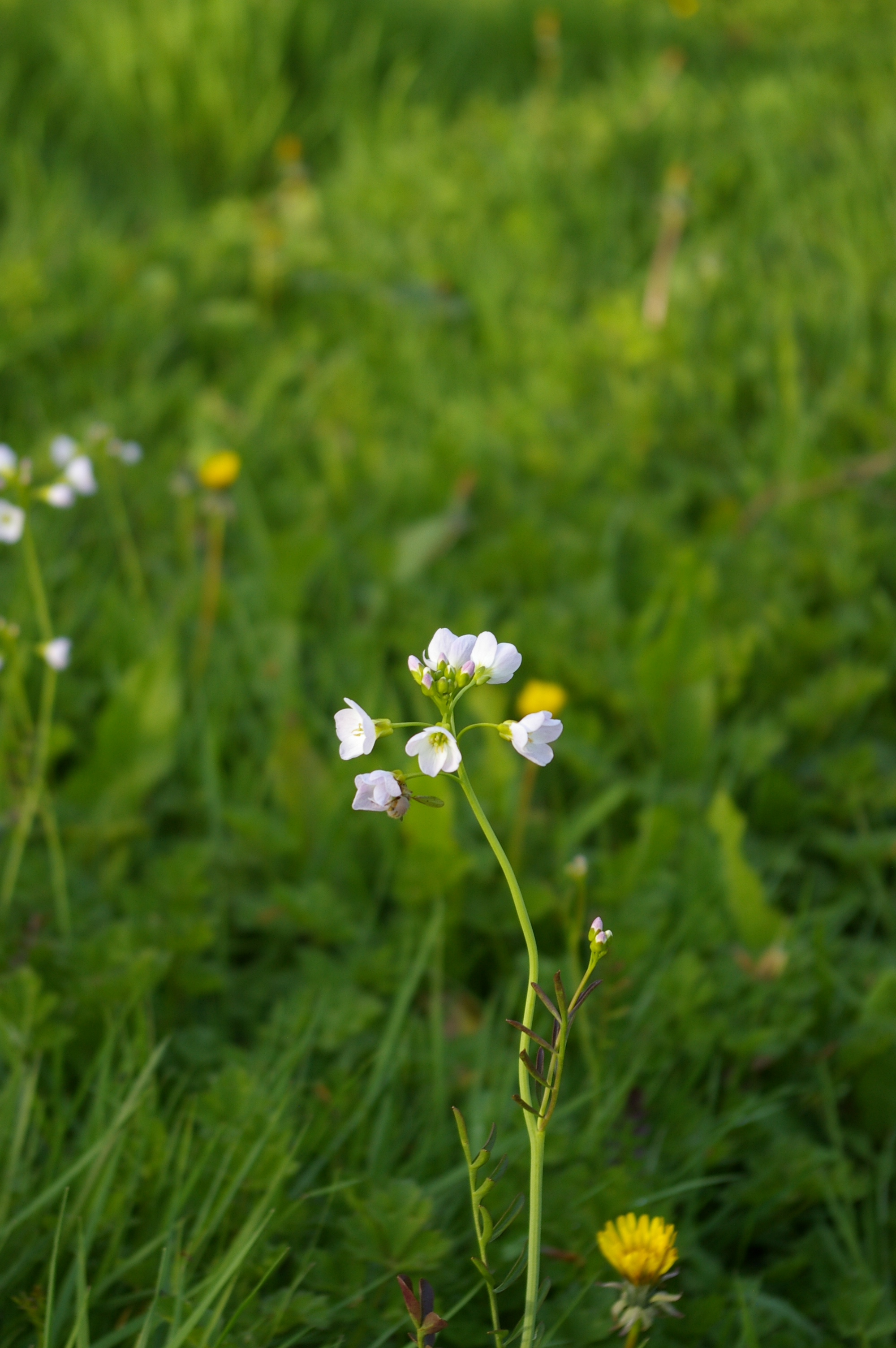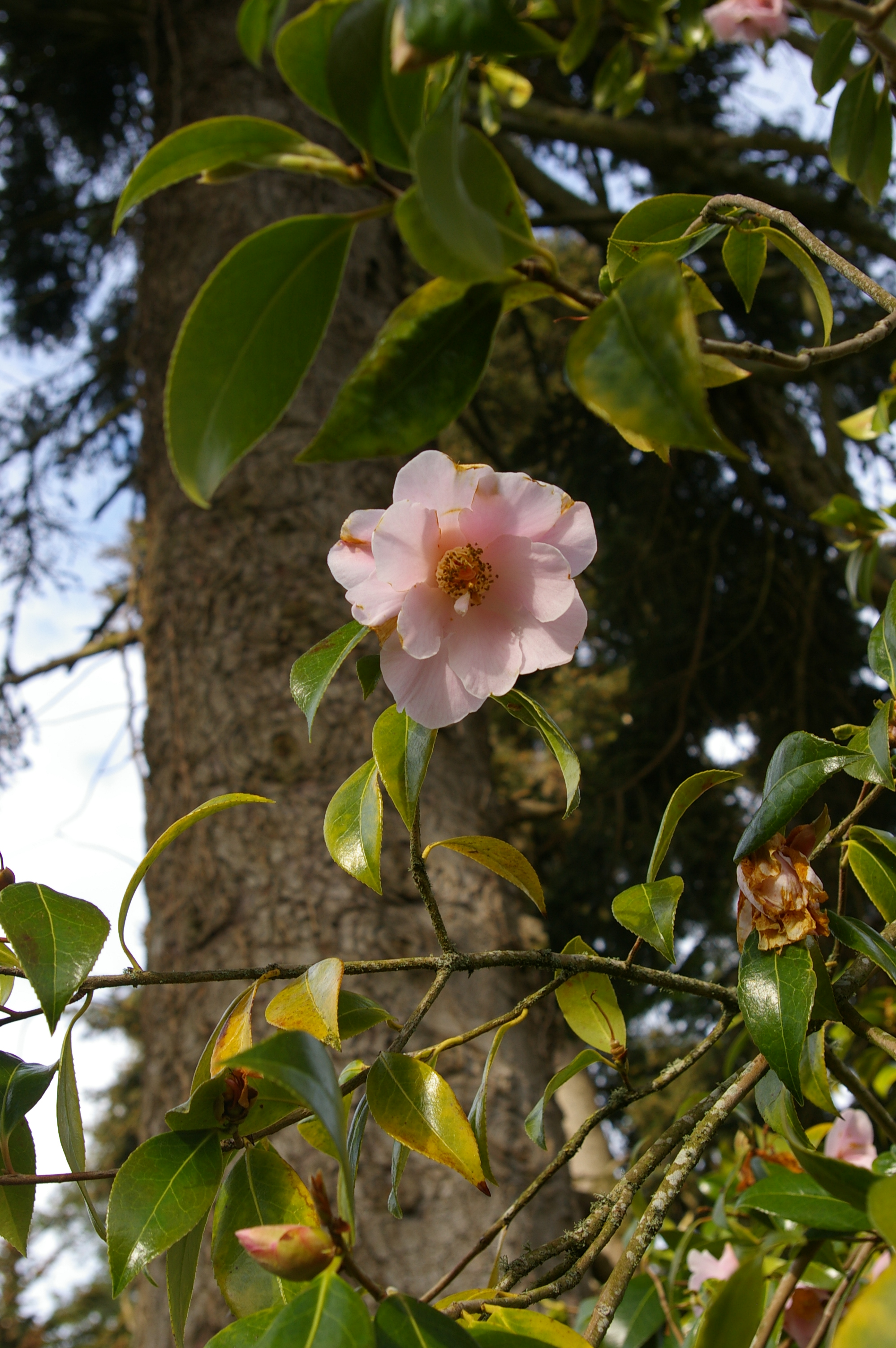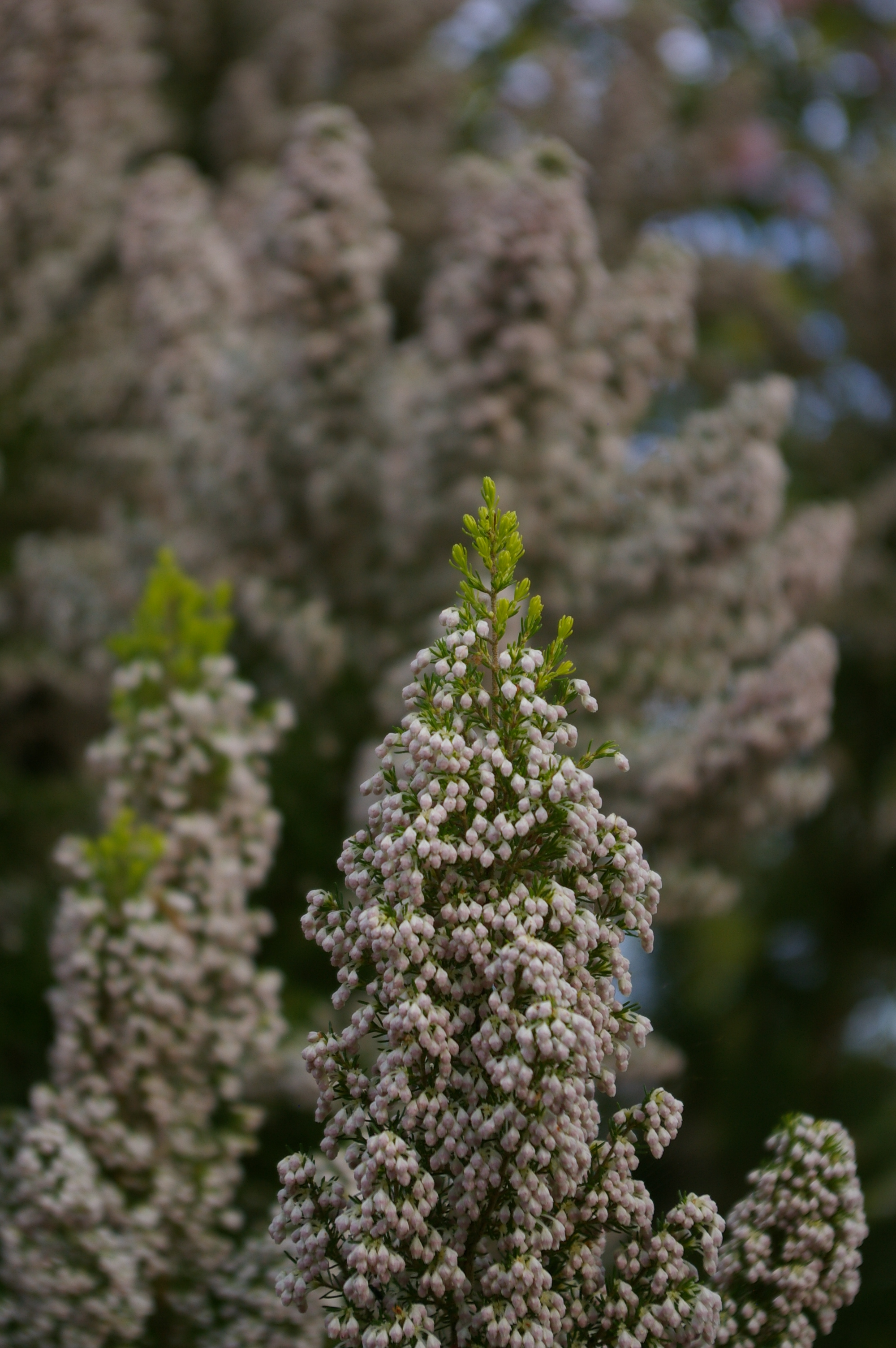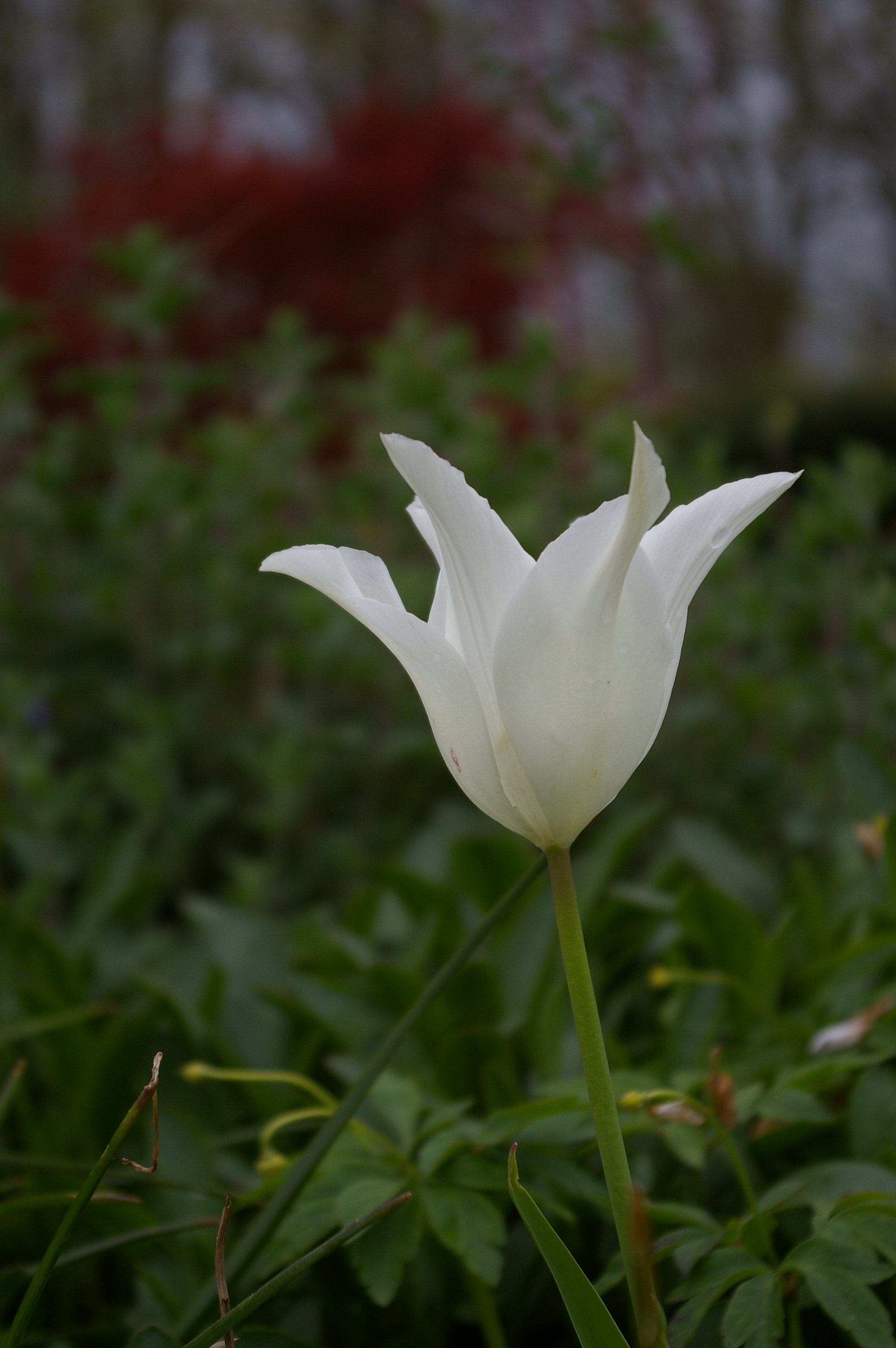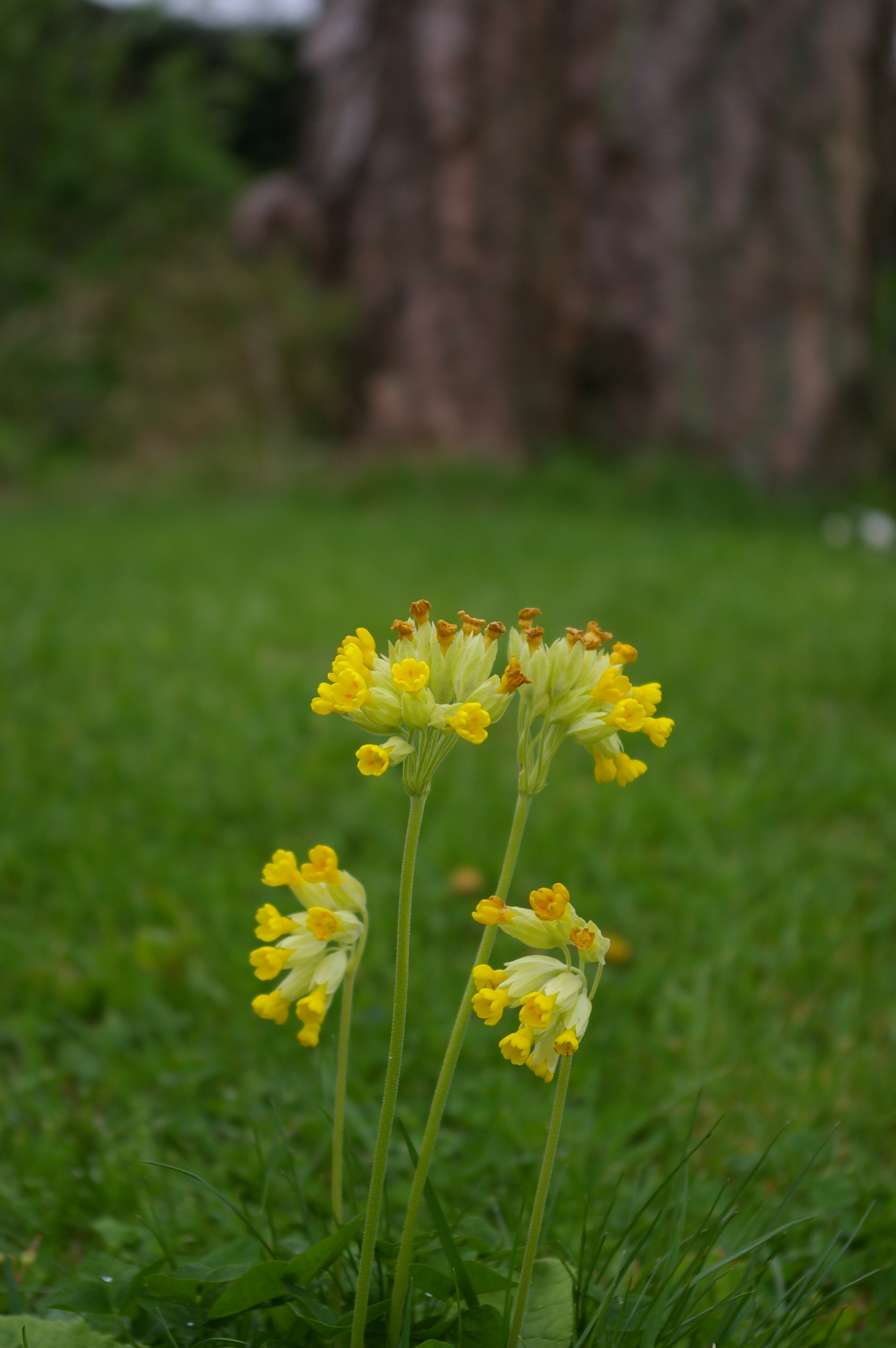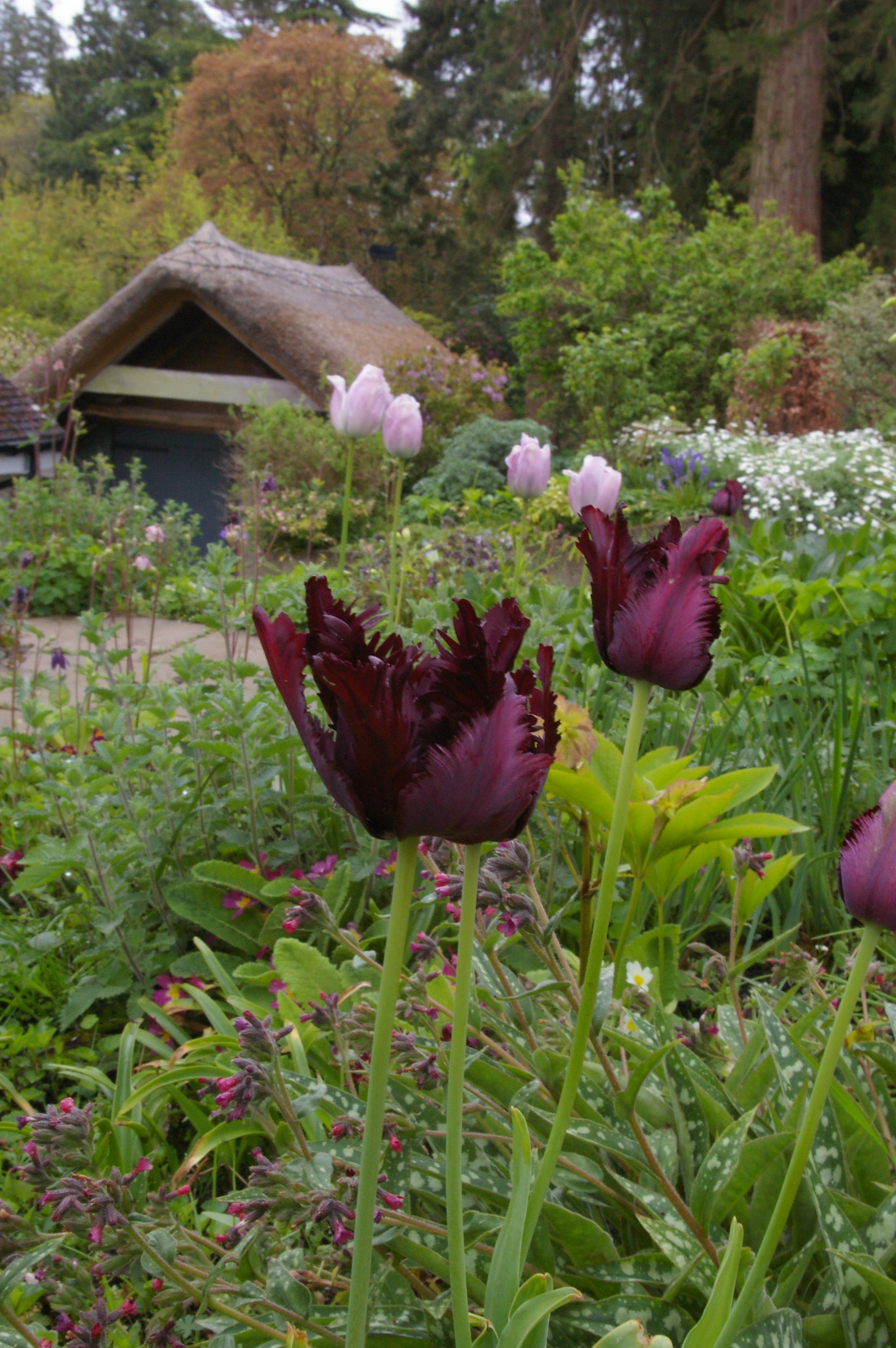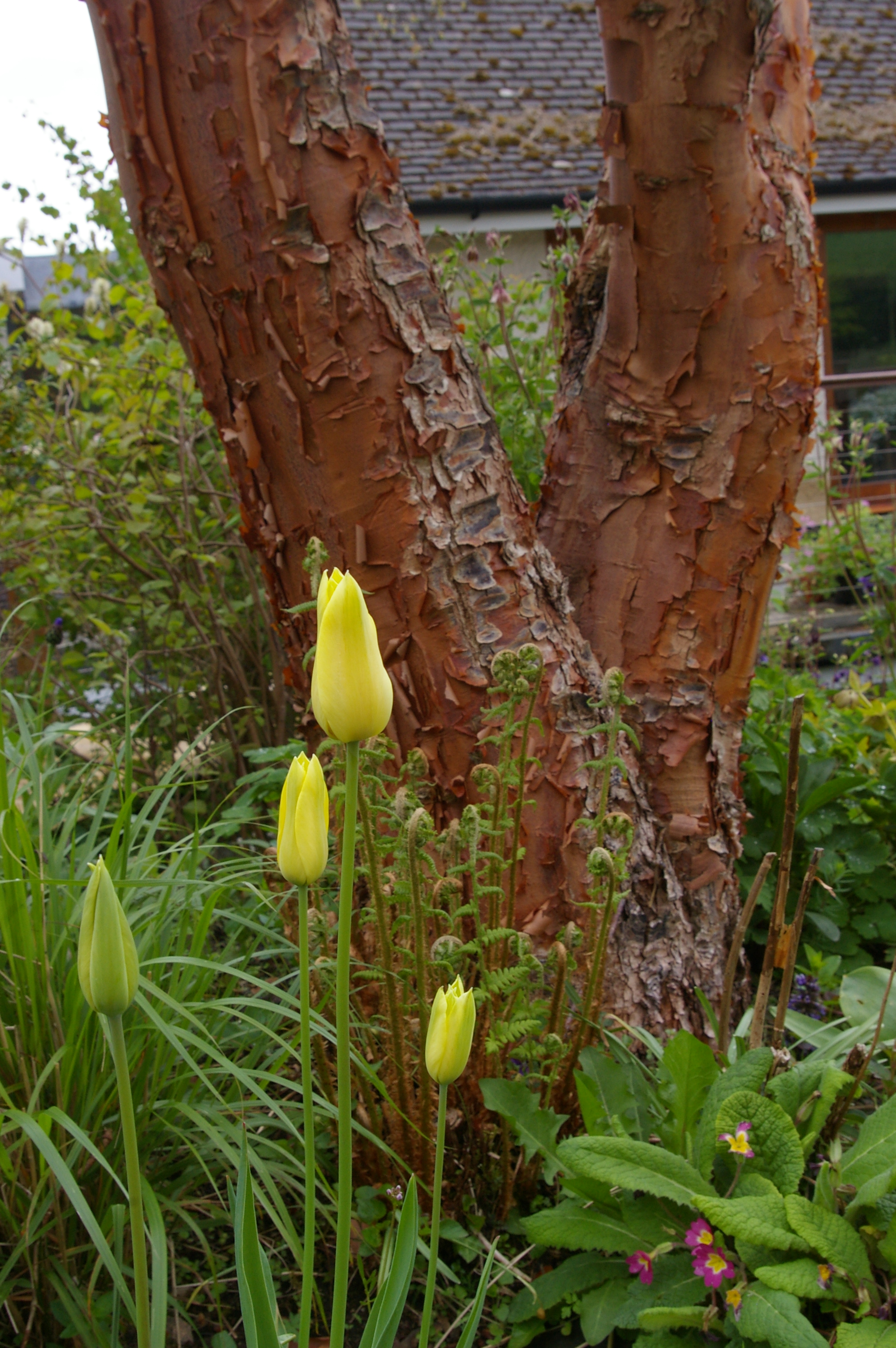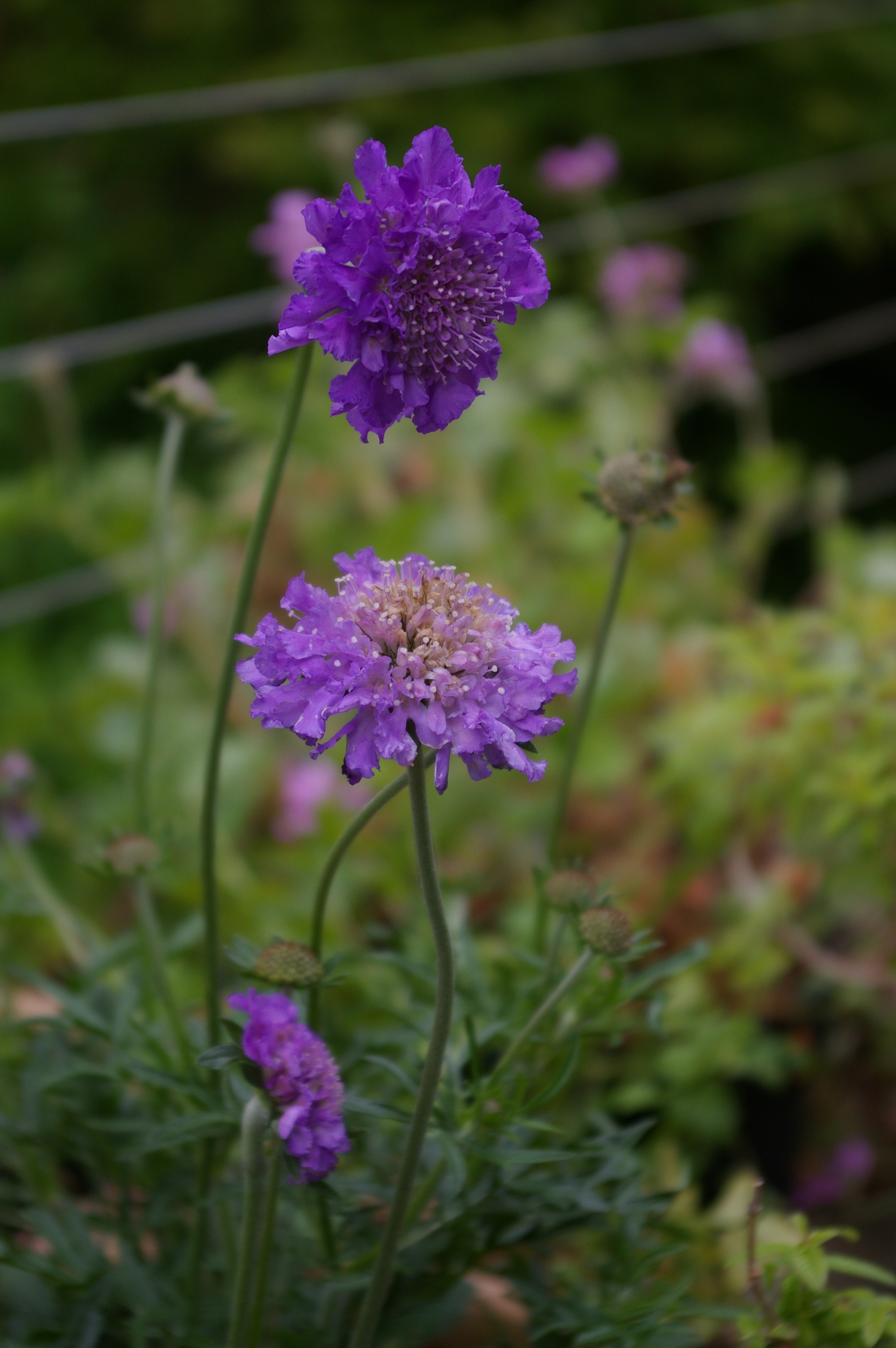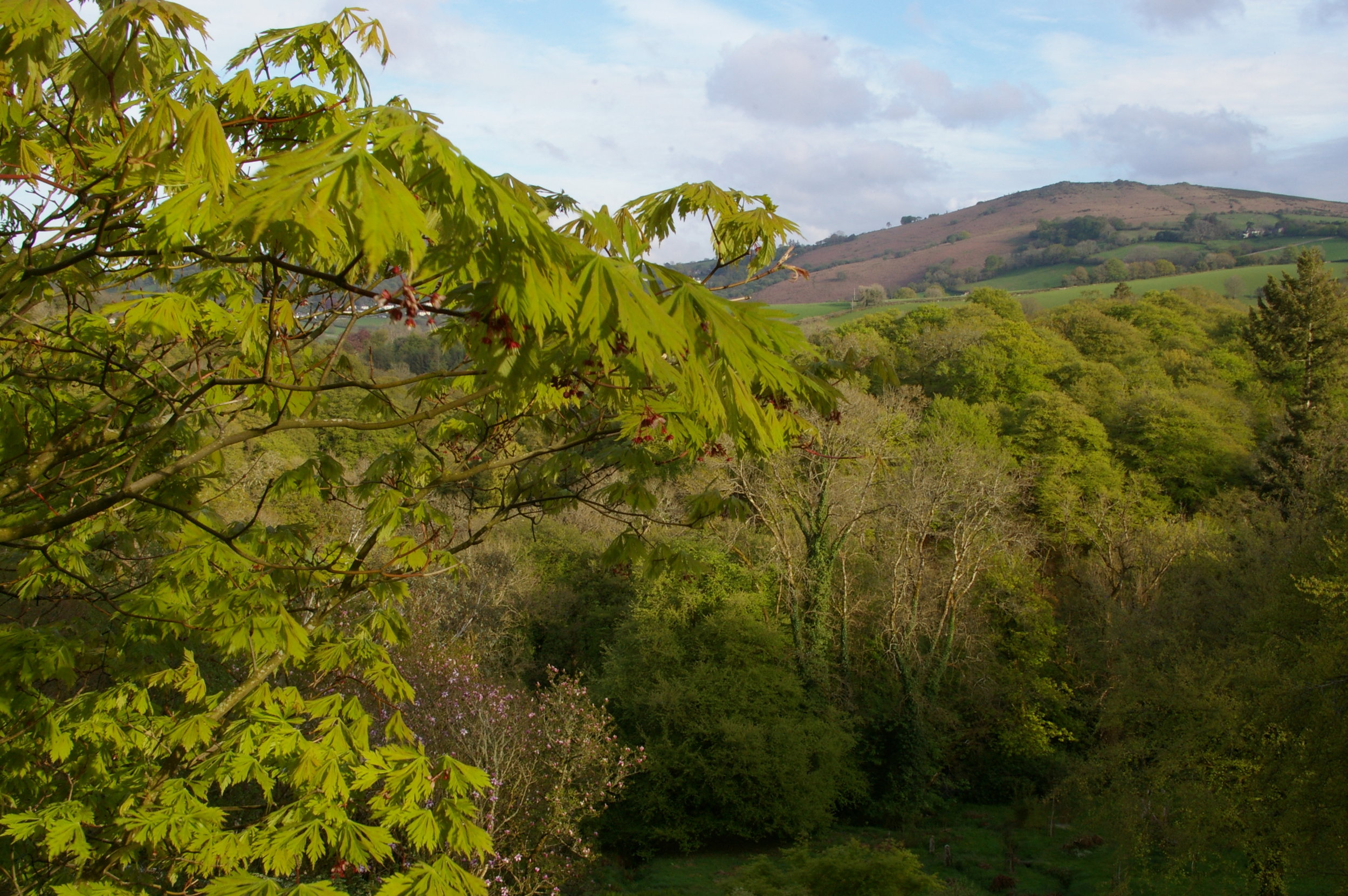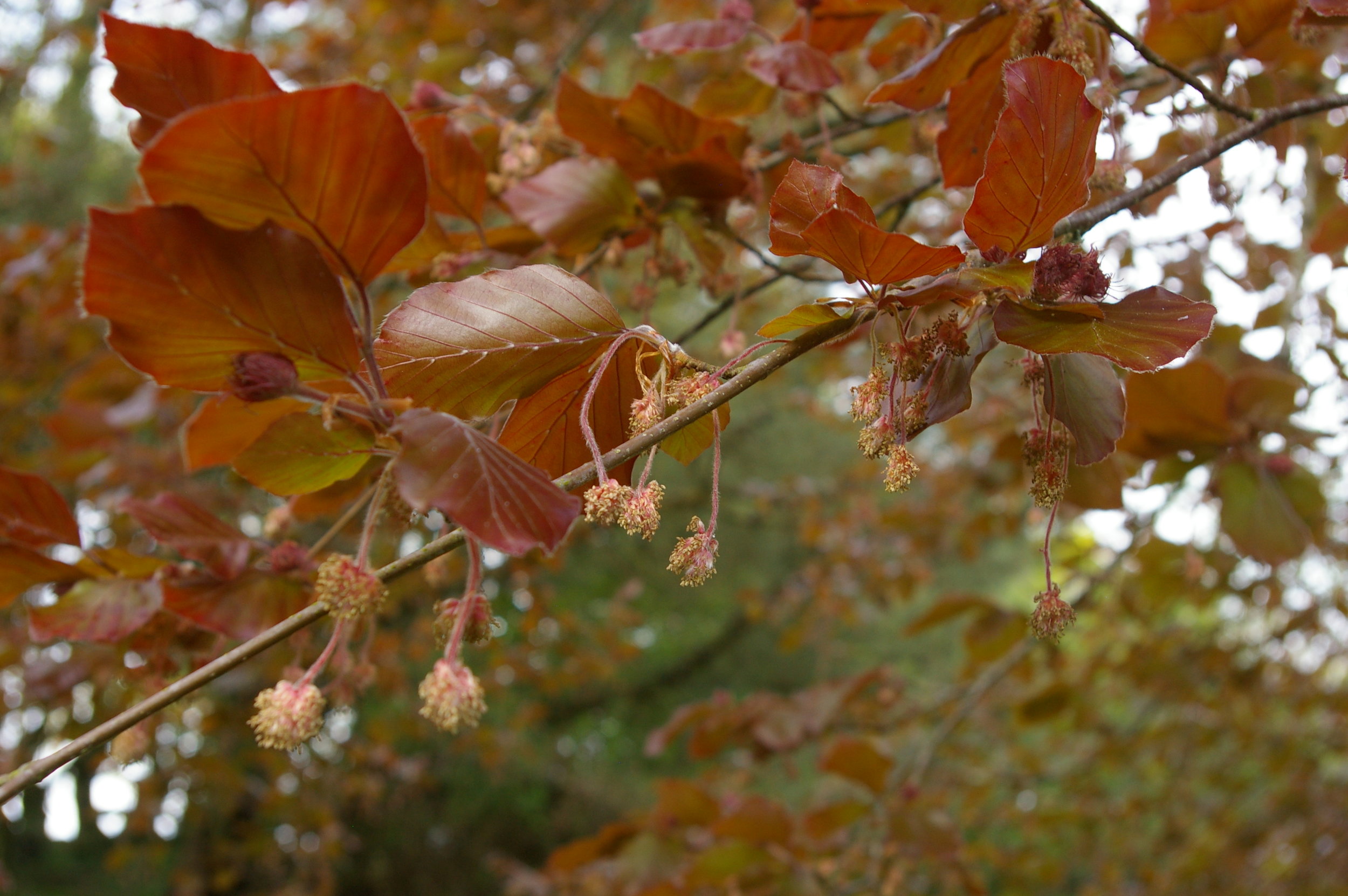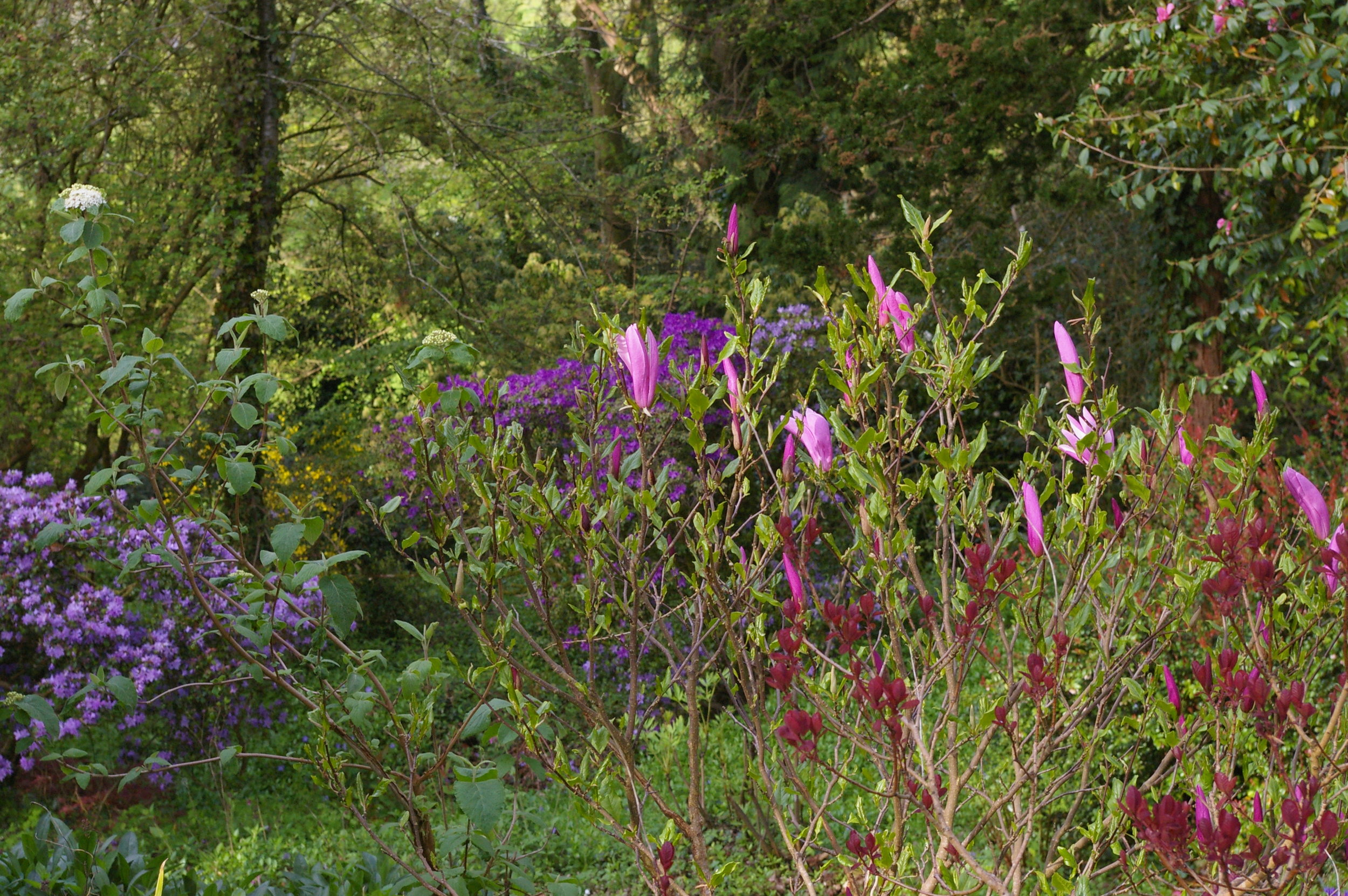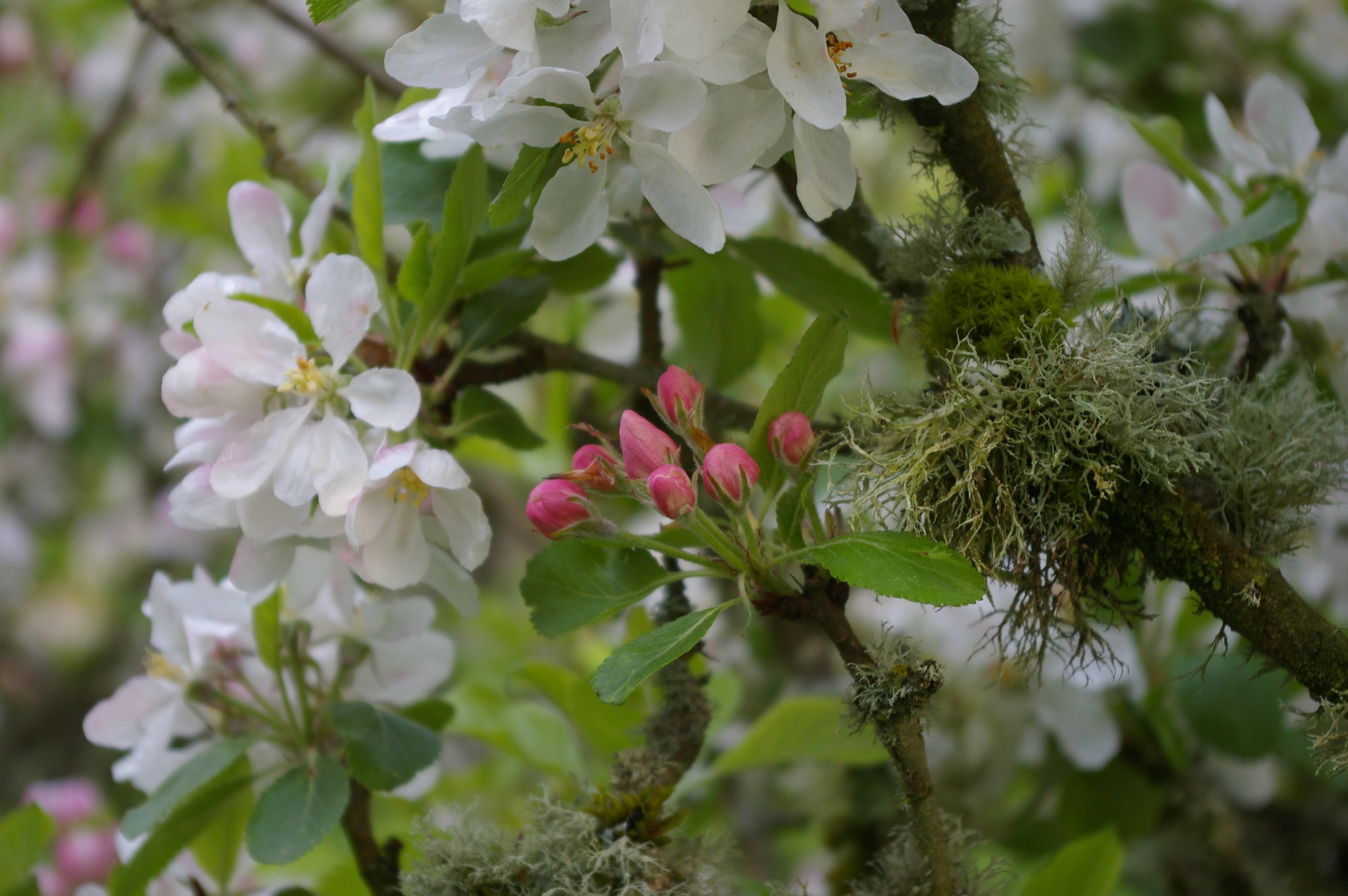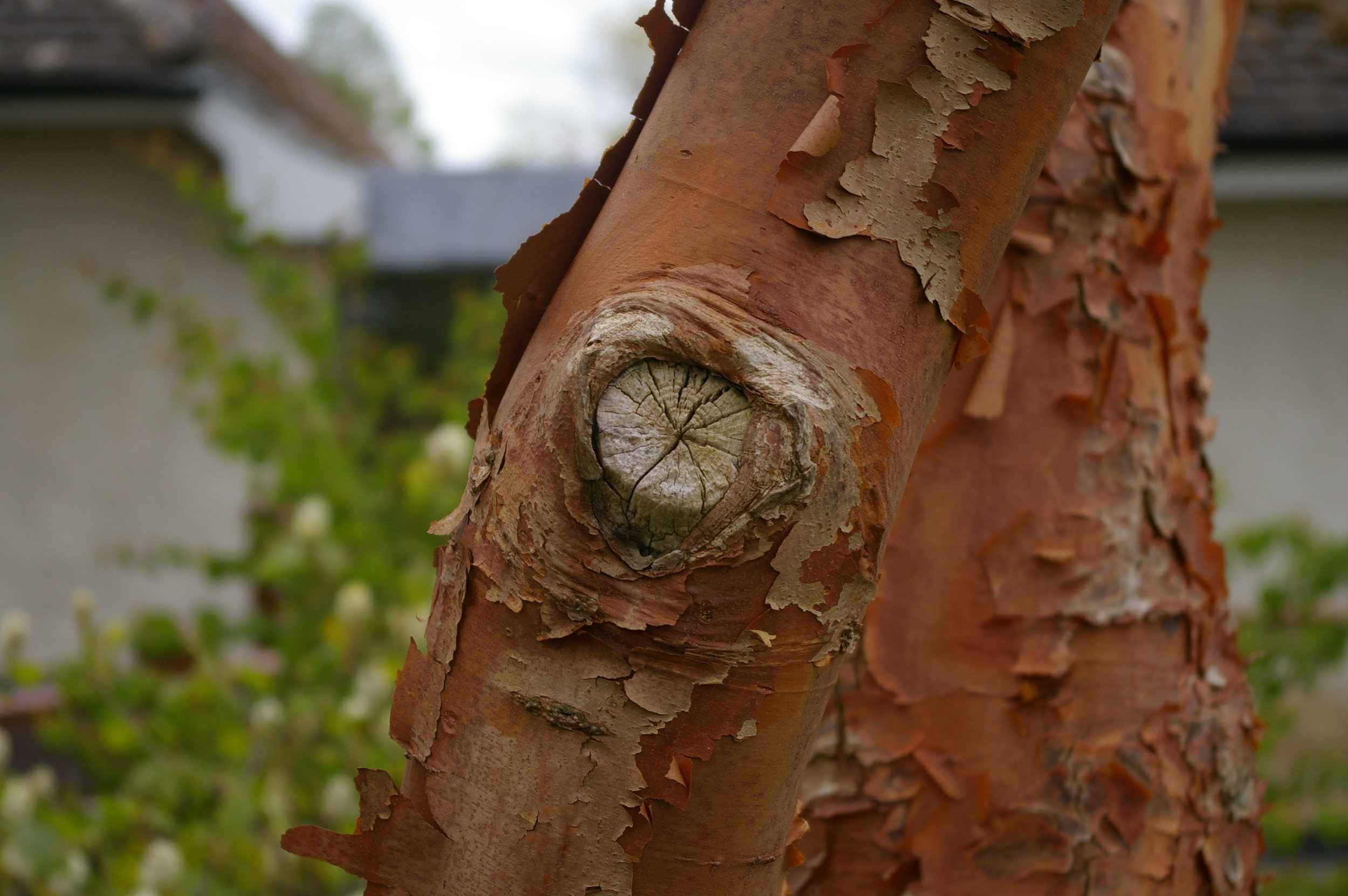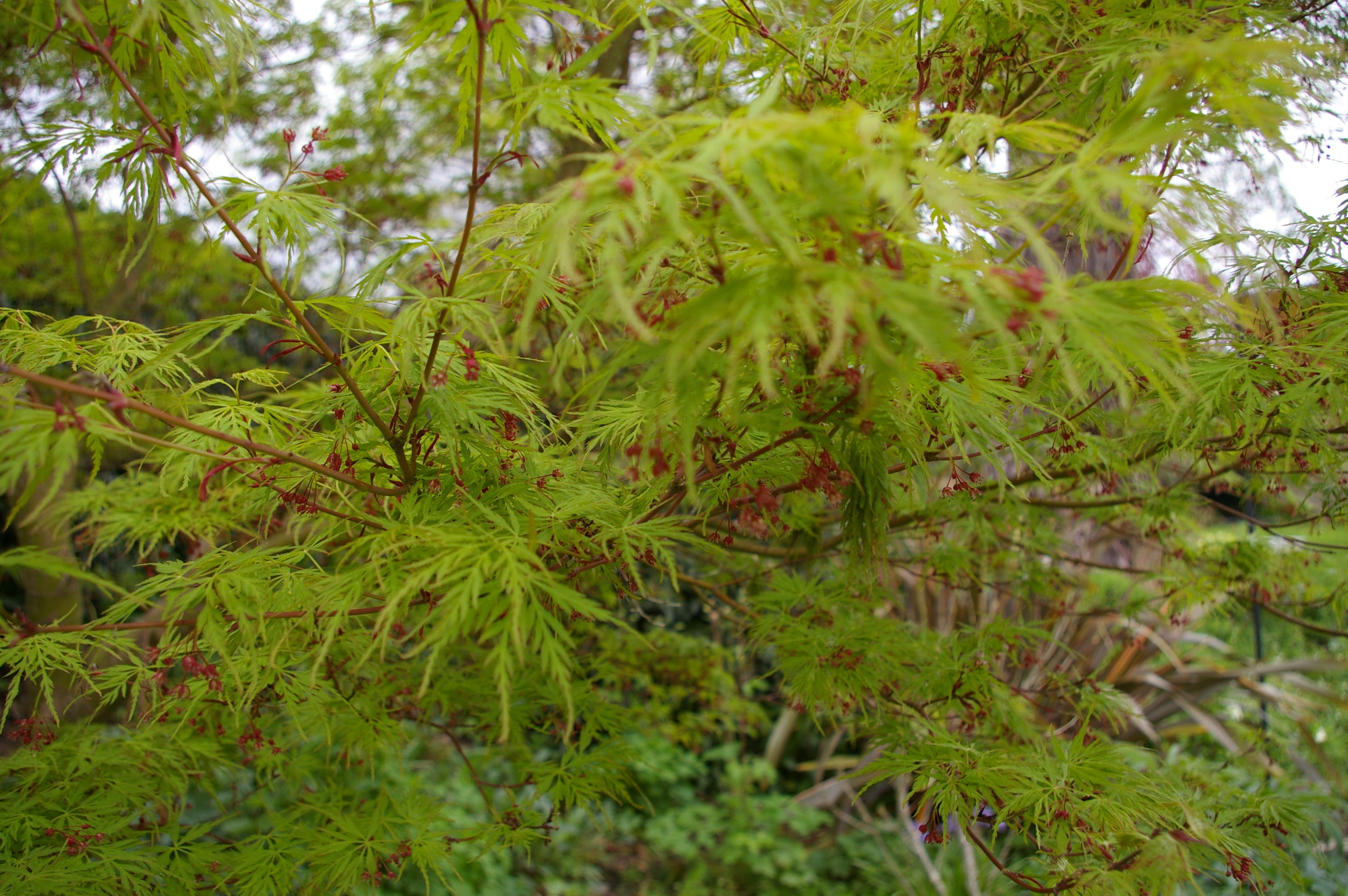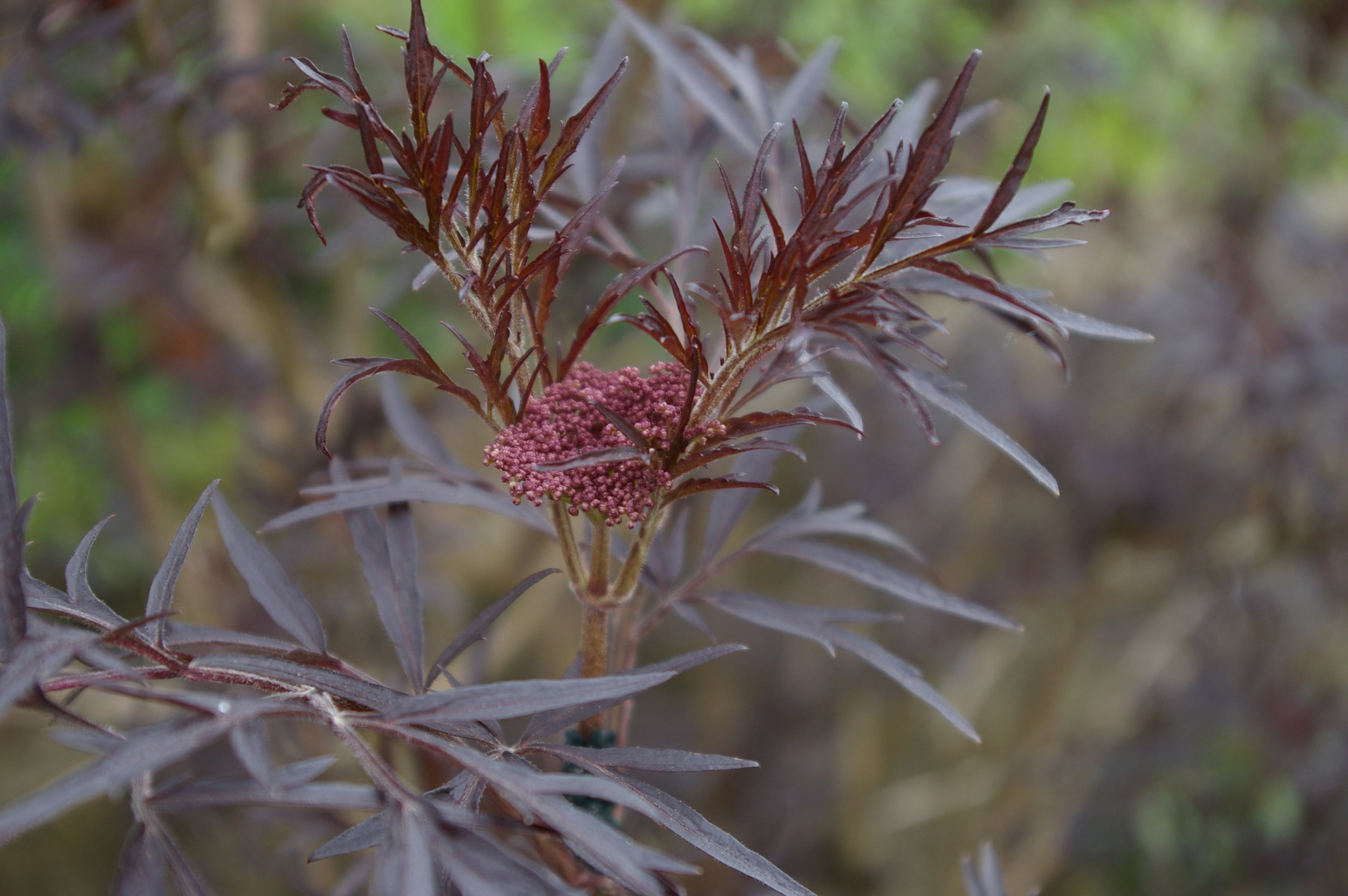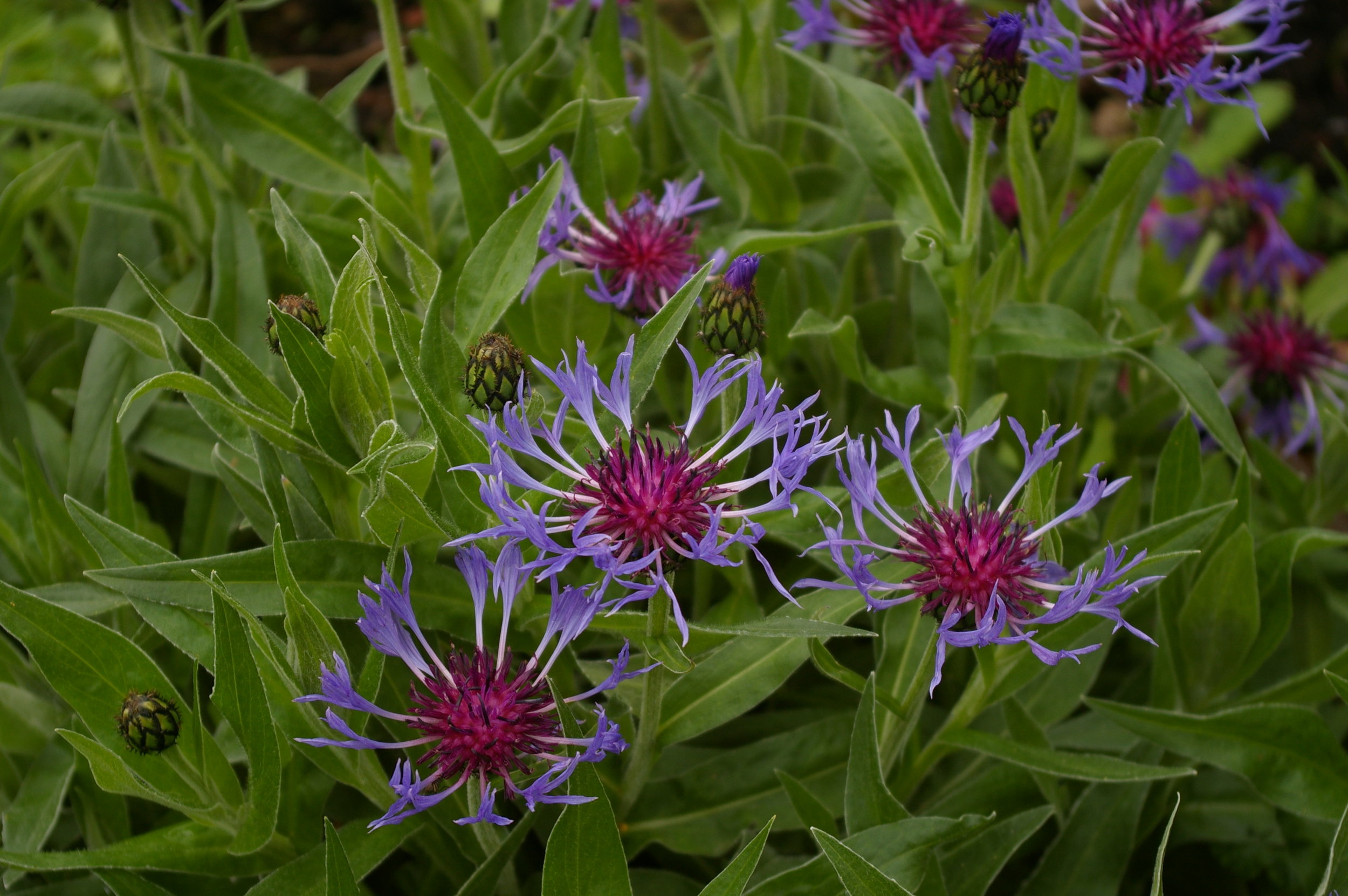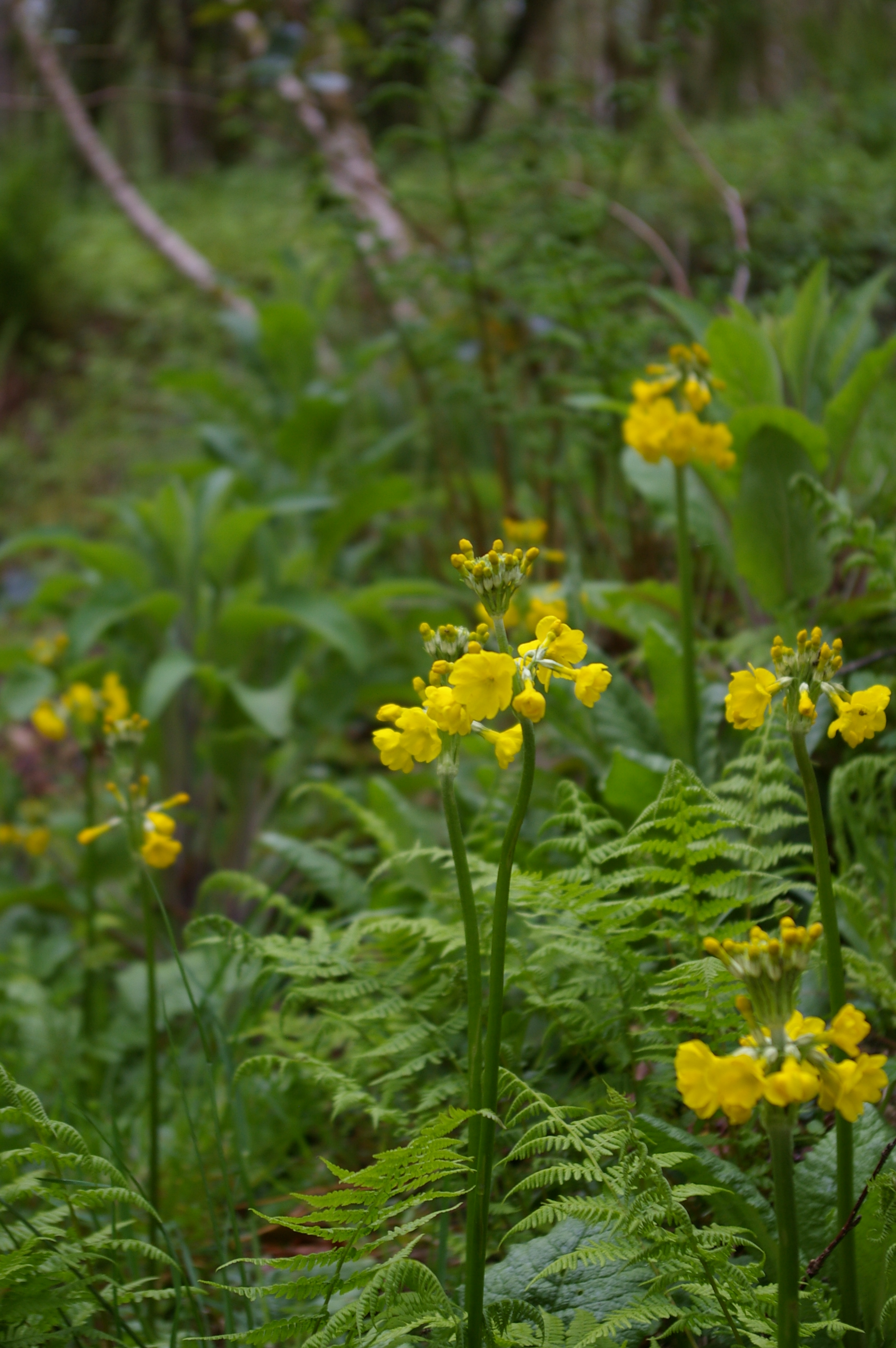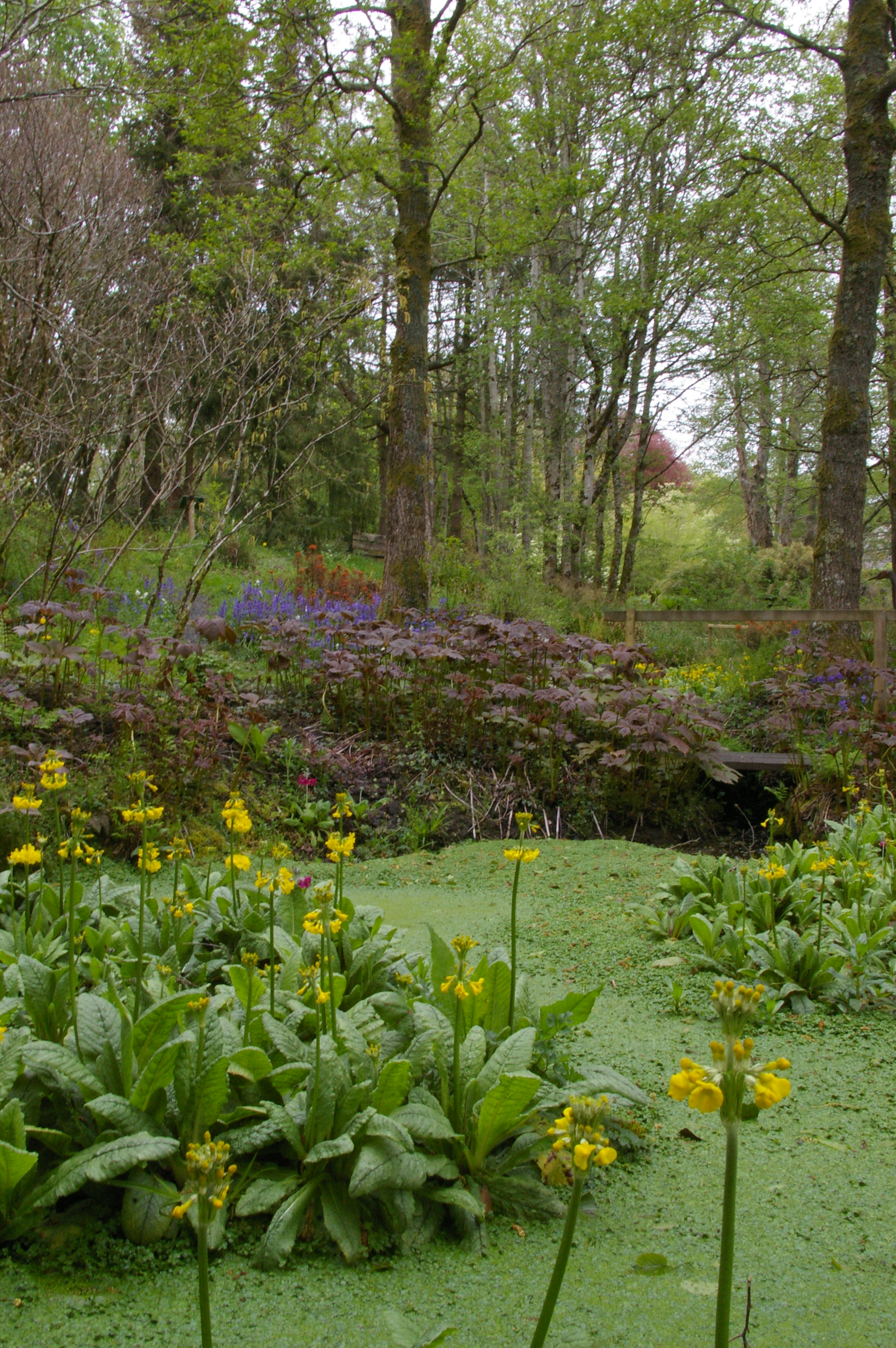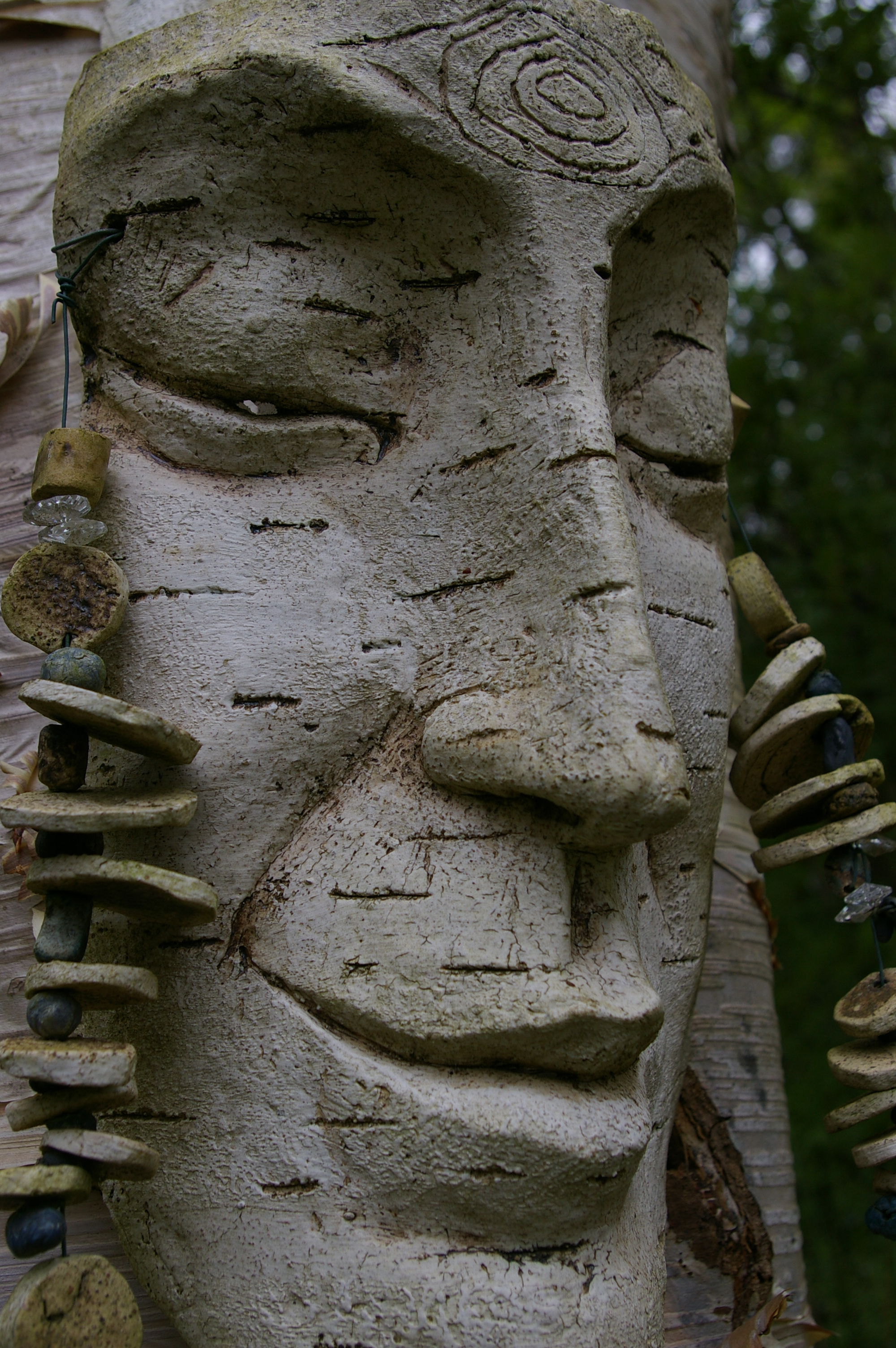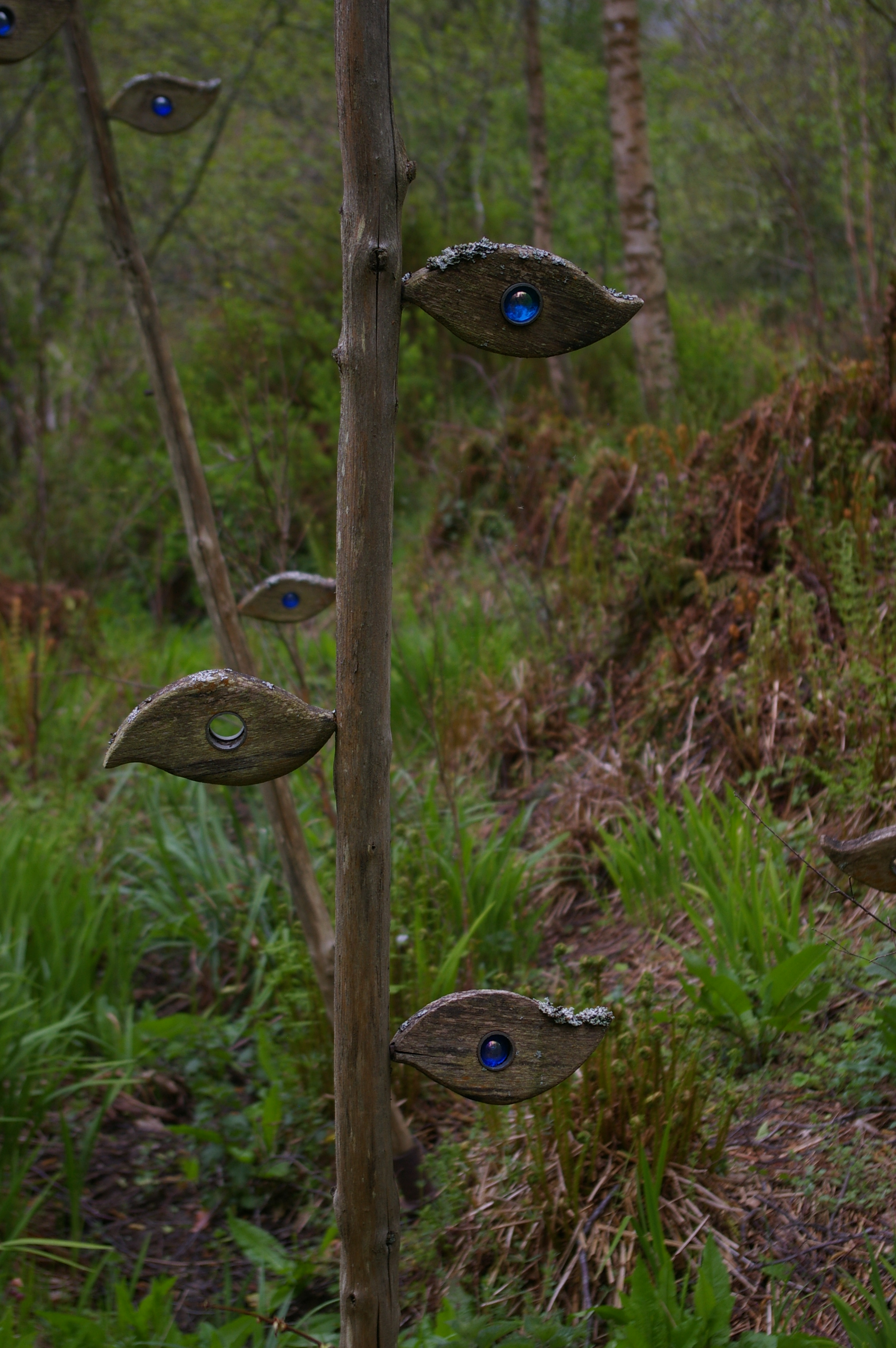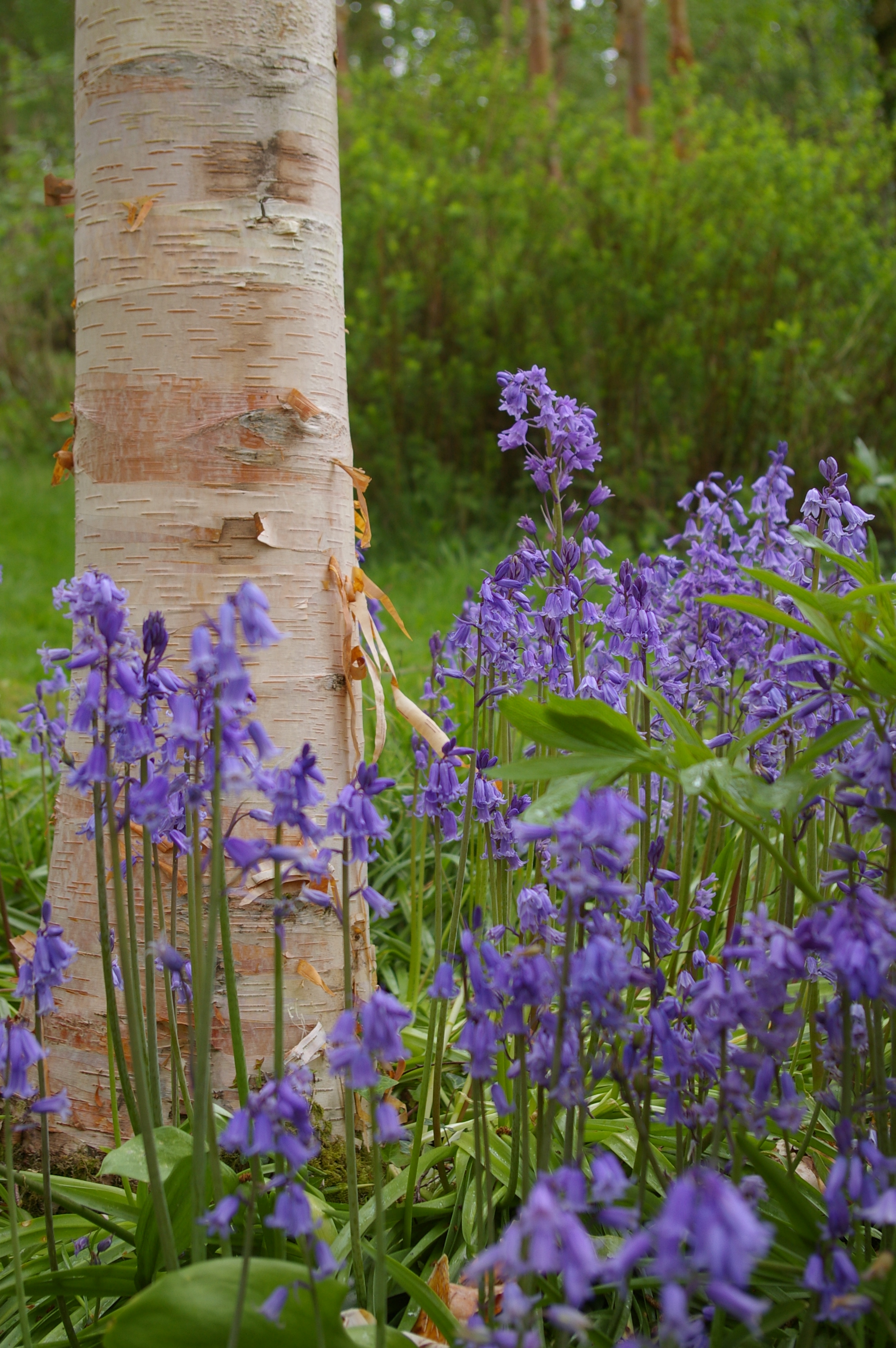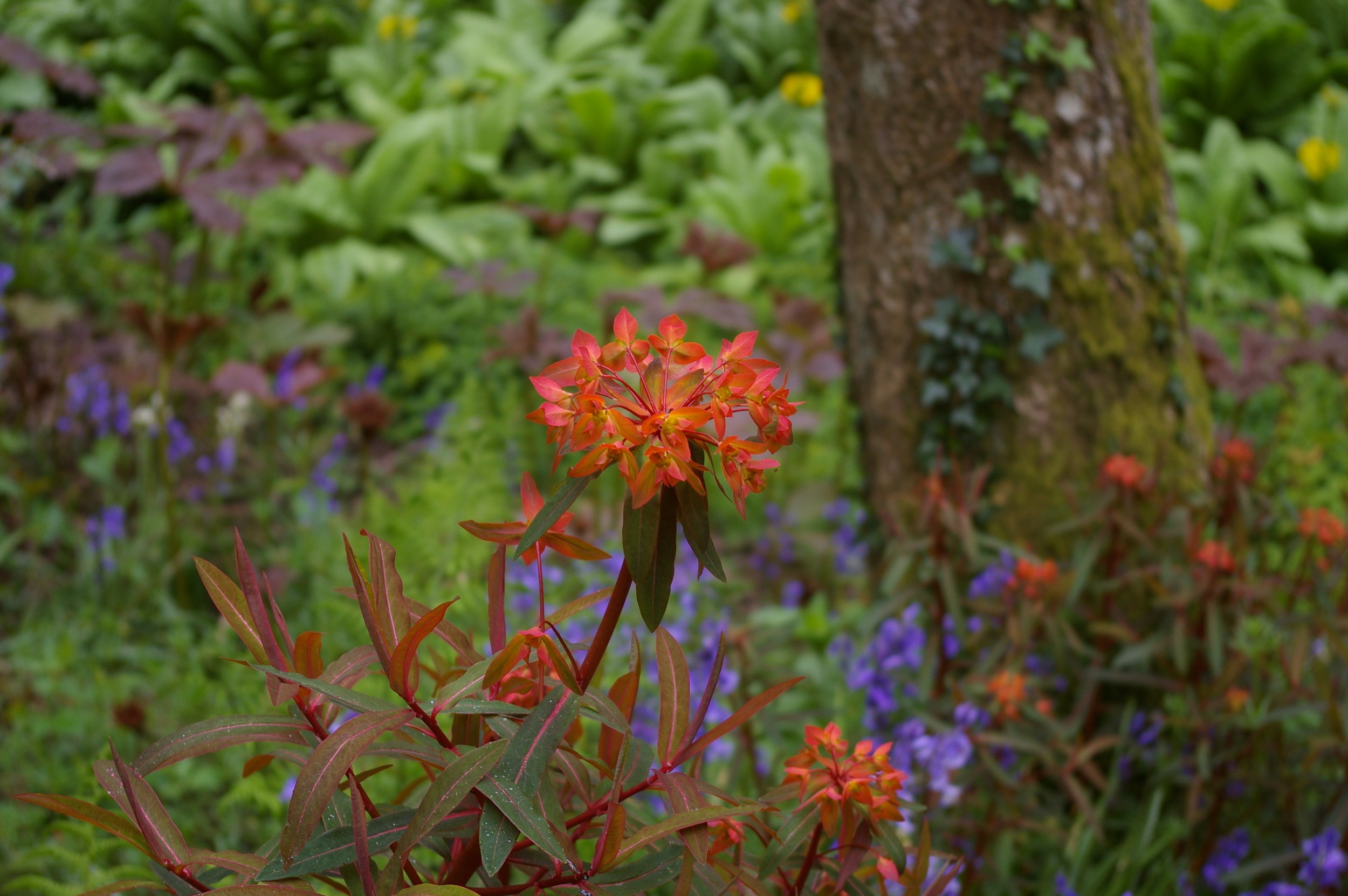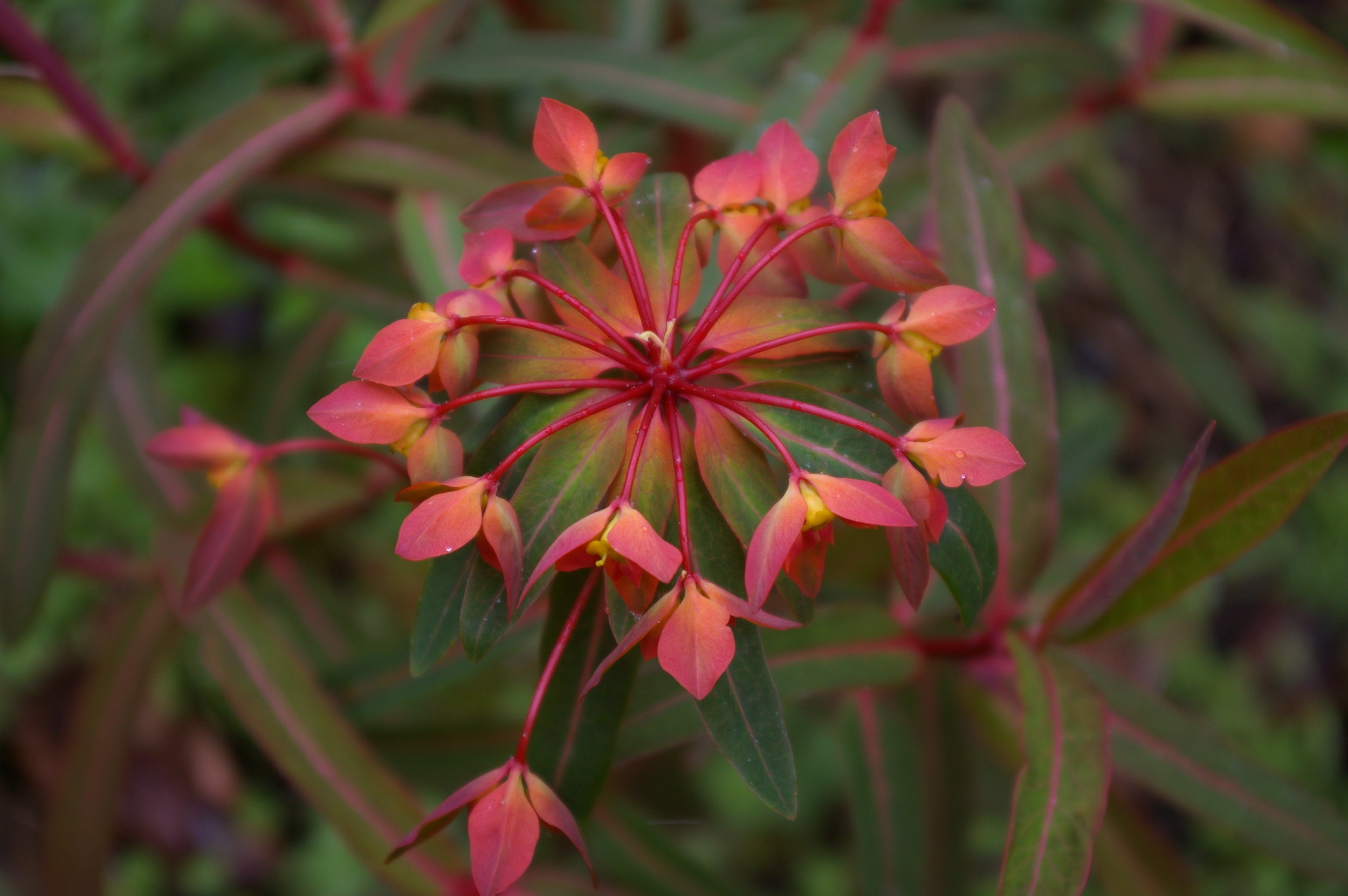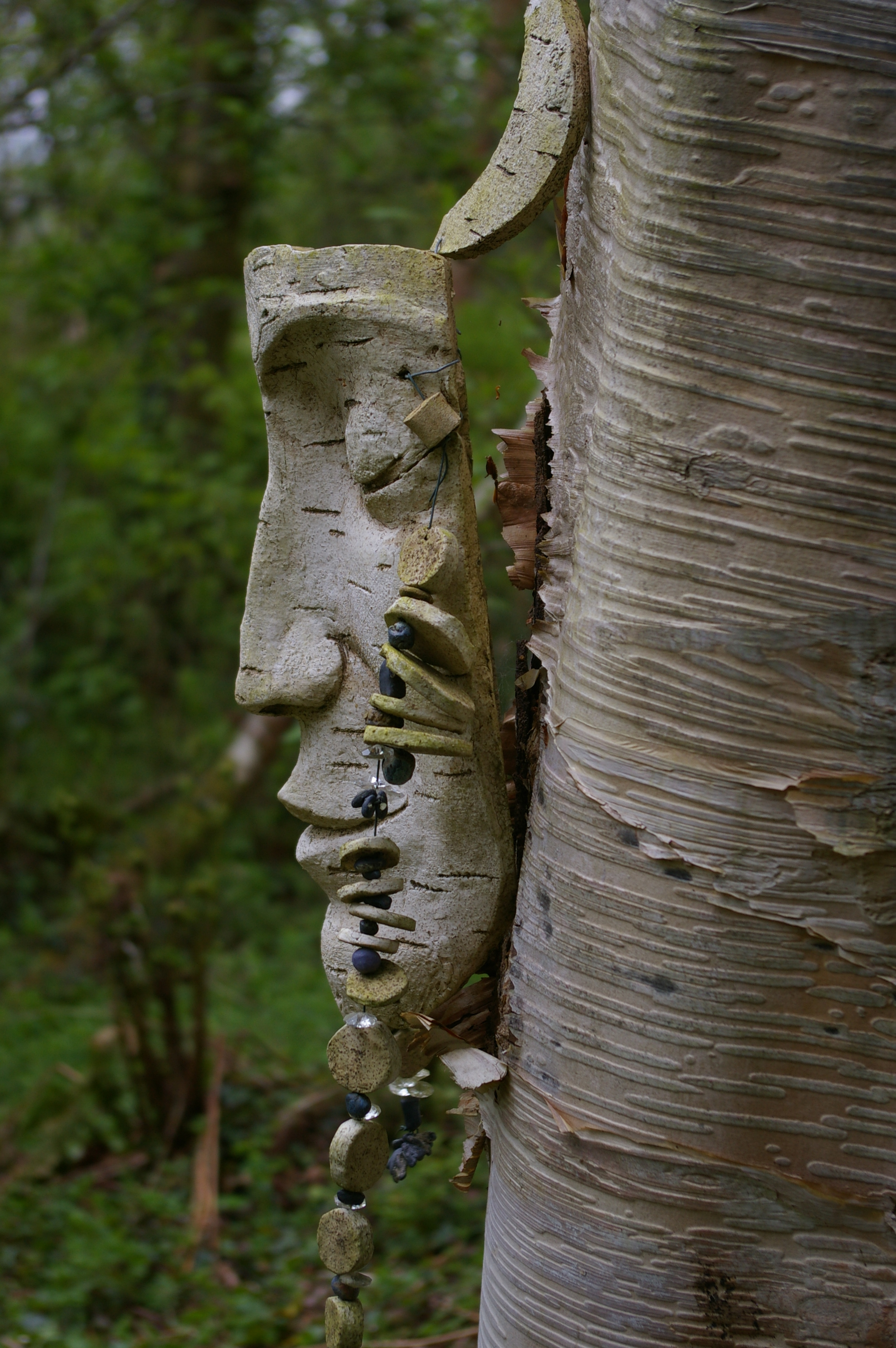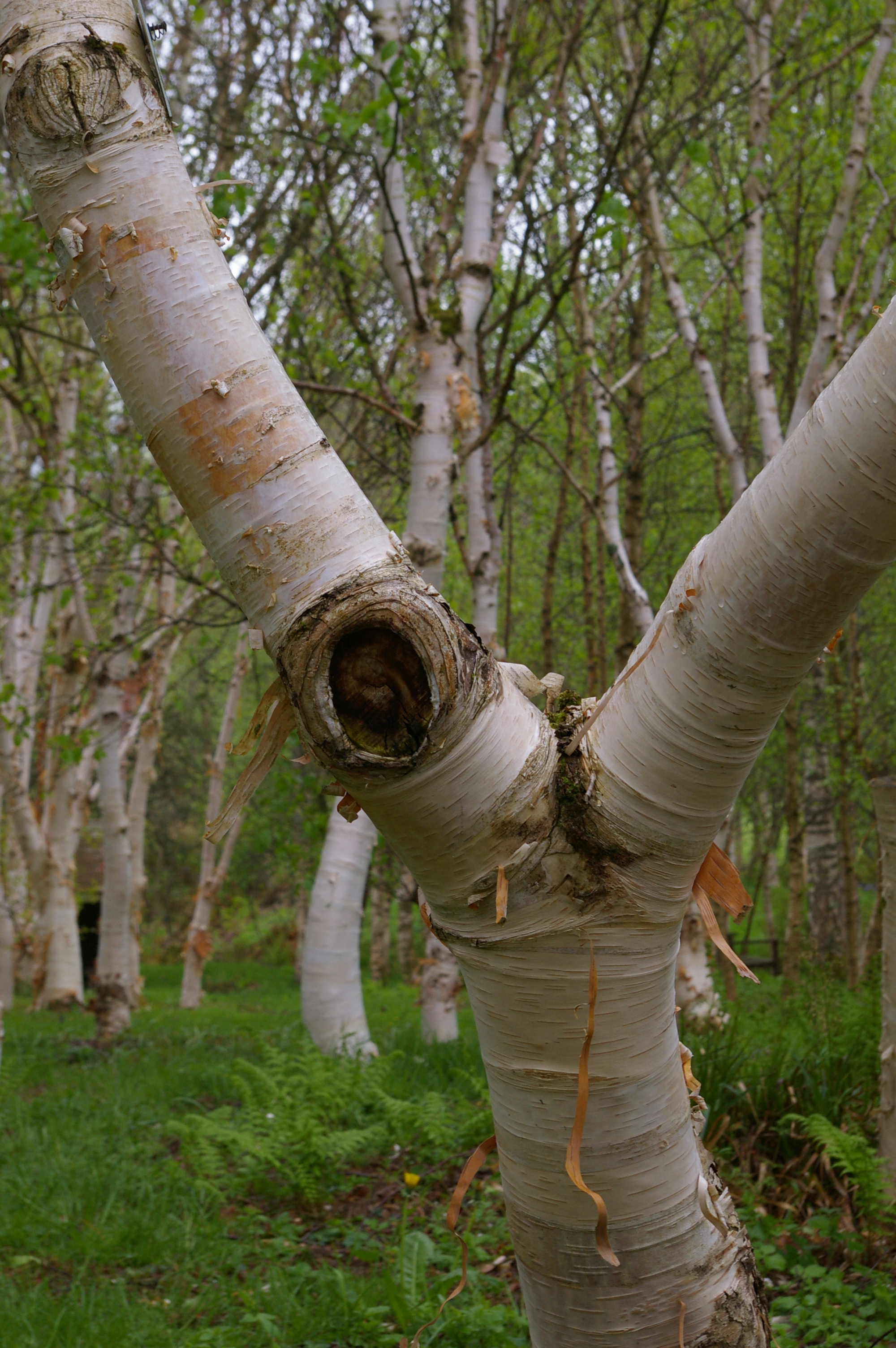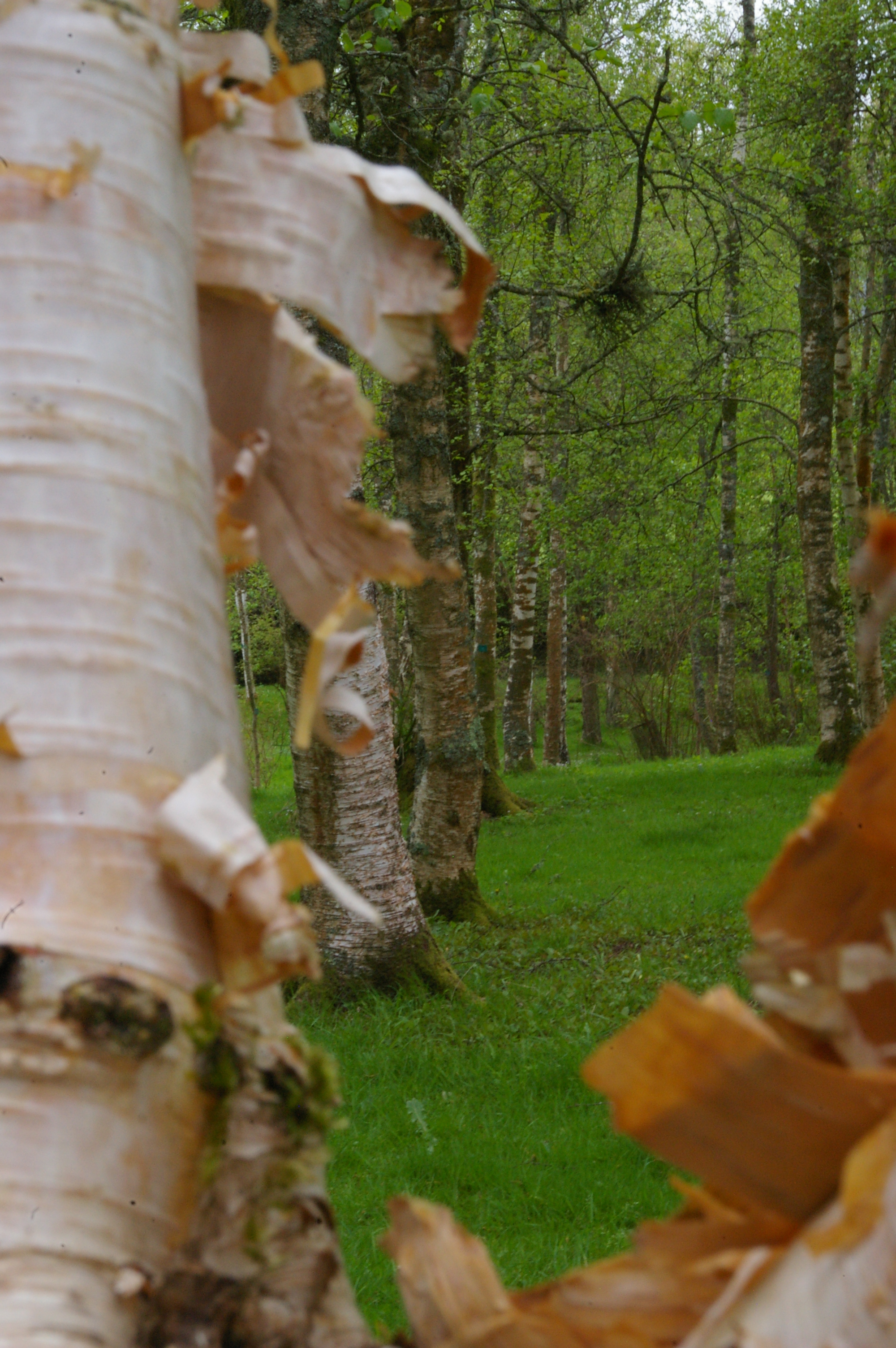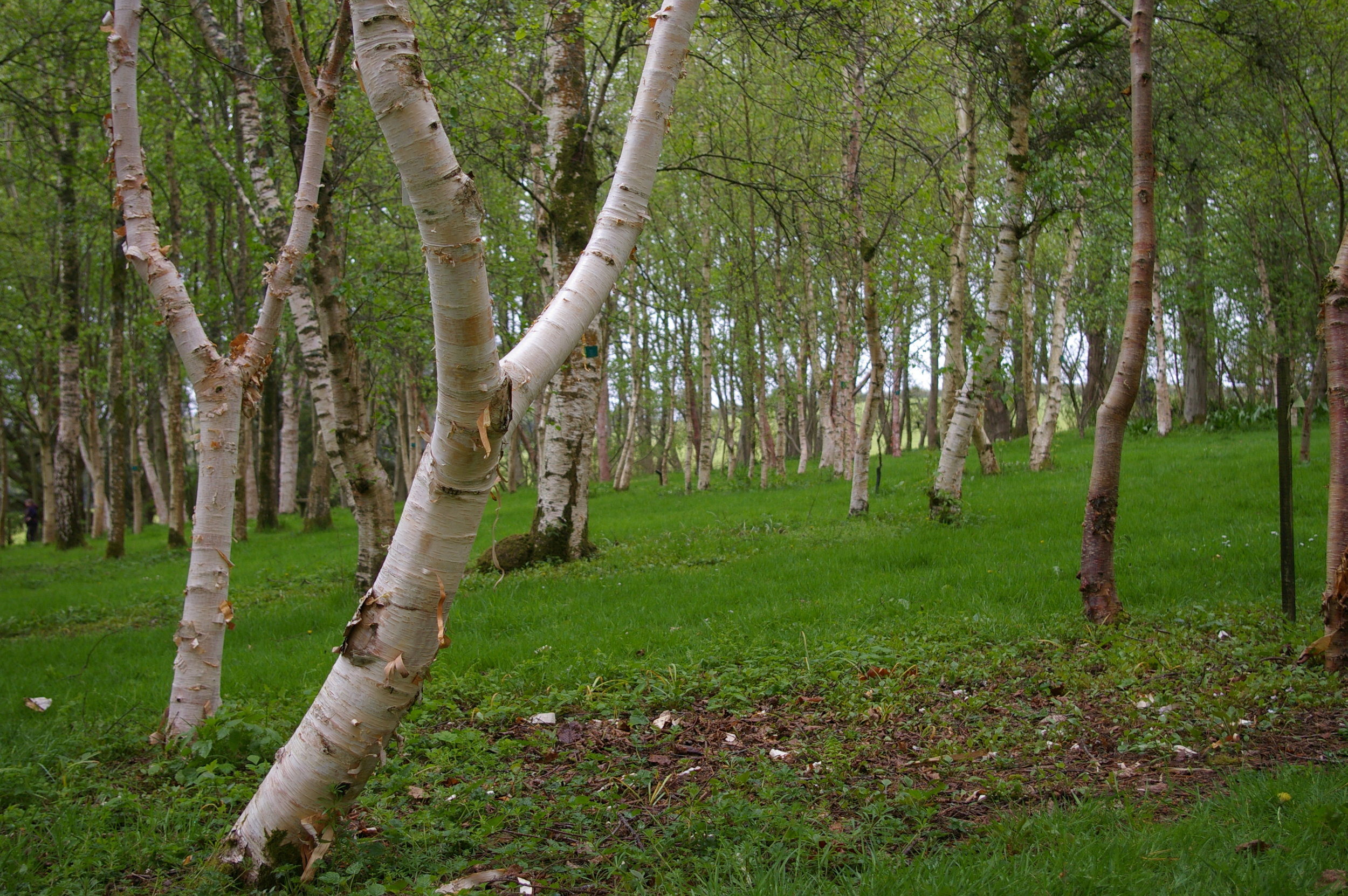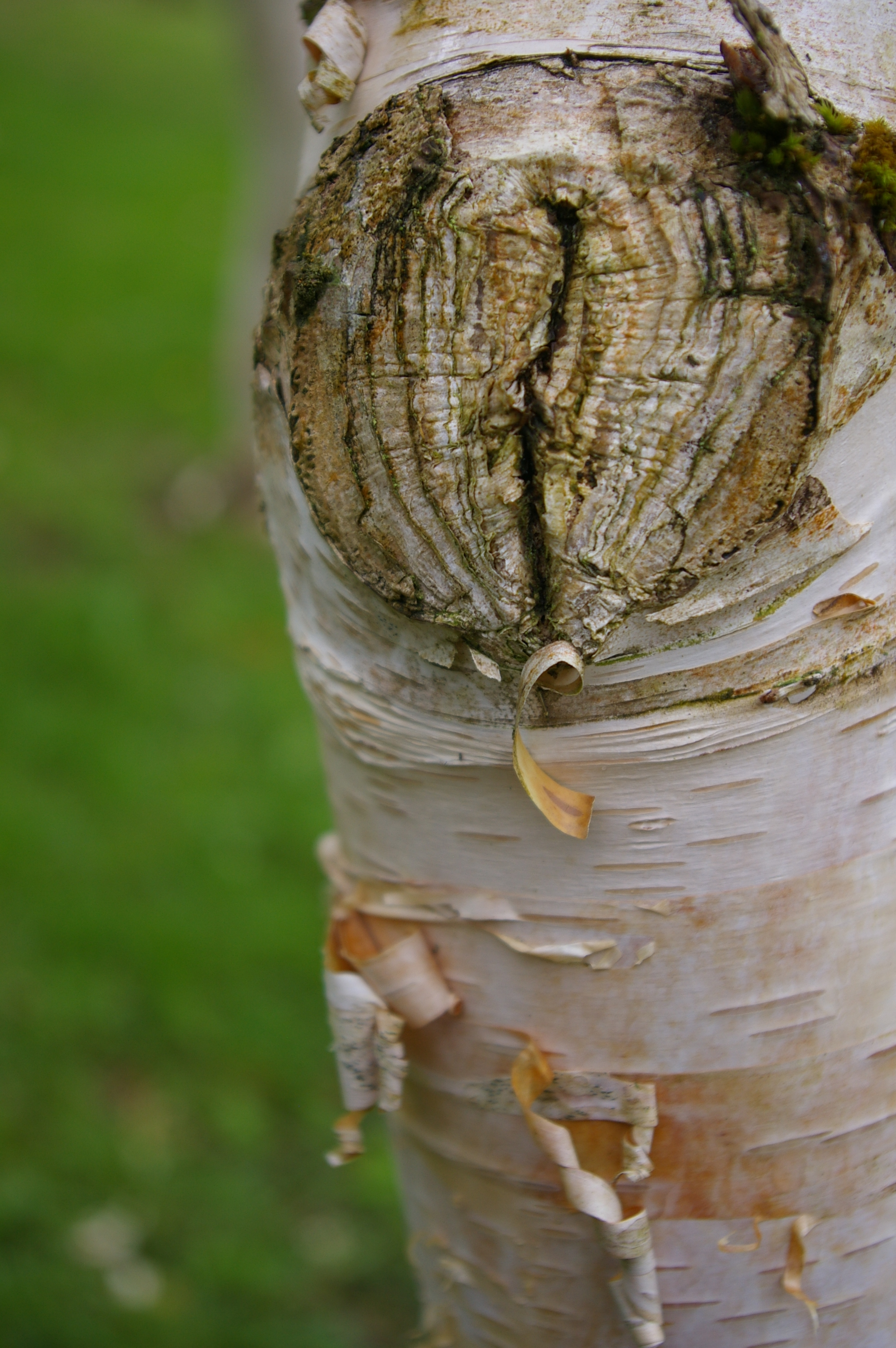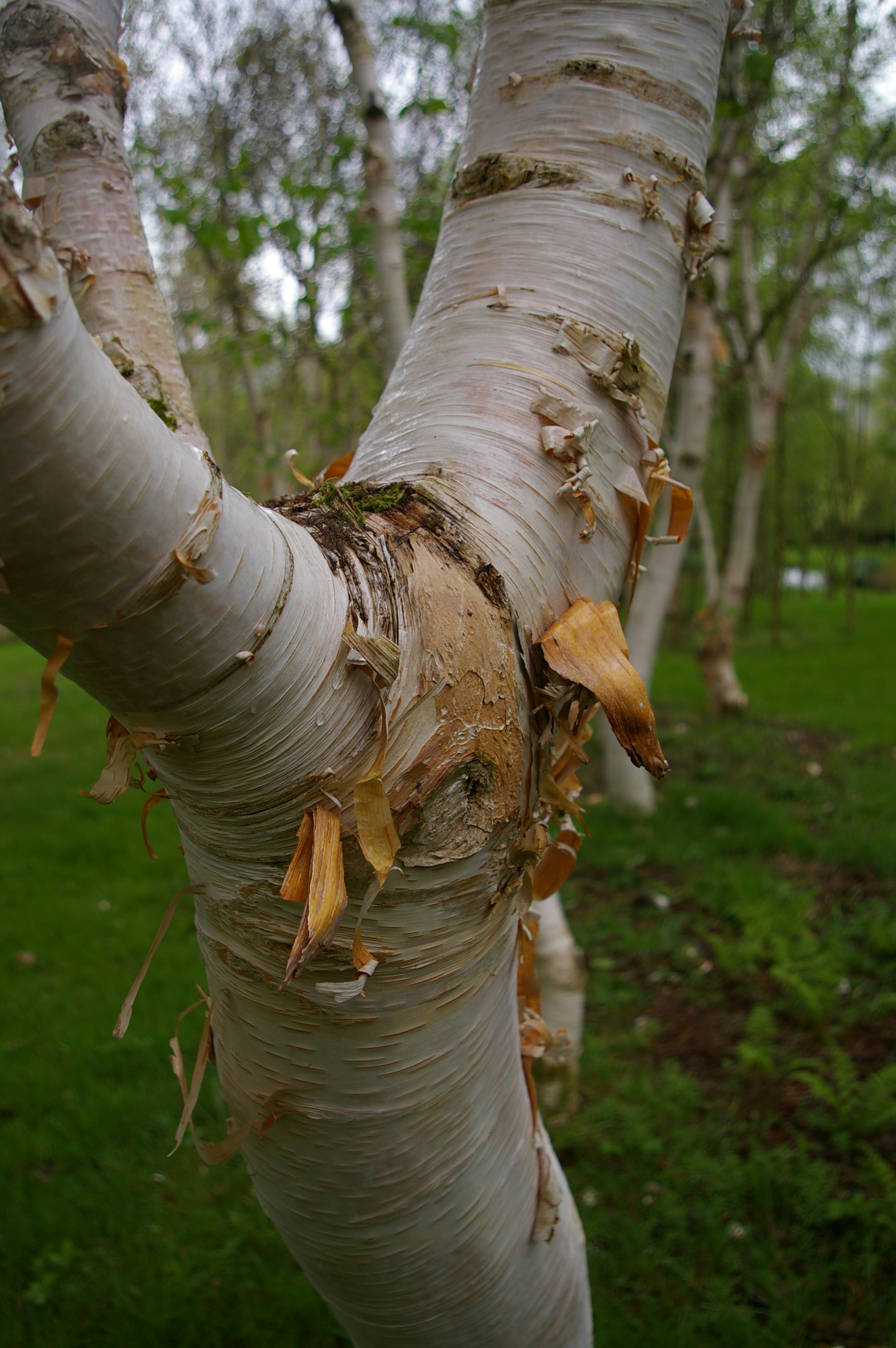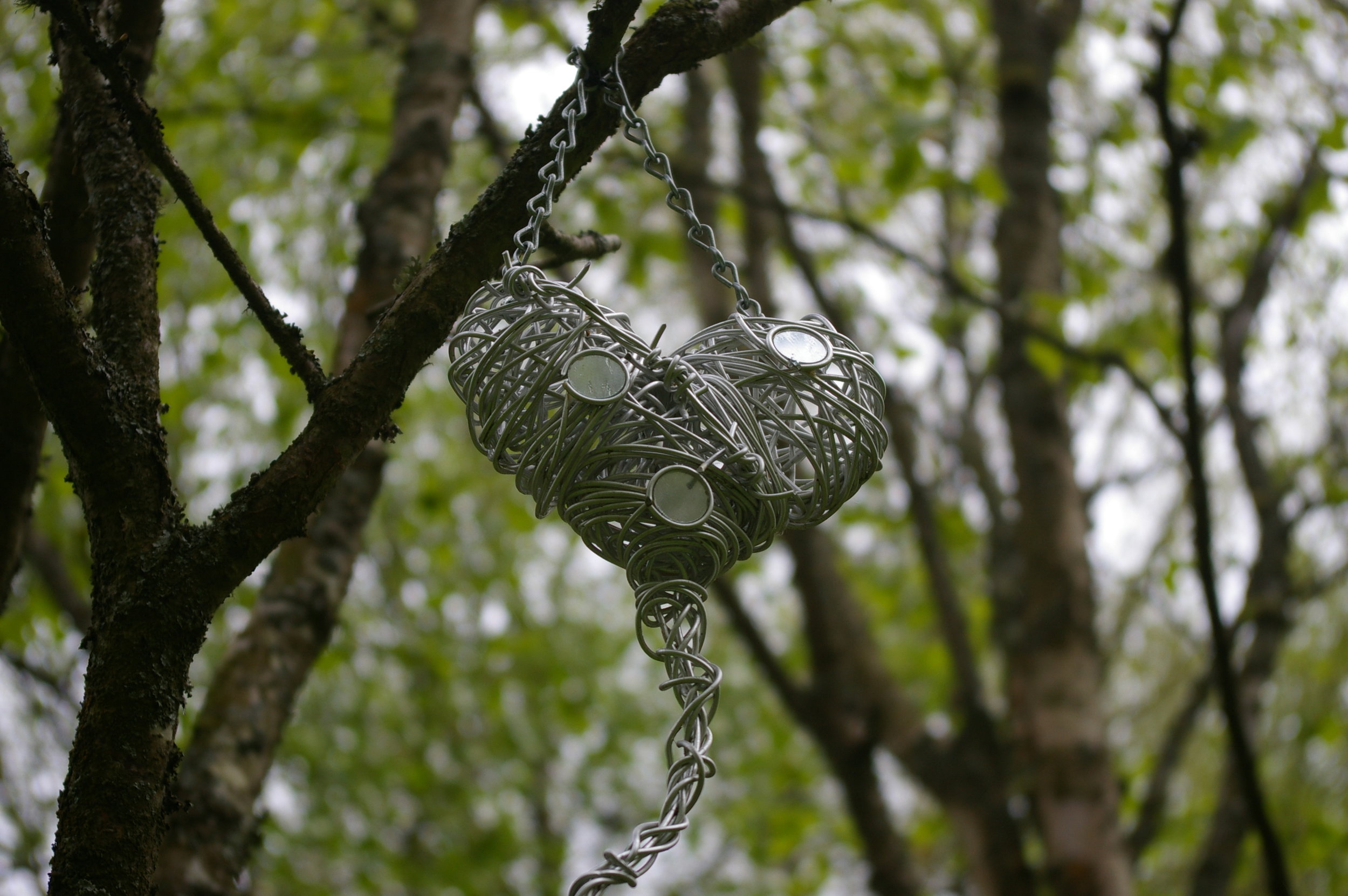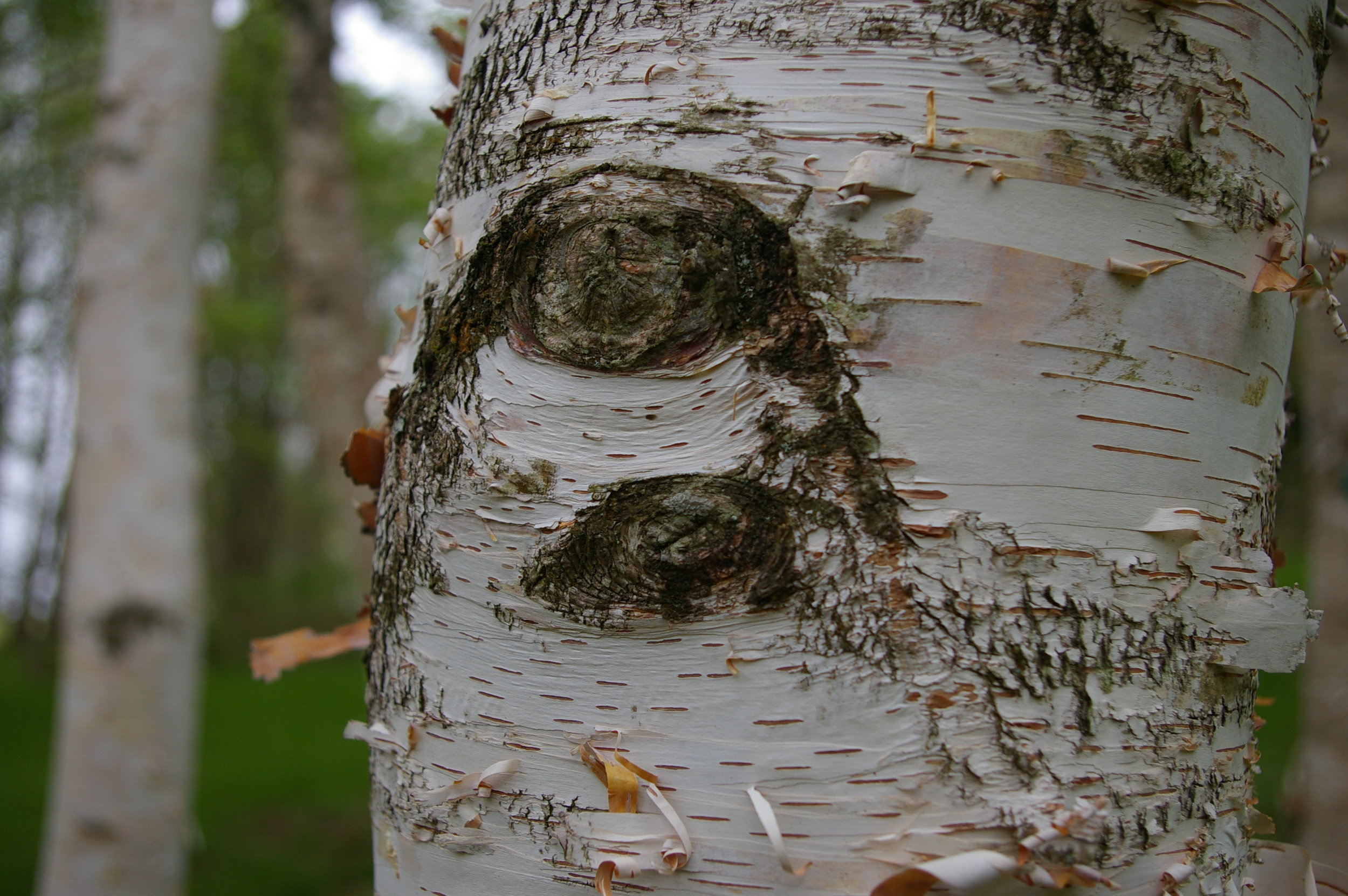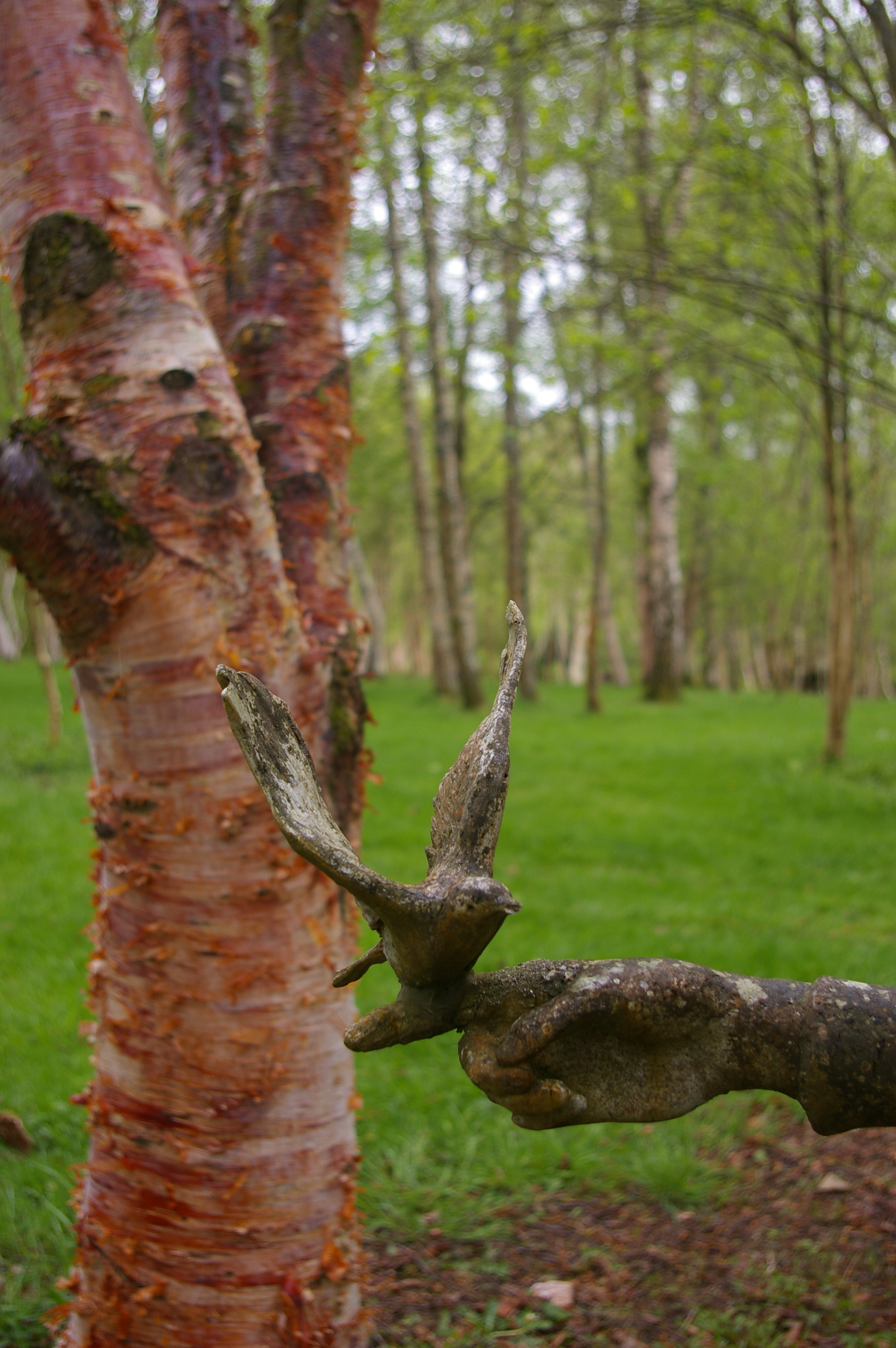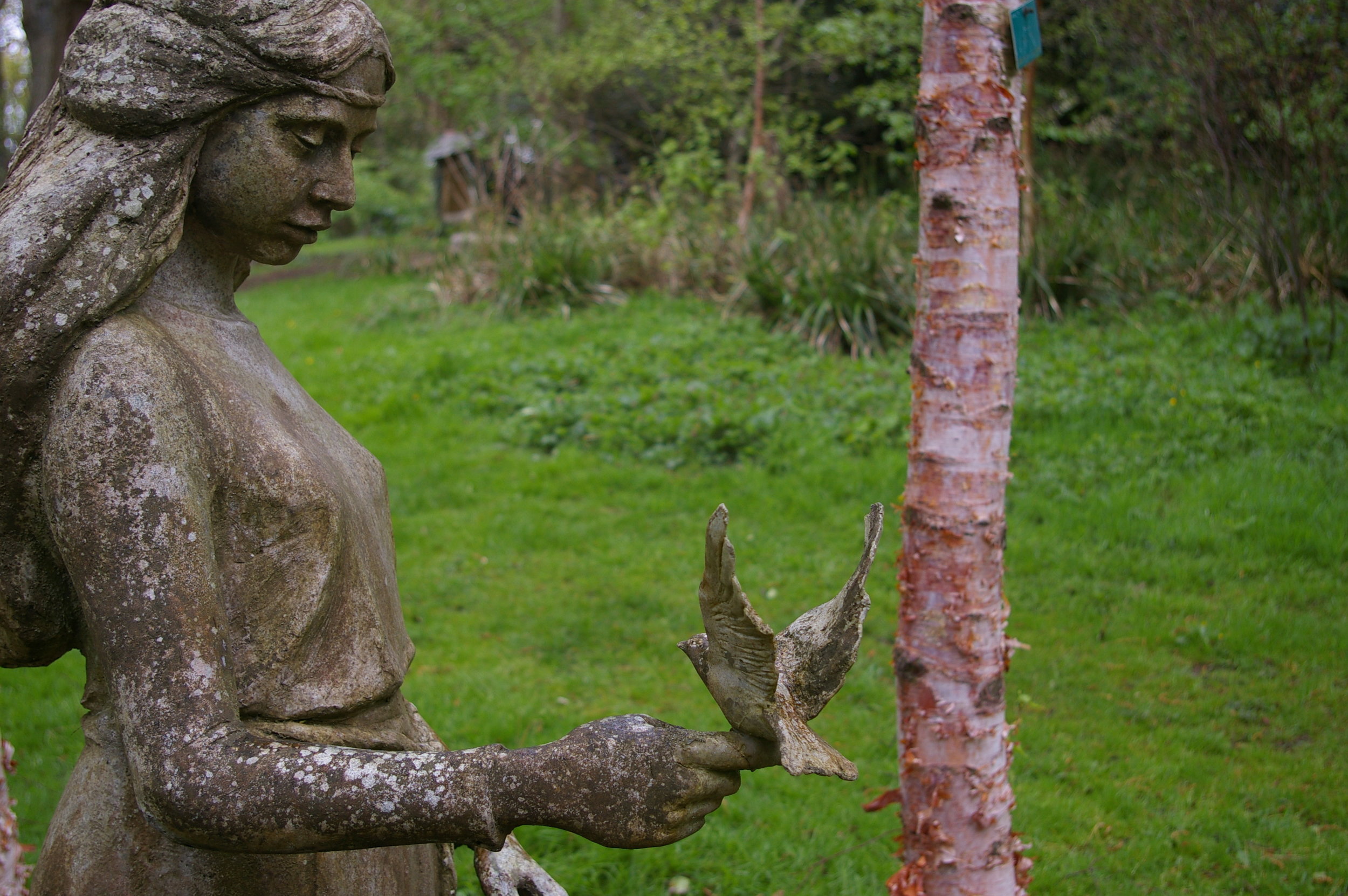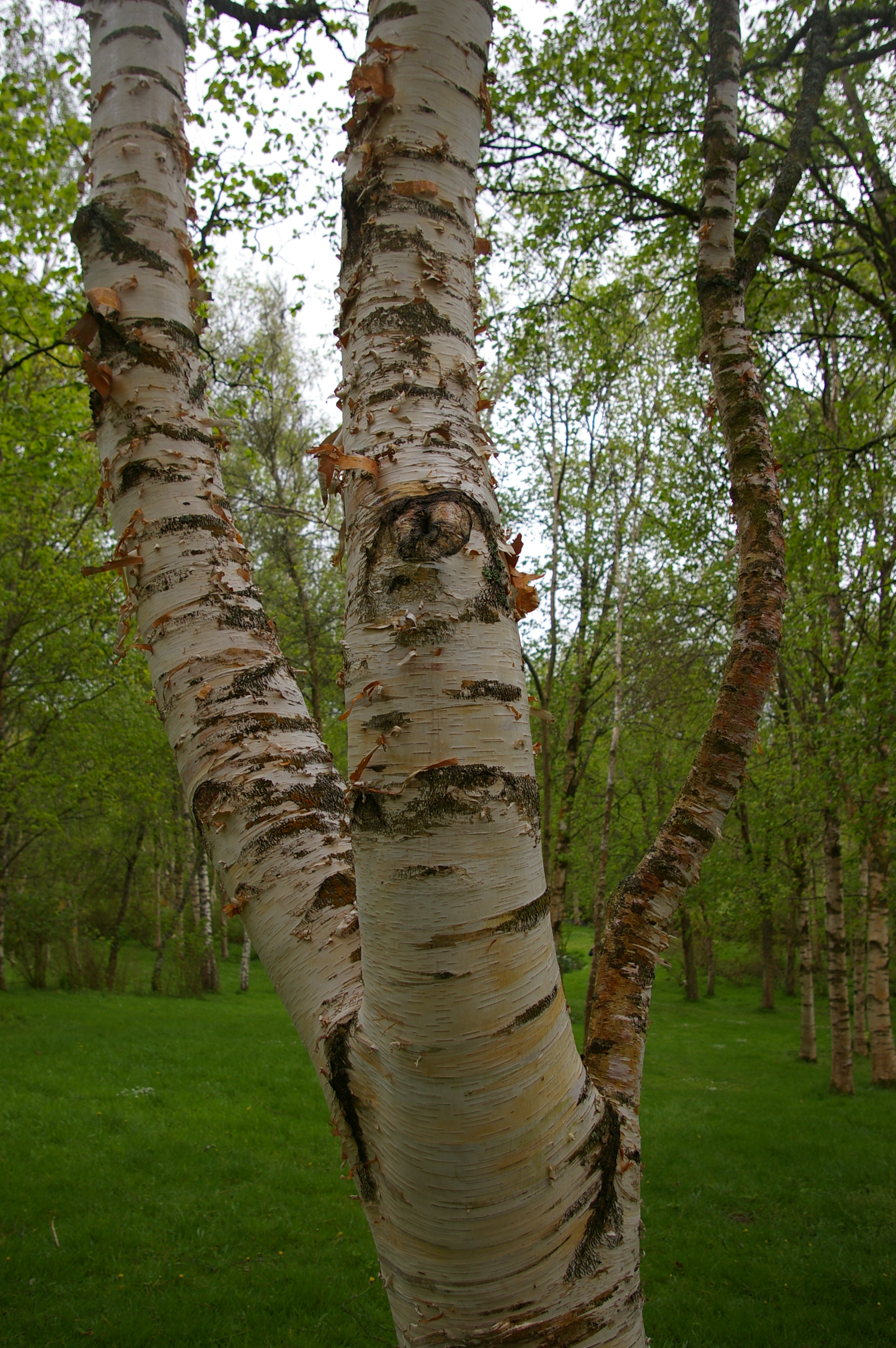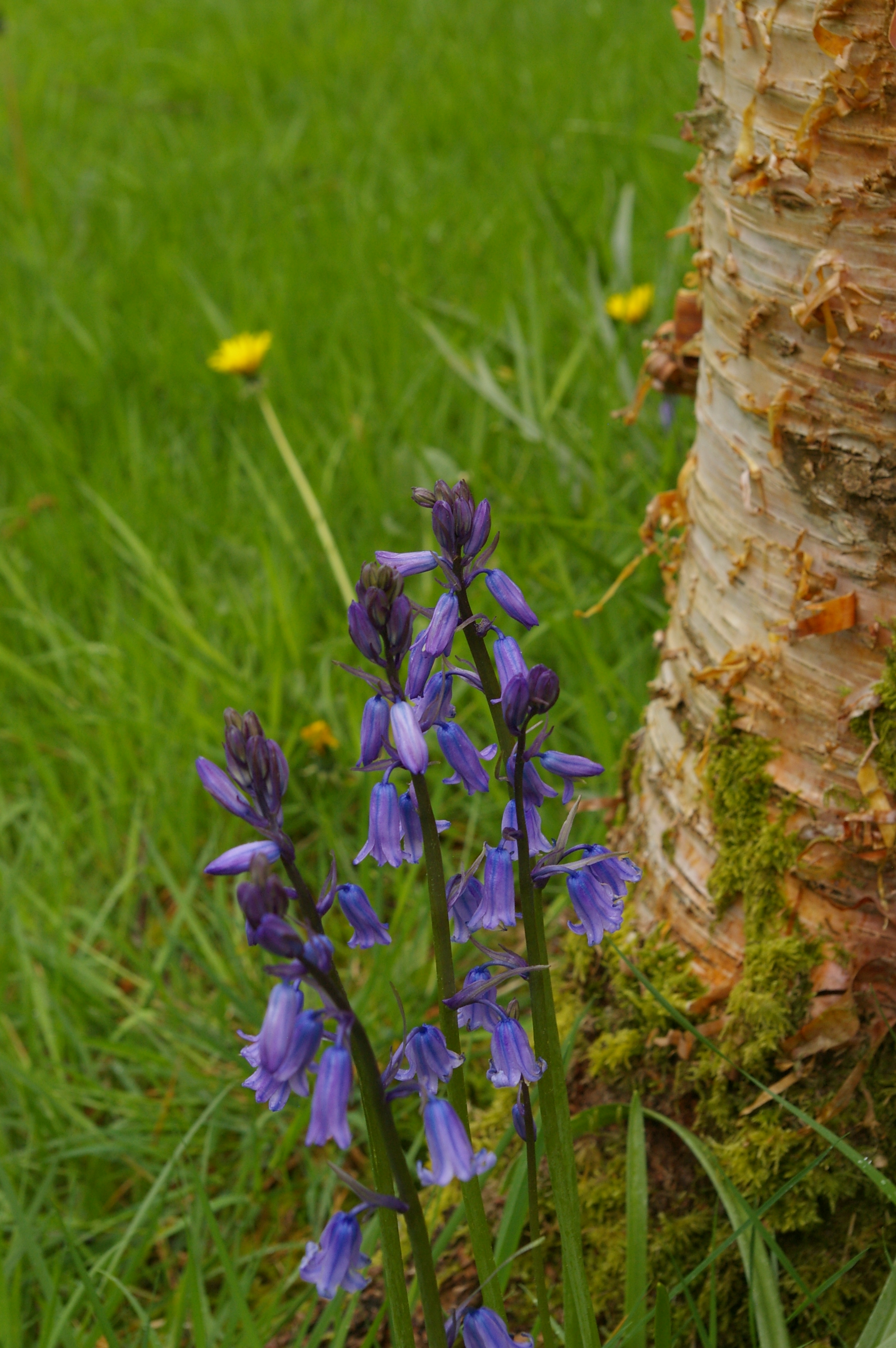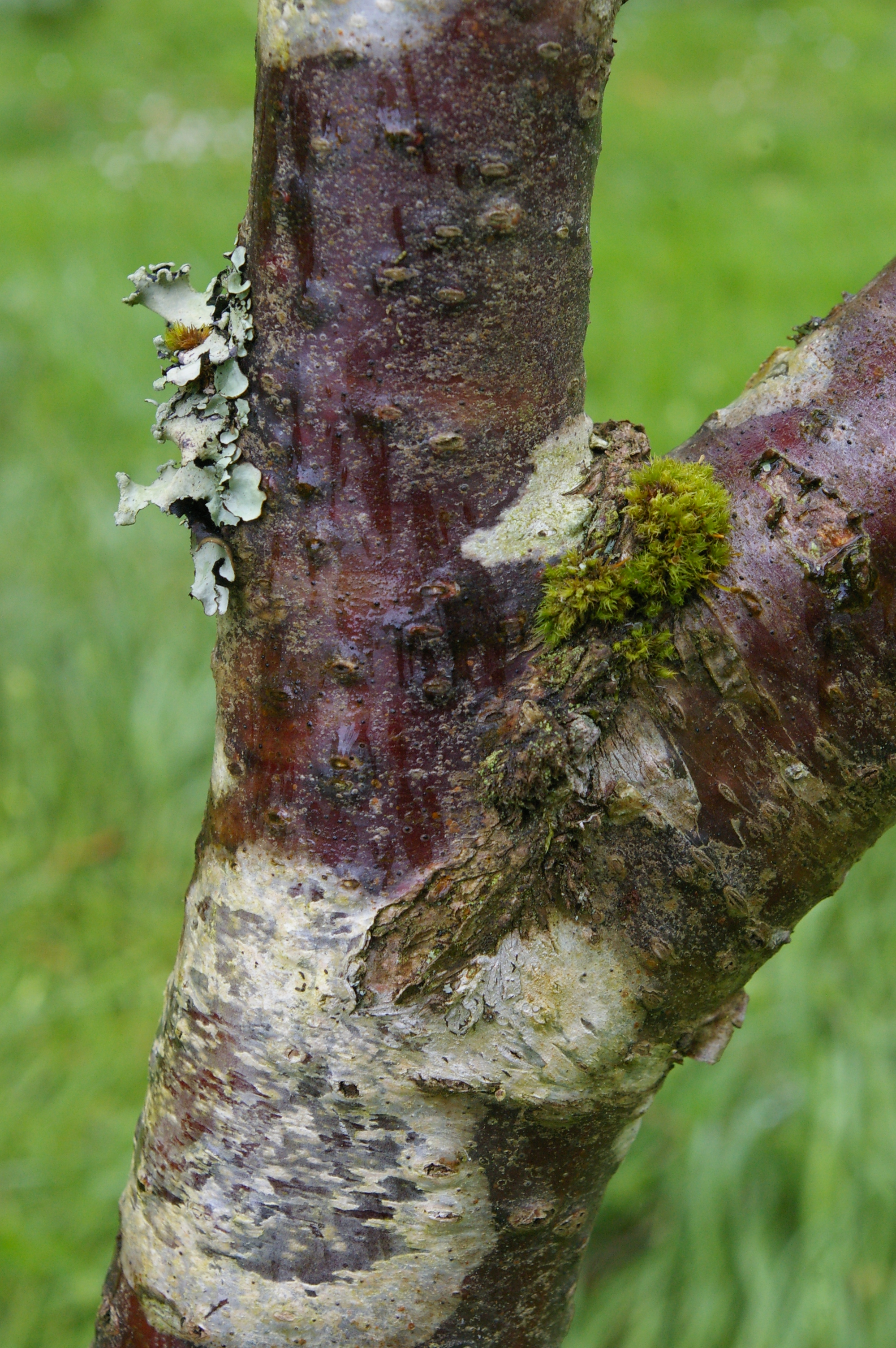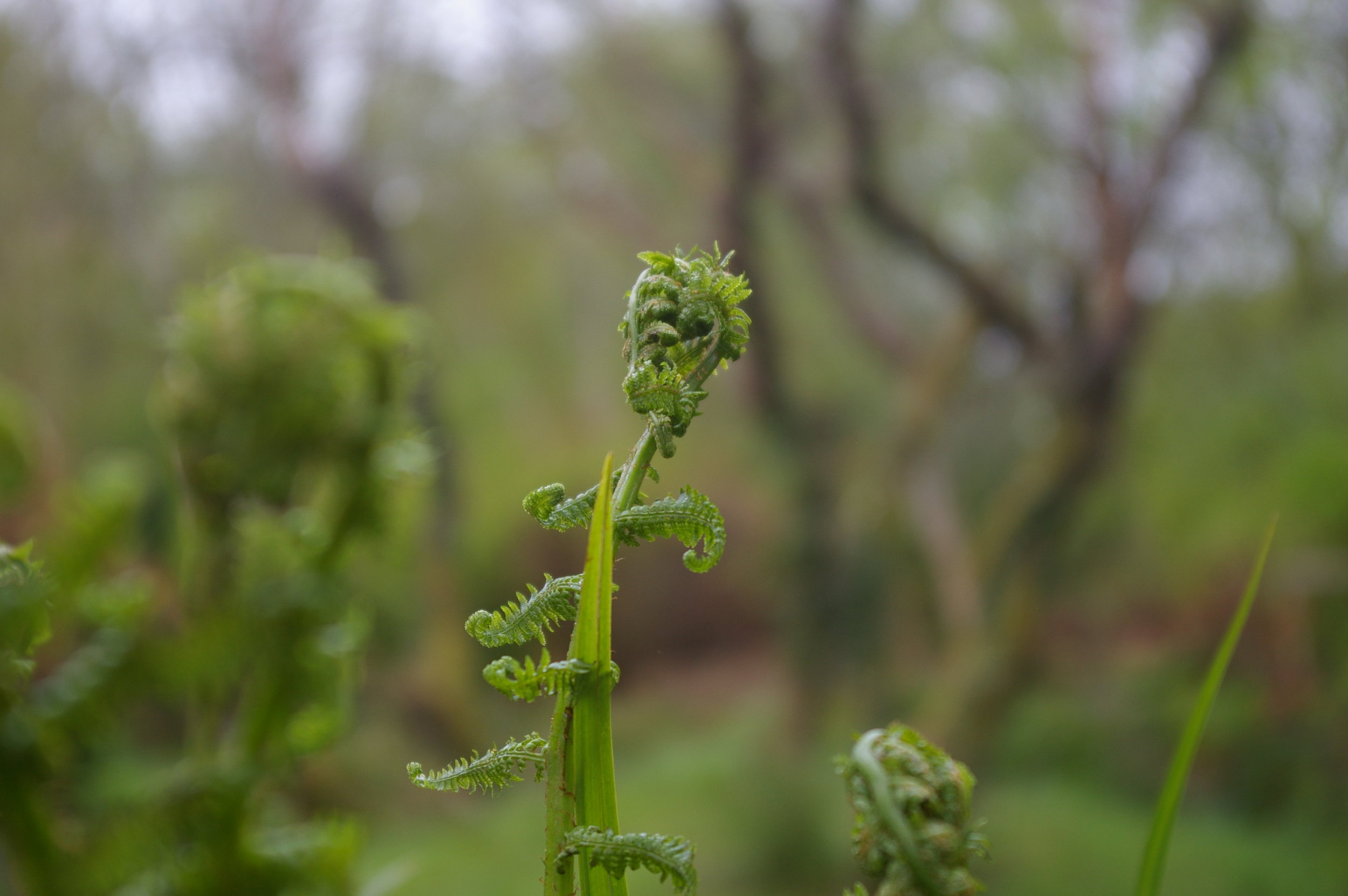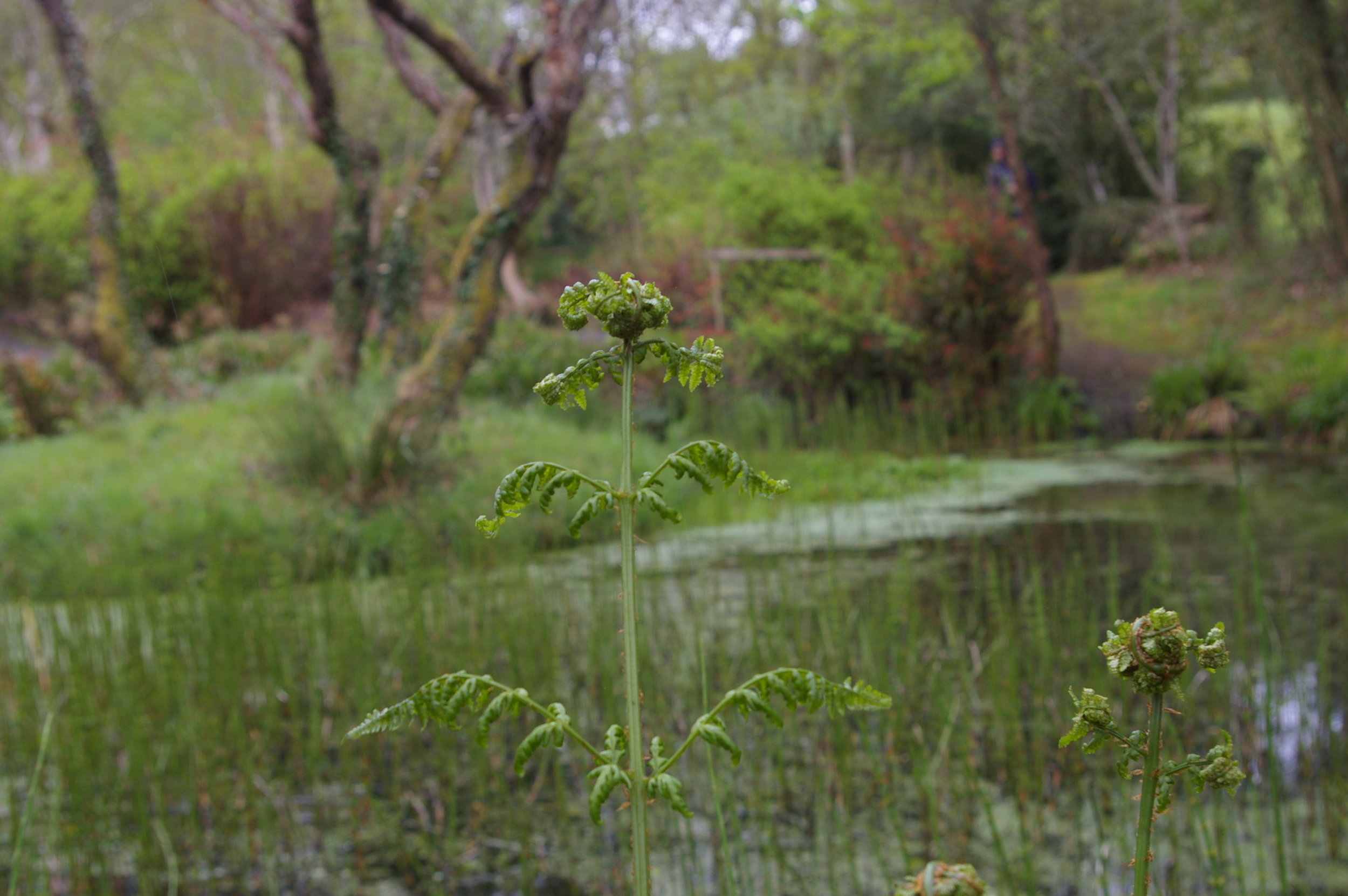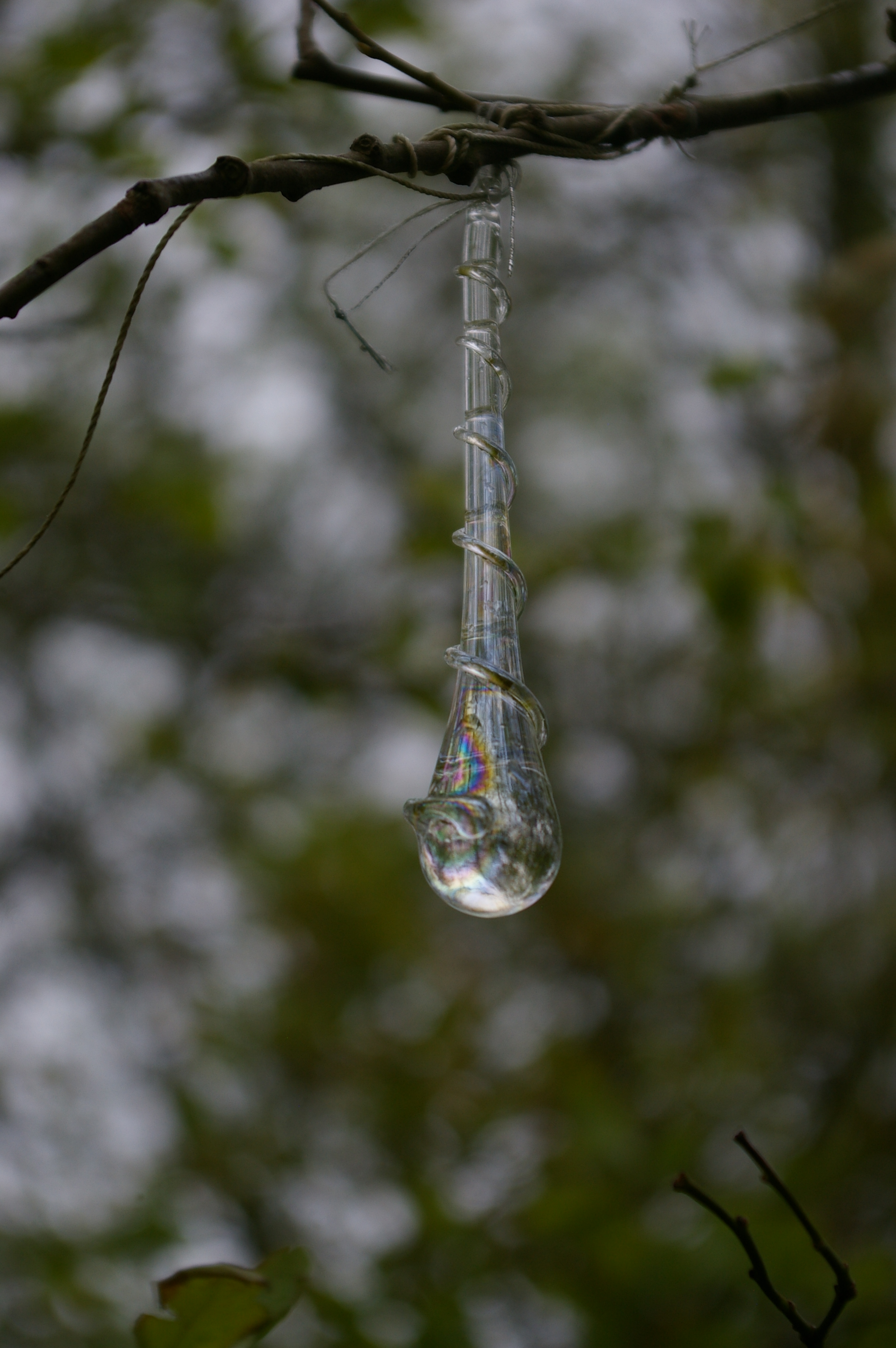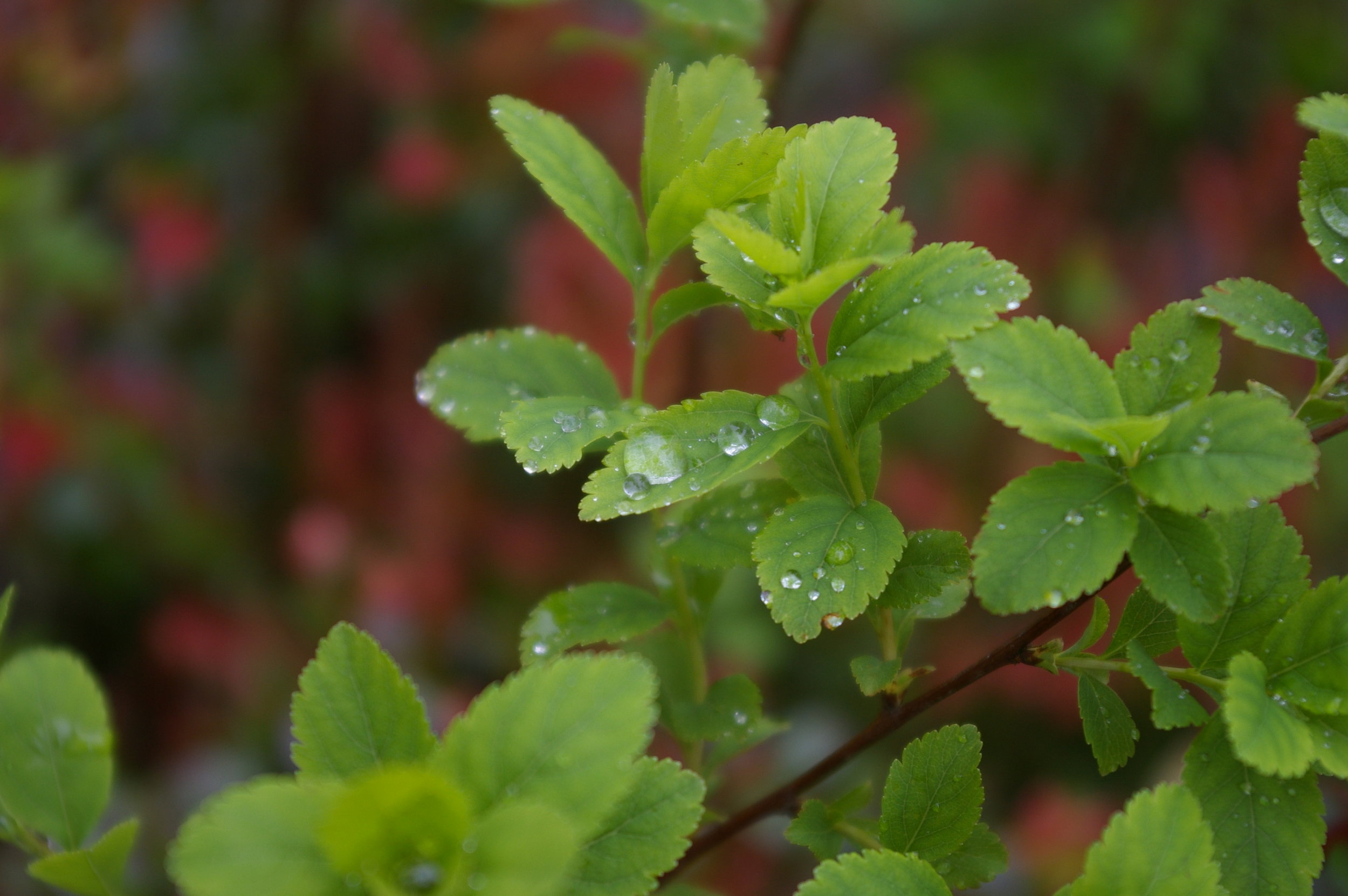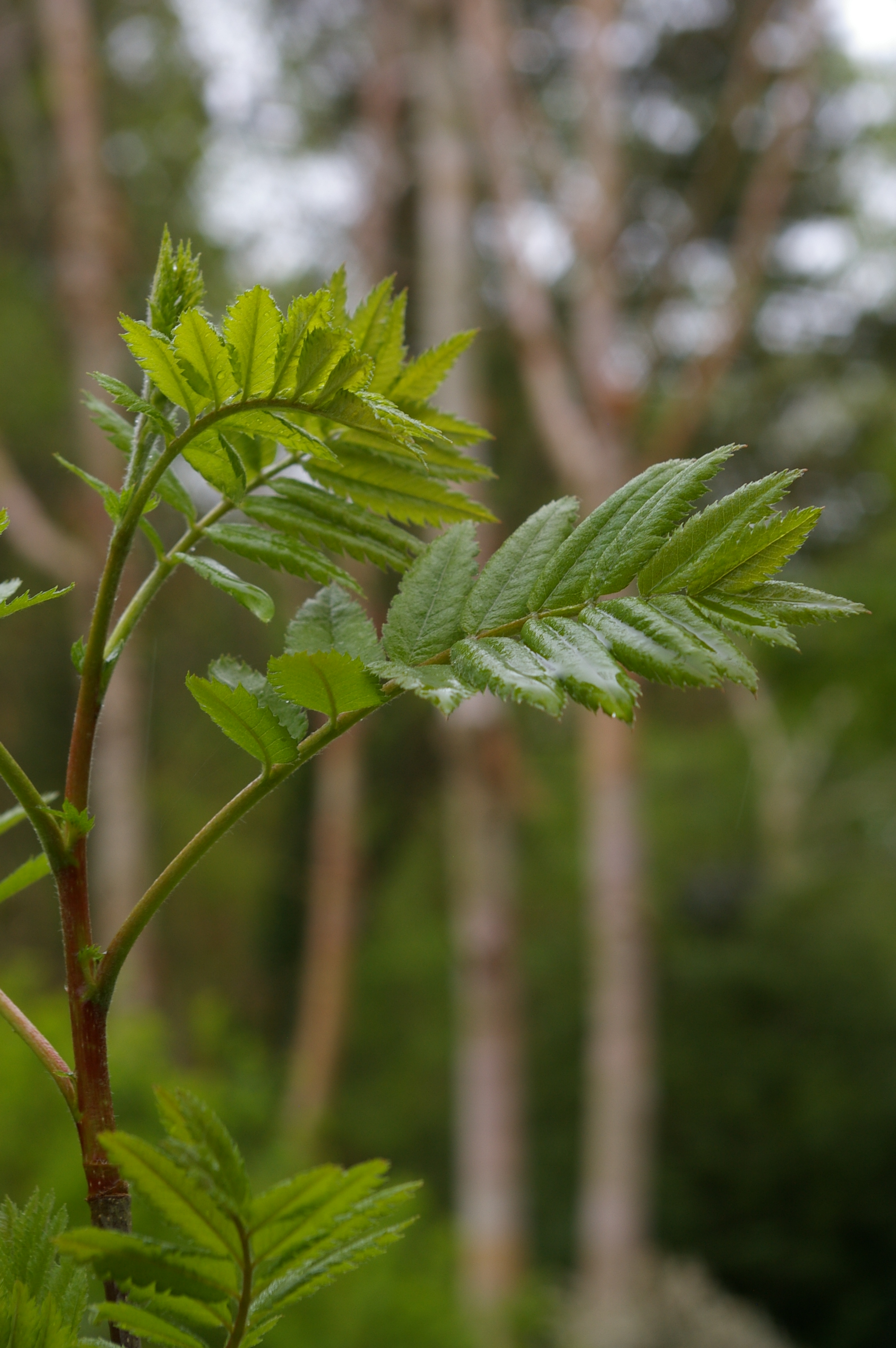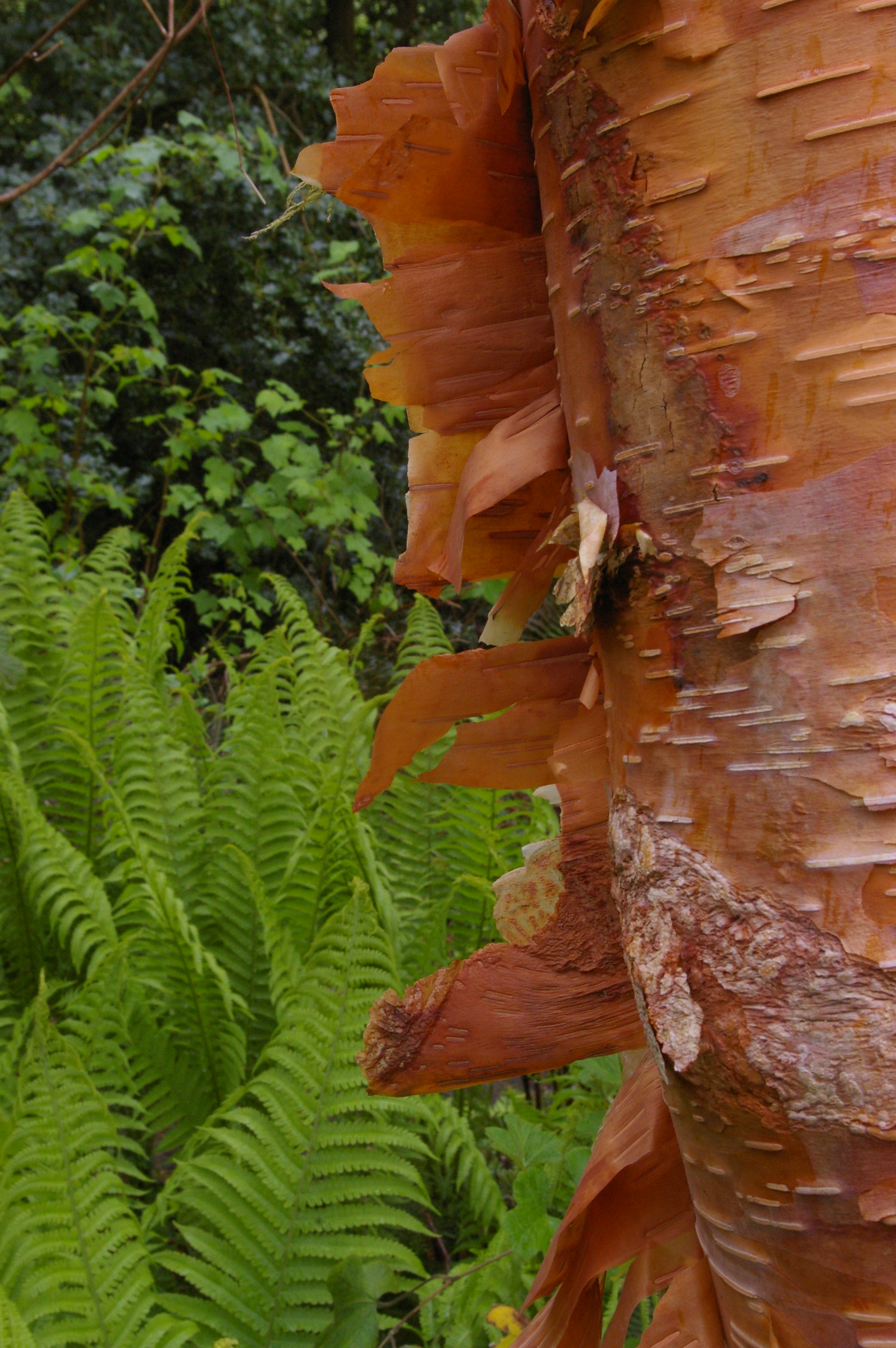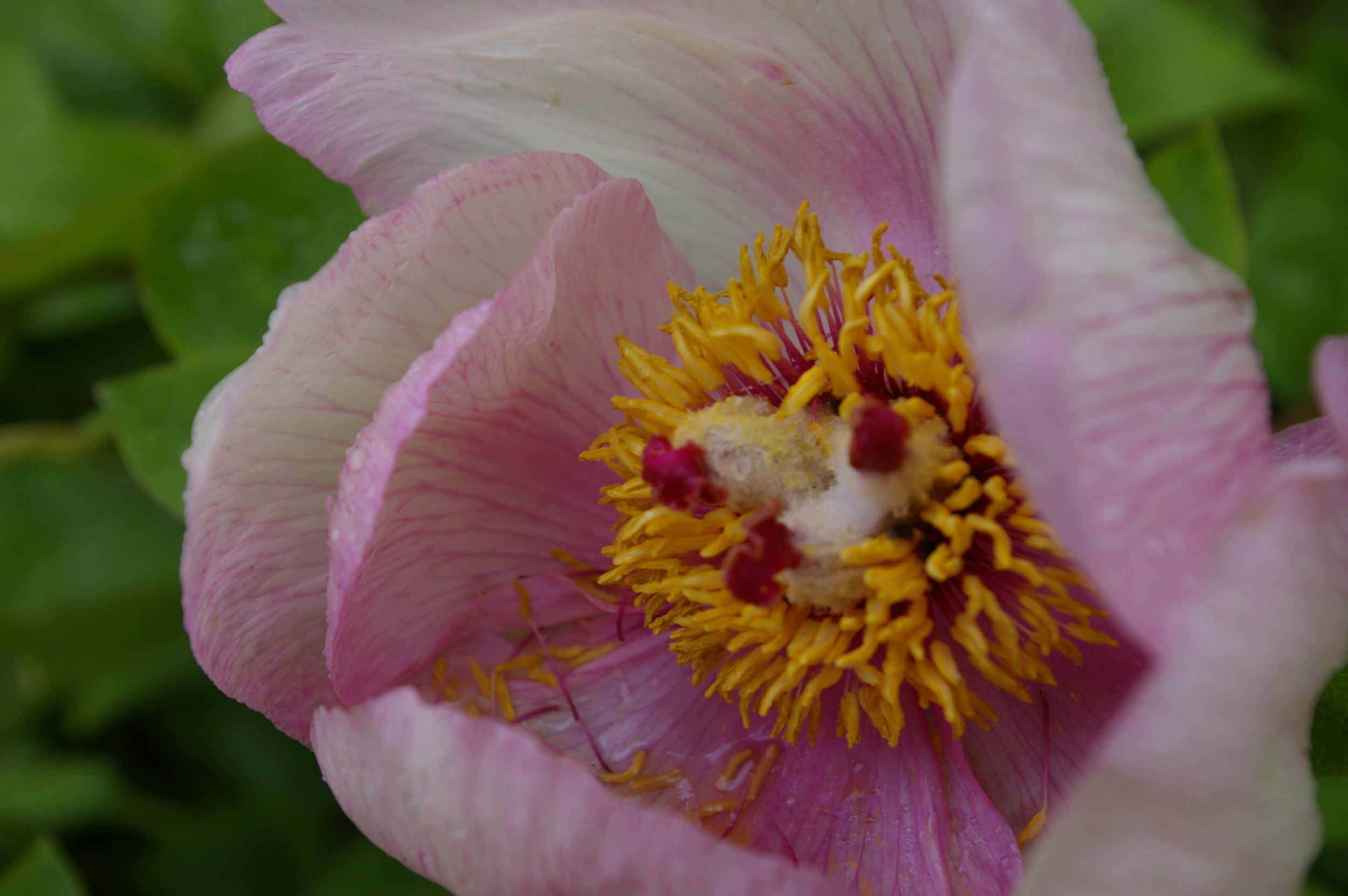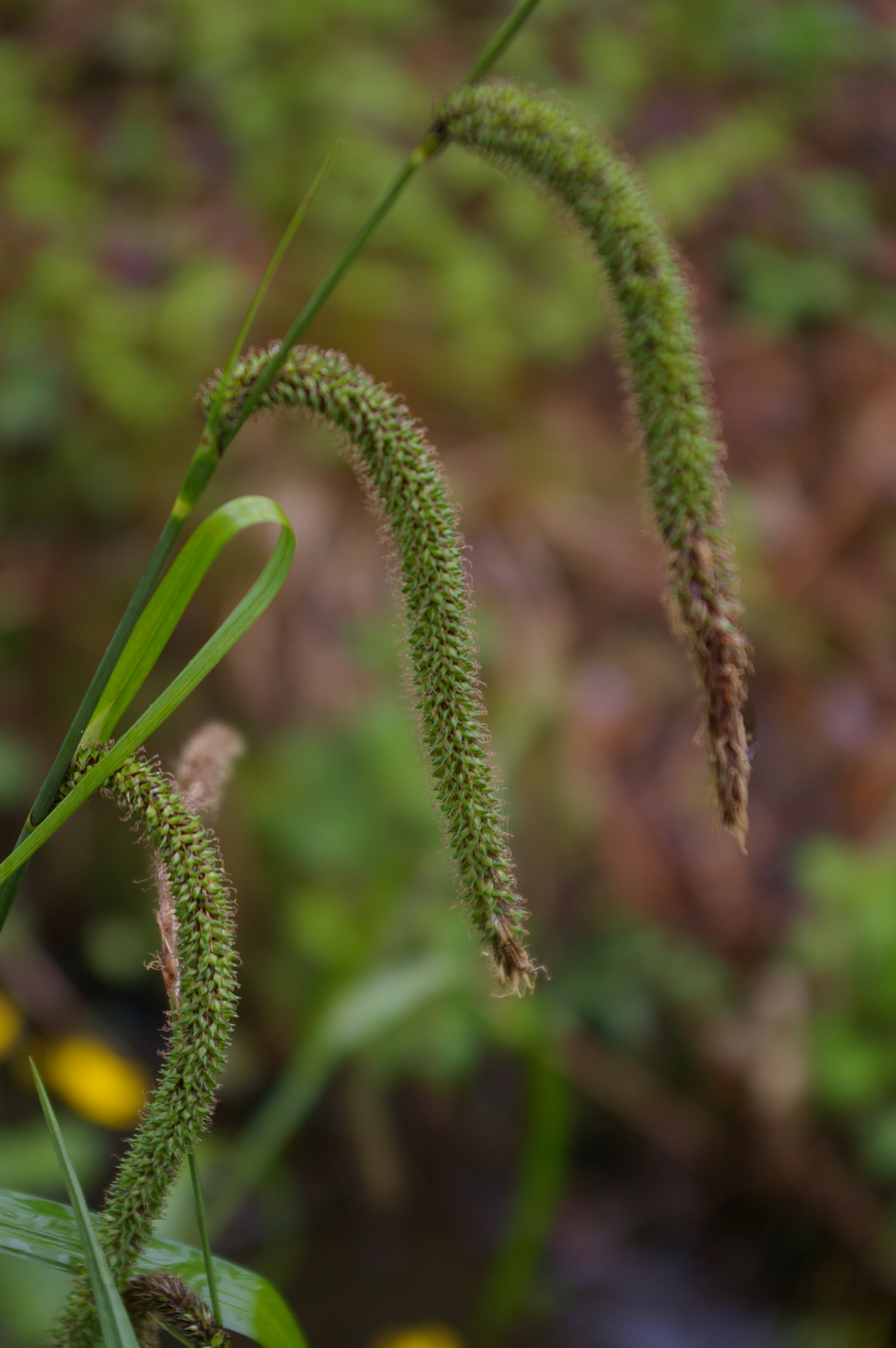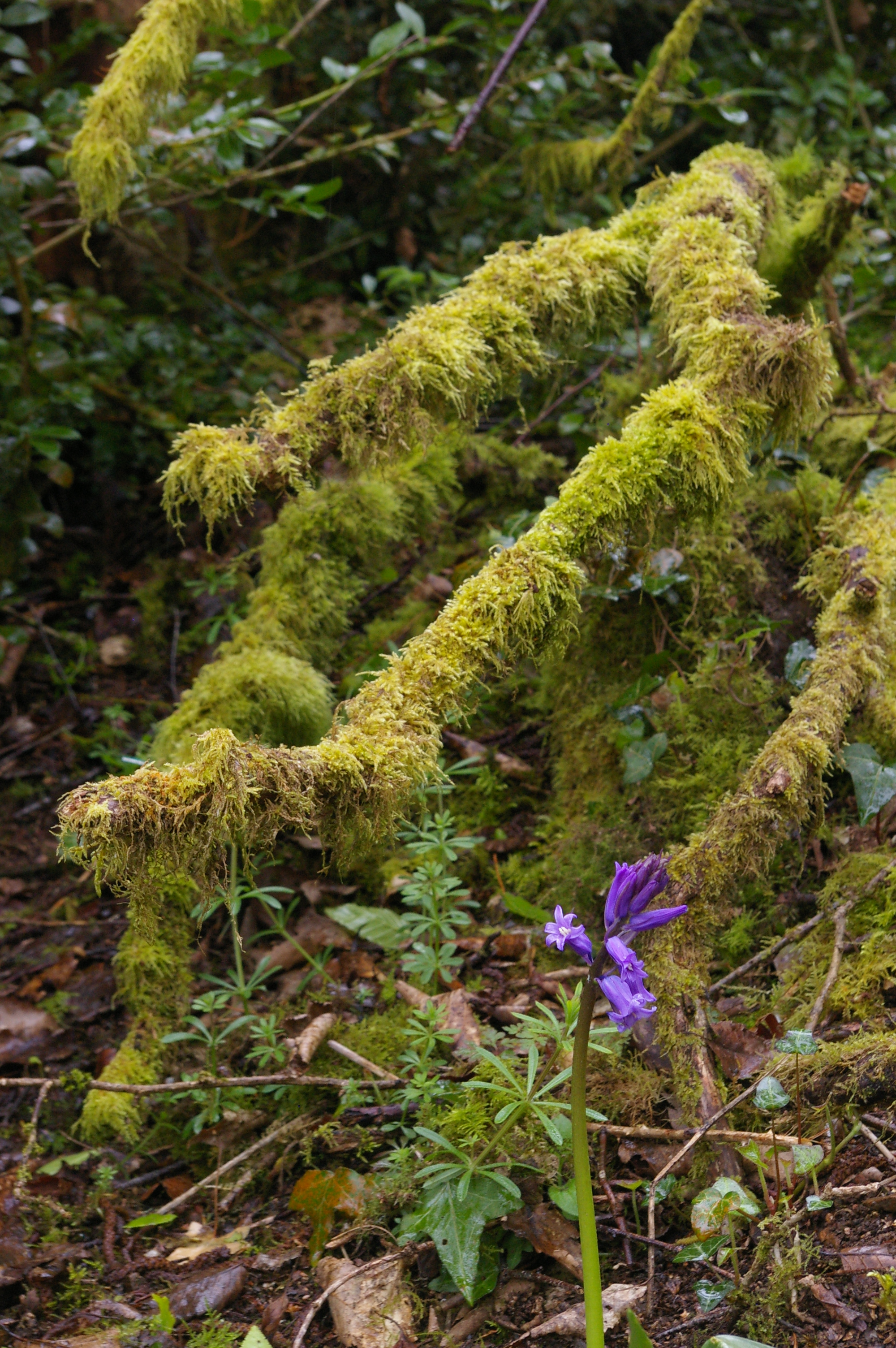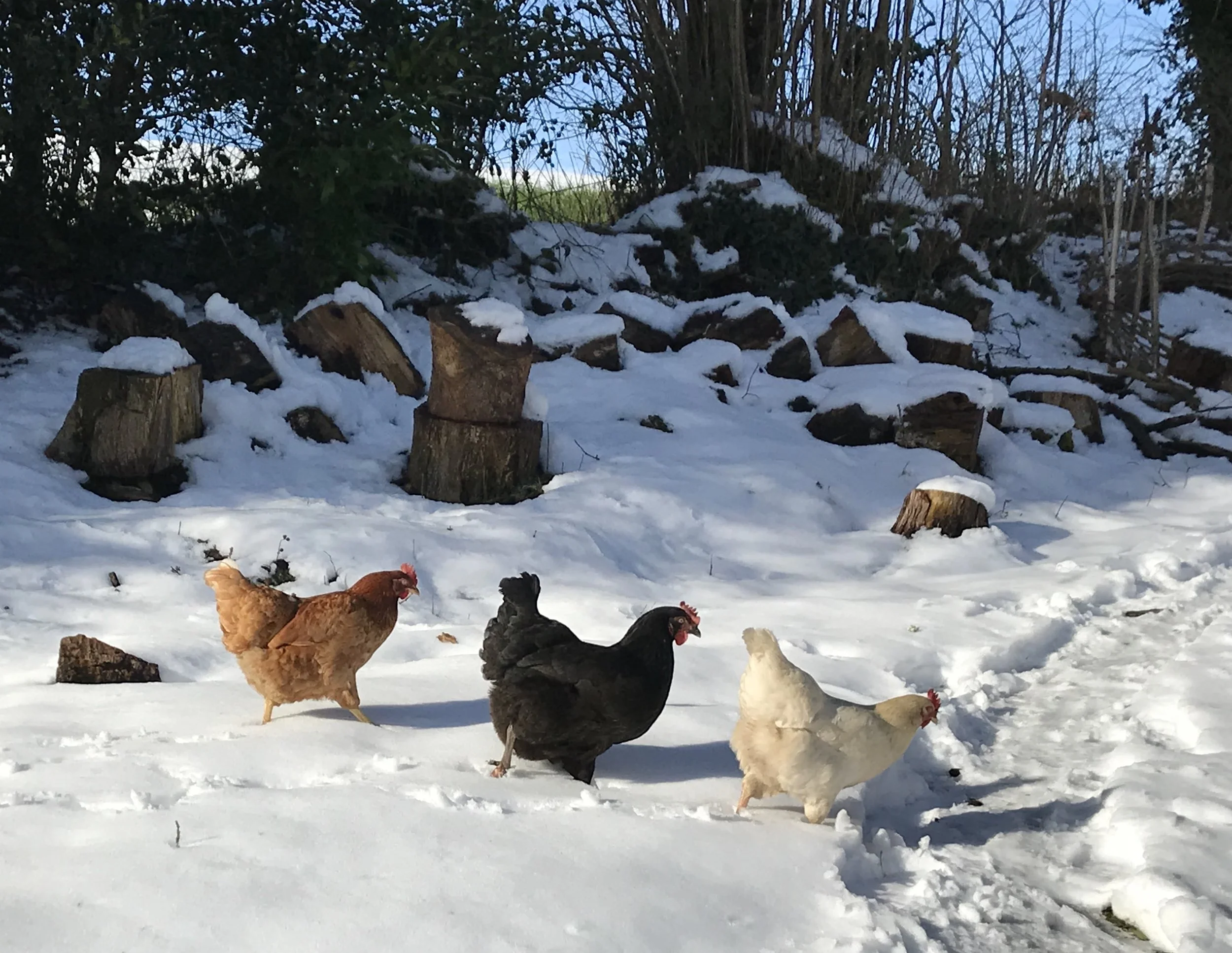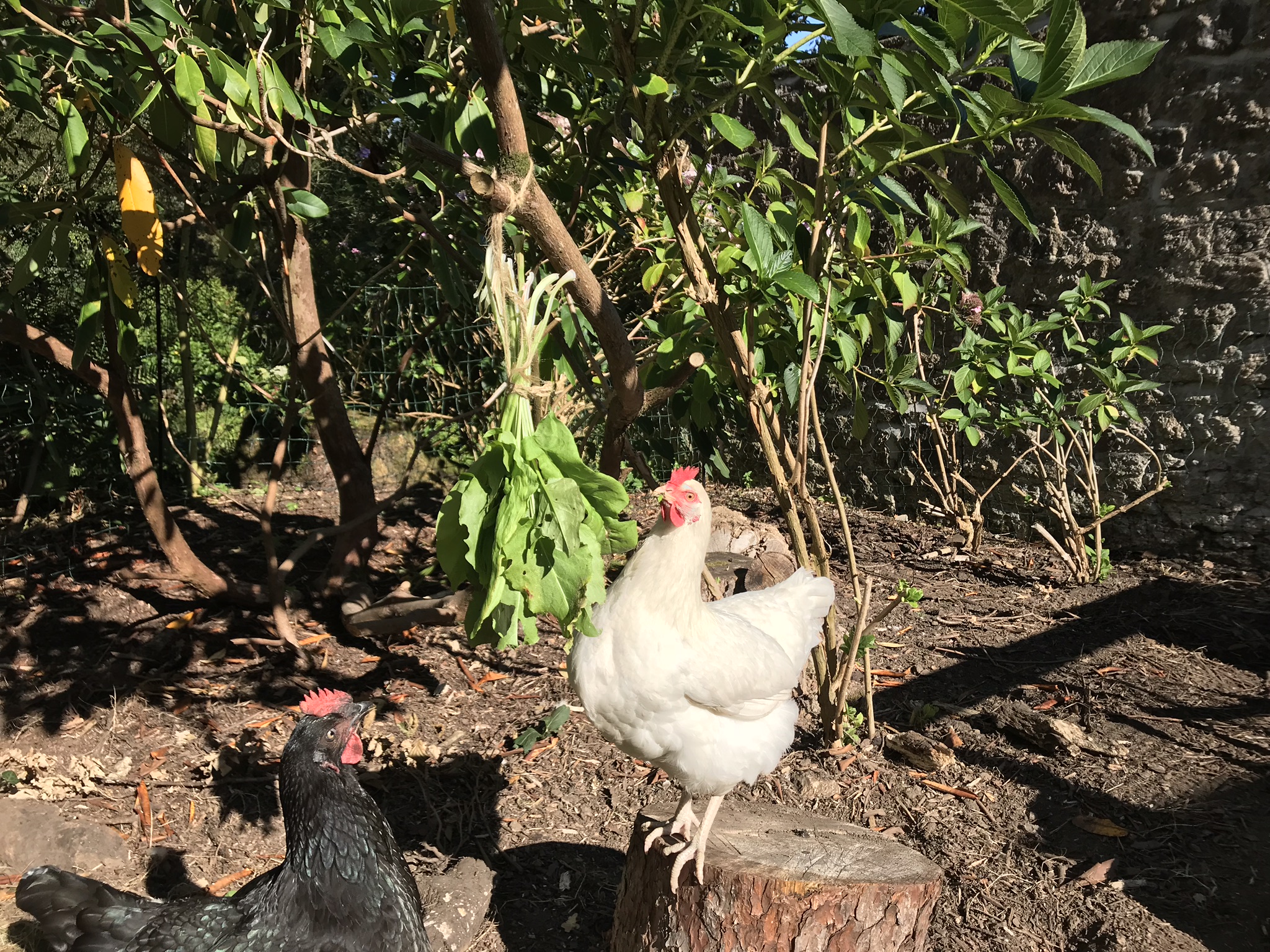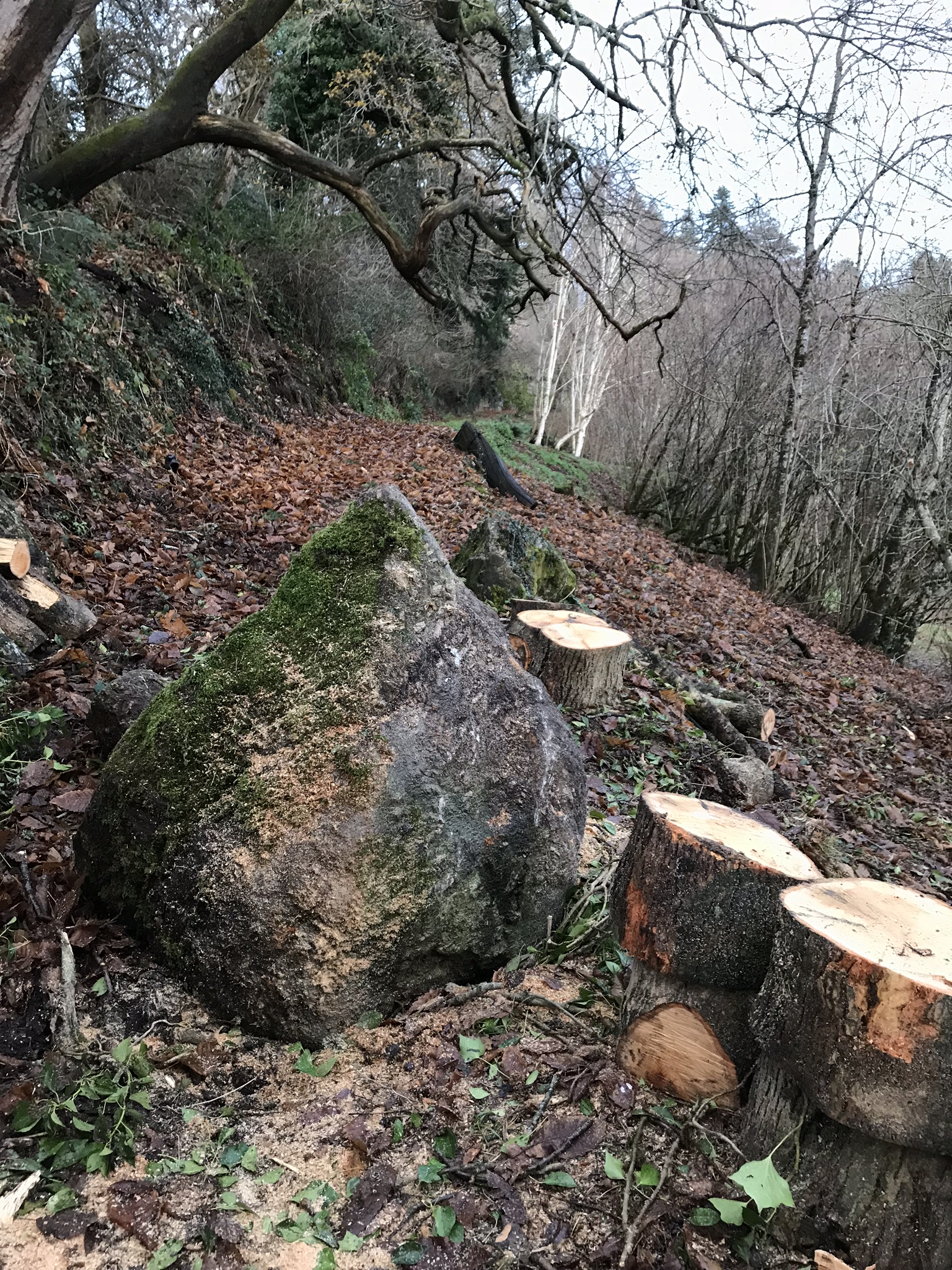As always when I travel, I prefer to be in the right frame of mind, to hear the inner voice which tells me “you’re leaving home, it’s adventure time”. In my previous travels, I enjoyed the apprehension of thinking of the next days or weeks, and trying to imagine my journey. But for this three-week trip to England, I still wasn’t in the right frame of mind the day I left. It might have been the fact that it was only for three weeks, or that France wasn’t so far, but I wasn’t apprehensive. Even if speaking English was still difficult for me, even if I had no plans of where to go (except for one week), it was just a holiday.
Then, I saw the ferry, I heard some British people speak a language which -for sure- wasn’t French and instantly I felt in the right mood. I had some flashbacks to South America, hitch-hiking, the constant flow of new people to meet, of new opportunities. Freedom. That was it, nothing more, nothing less. The first week went exactly as I had expected, waiting on the side of the road to meet new people every hour, going to a new city every day. Fast and new, I liked this start.
As this first week in the UK was ending, my journey took me to the Dartmoor National Park. If the parts of Devon and Cornwall I had visited were very similar to Brittany, Dartmoor was a clear shift. More wild and rural, crisscrossed by tiny roads and scattered with little towns and villages. With a low ratio of cars per hour and a high ratio of old people per car, it was clearly the countryside. As the rain seemed determined to follow me wherever I went, I decided to take a bus to Chagford, but I finished my journey to Murchington accompanied by a biblical deluge which transformed St Olaves -Jane and Jon’s house- into a dry and warm heaven for the rest of the day, and indeed, for the whole of my stay.
The days I spent in Murchington -around 12 I think- allowed me to do something I can’t do often; work without having to think and concentrate too much. The stay just became a sweet succession of days of weeding, pruning and feeding hens. Days passing one after each other with the sensation of good work, of exhaustion too, but healthy exhaustion, the kind which makes you feel you’re going to sleep like a baby. I felt no need to hurry, or to leave, just to take each day as it came, fires at night, cooking, summer rains and British winds. For sure it was a good time.
Nils stayed with us and helped on the land together with ‘Woofer’ Phillipe, and ‘Workaways’ Fran and Andy in August 2019. He is the grandson of a couple who met a good friend and ex-colleague of mine when he was walking through France a few years ago.




